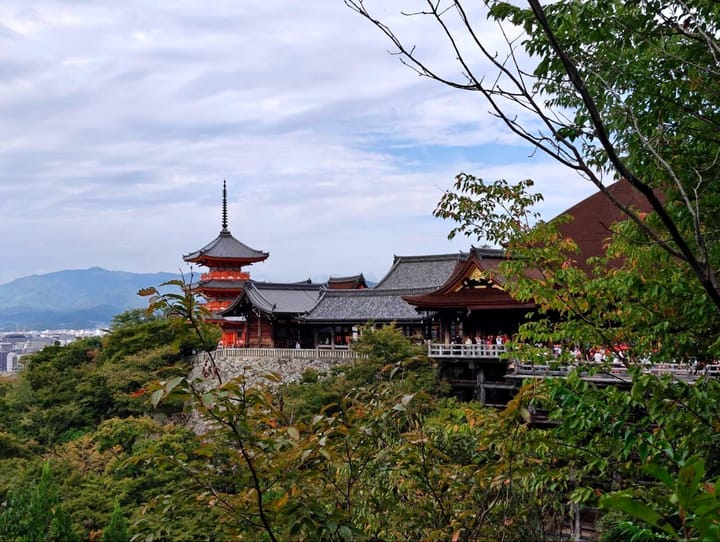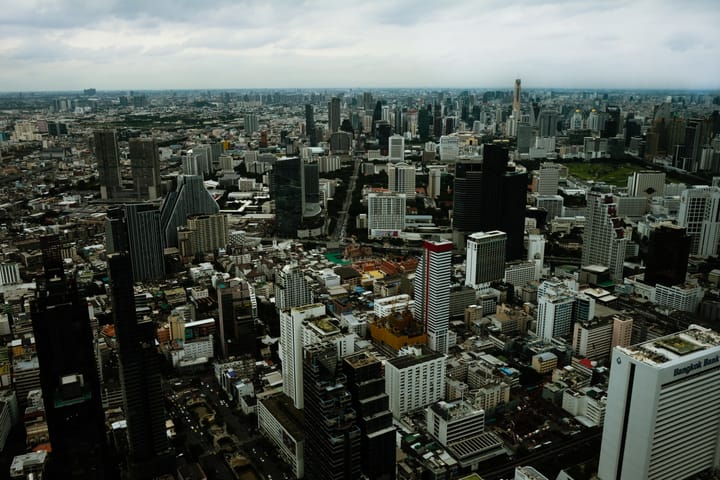Trip review of Chengdu: Do not miss the day trip gems outside the city
Chengdu is worth visiting for the wide spectrum of experiences that the city offers. But to us, the allure definitely lies in the close proximity of the city to amazing UNESCO world heritage sites.
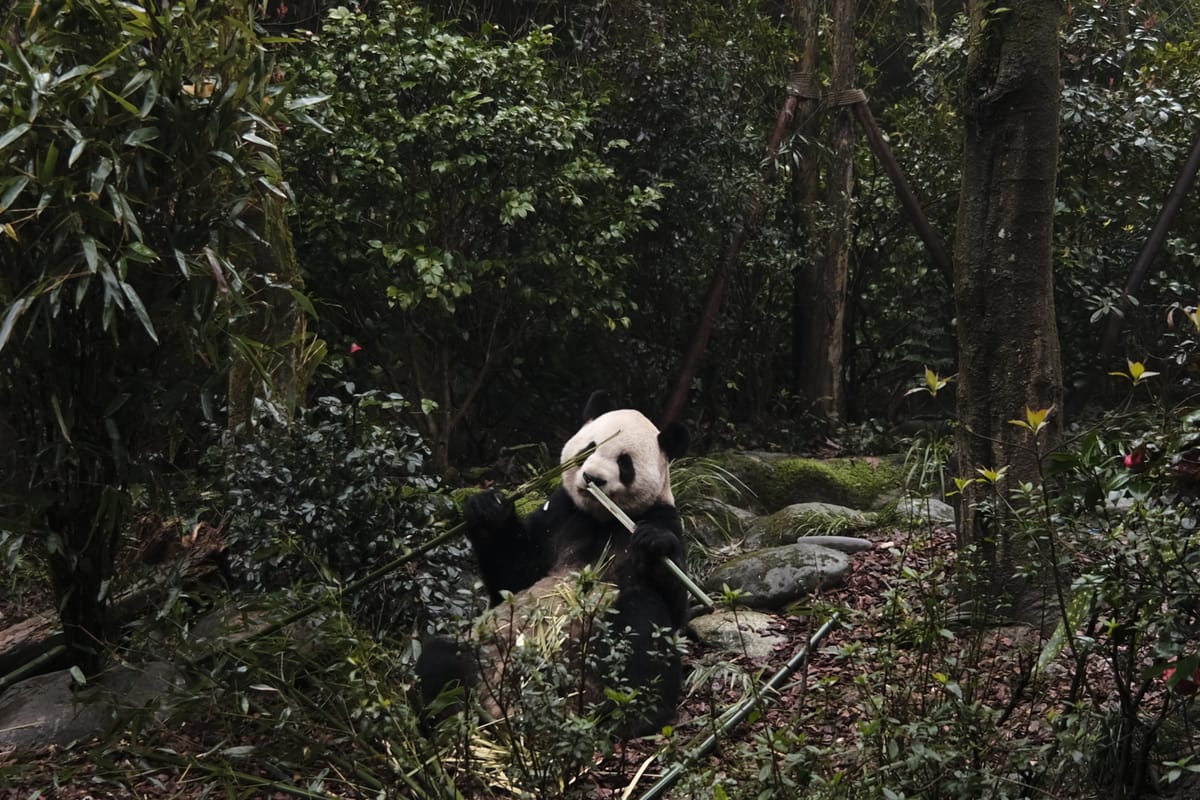
This trip was completed in March 2025.
Being home to world-renowned national icons (namely panda and mala hotpot) is probably why Chengdu has always been a popular city to visit in China. Apart from checking these off the list, we were also excited to delve into the lesser-known scenic tours outside the city. However, even before we arrived in the city, Chengdu's newer Tianfu Airport surprised us positively.
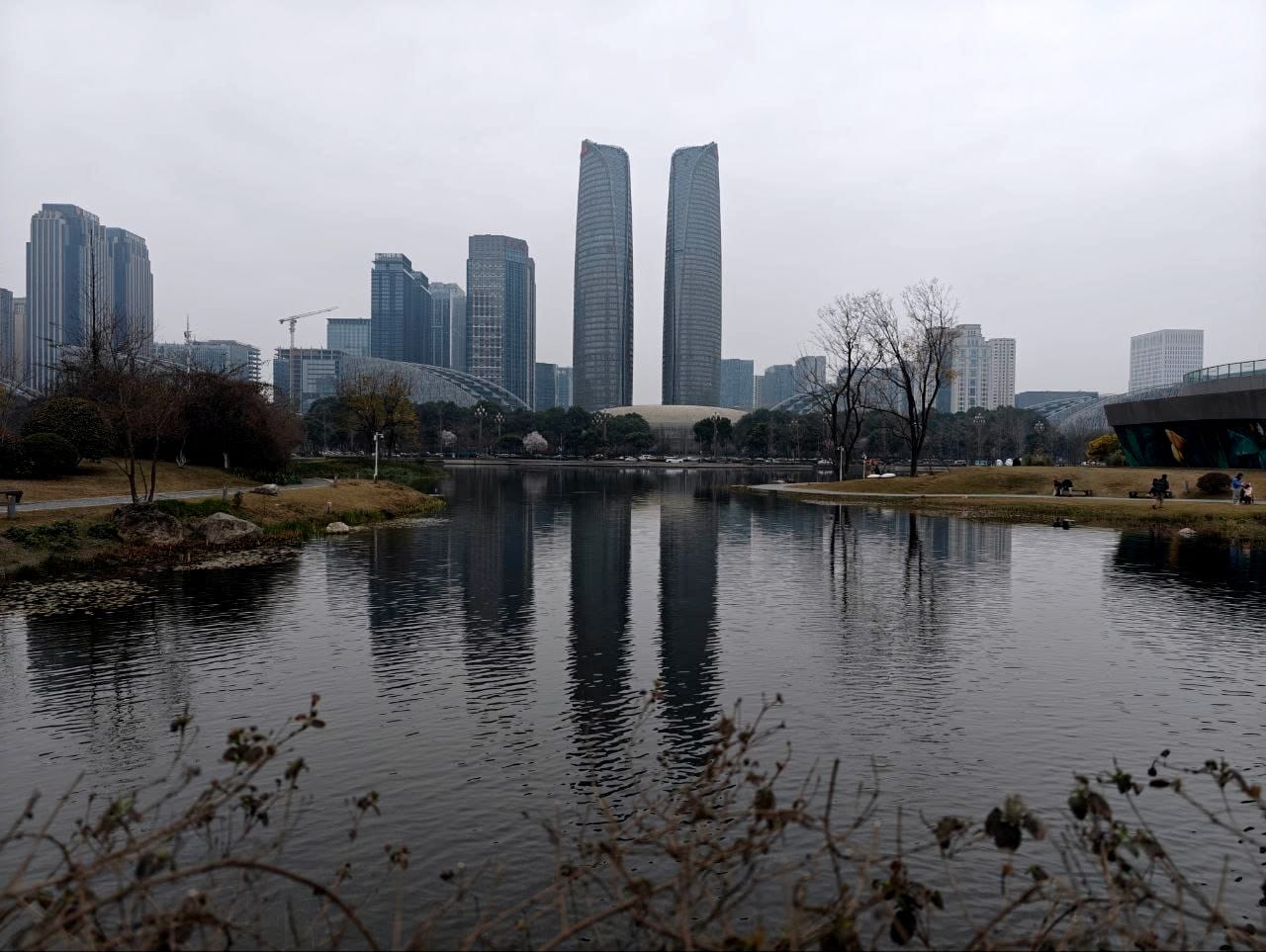
Transportation: Chengdu Tianfu International Airport
Rating 8.3/10
Although it is farther from the city than Shuangliu Airport, the cleanliness and efficiency of Tianfu Airport rivals that of other top-tier cities both within China and also globally. There is also no lack of transportation options into the city center. Our ride into the city was hailed via Didi, China’s ride-hailing app. Having a dedicated carpark area cordoned off to facilitate these rides made it very orderly to depart from the airport.
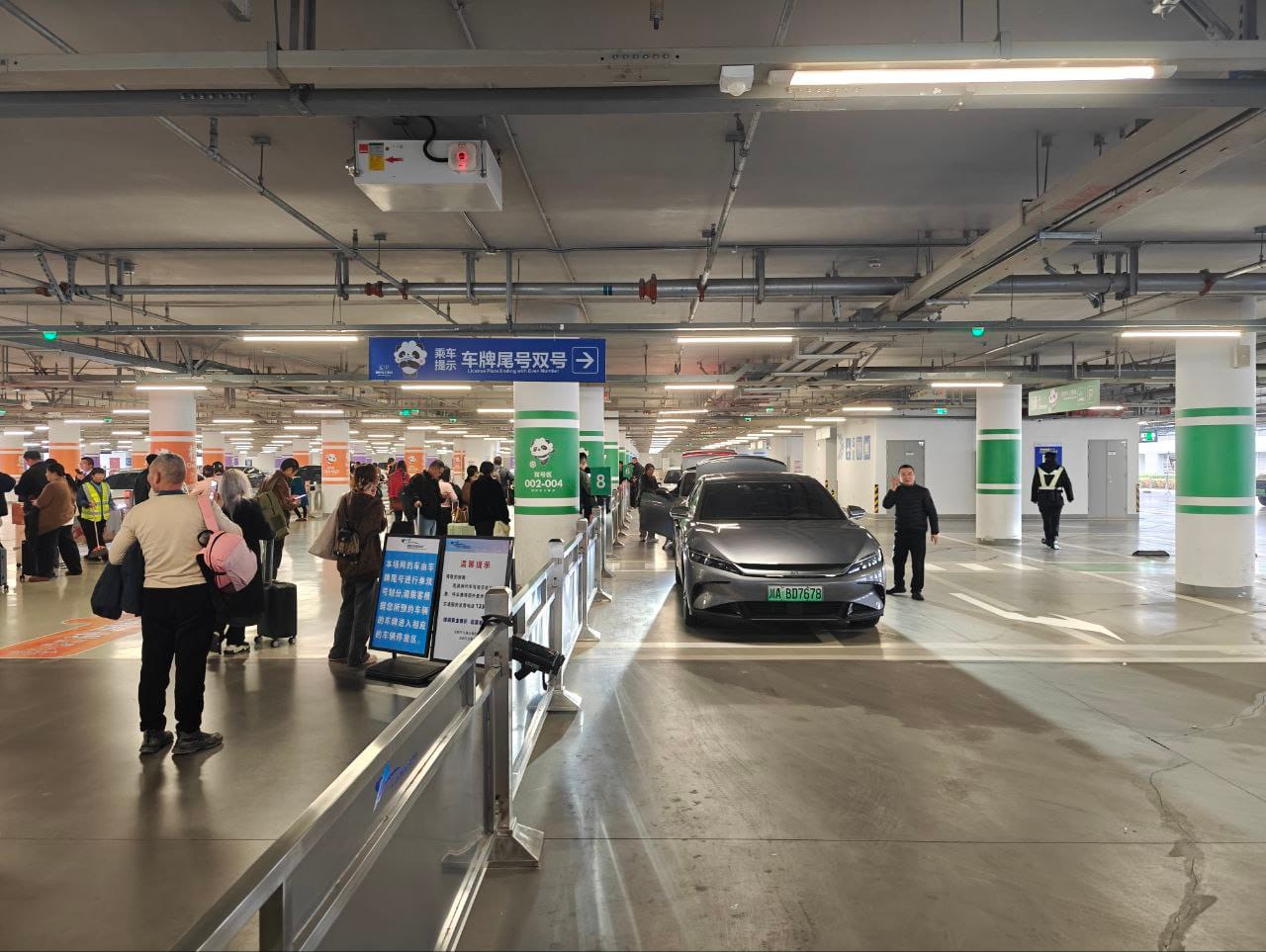
Other airports we visited in Beijing, Shanghai and Nanjing have a certain level of touting from private taxi operators near the arrival halls but Tianfu Airport effectively clamped down on these activities.

Other transportation options are also easy to get to via clear signages located within the airport. Due to some traffic congestion, our ride took close to 1.5 hours to arrive at city center. That being said, the airport experience from landing to arriving at our hotel in the city was one of the more stress-free ones we have had.
Accommodation: The Ritz-Carlton, Chengdu
Rating 8.0/10
For our accommodation in the city center, near the busy Chunxi Road, we stayed at The Ritz-Carlton. At check-in, we were greeted with the consistent warm hospitality of the brand, including a quick introduction to the different tourist attractions in the area.
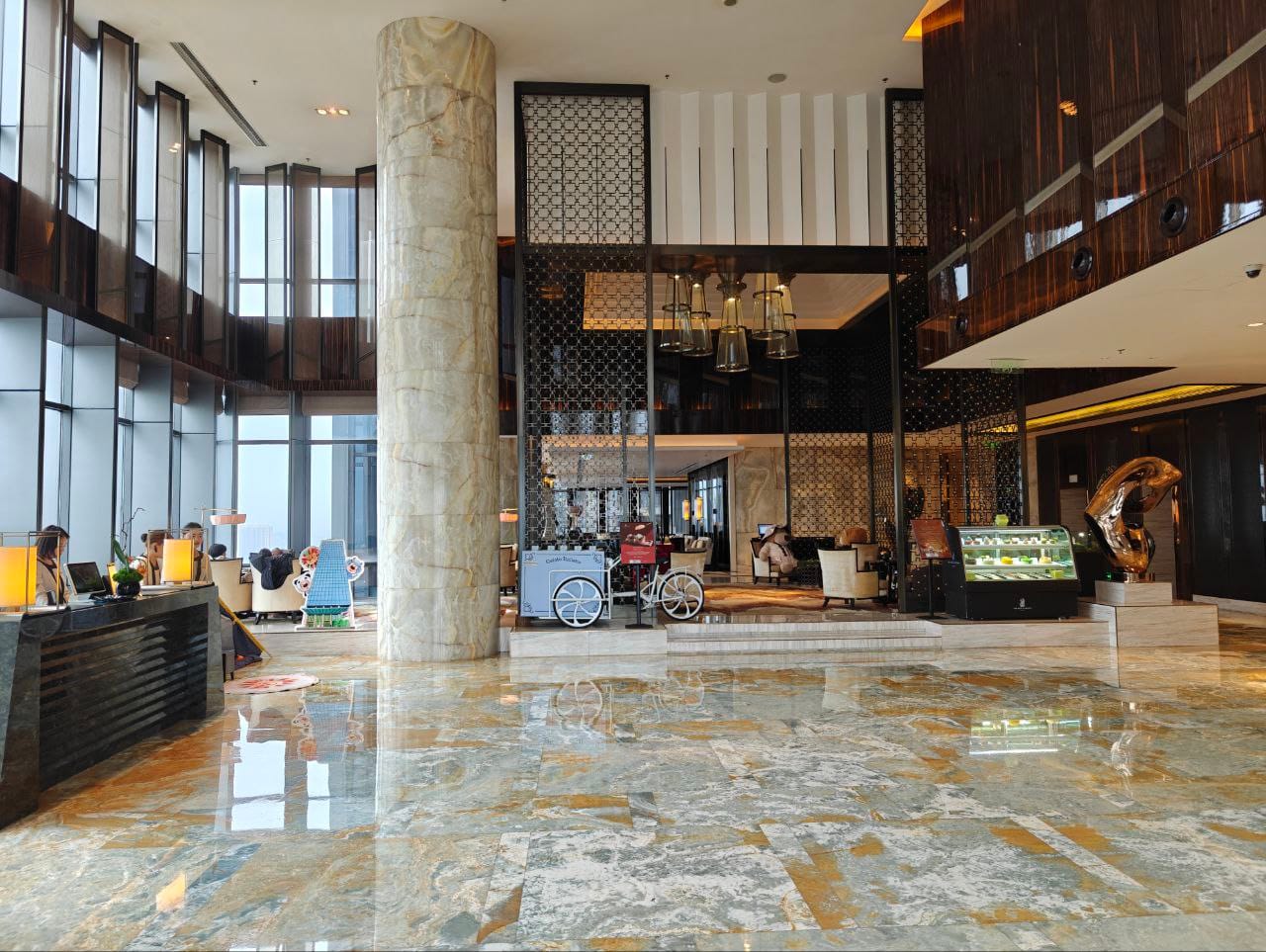
We booked the Club Lounge room this visit with complimentary access to the hotel’s club lounge located on the 38th floor. Shortly after check-in, we visited the club lounge for the afternoon tea set, comprising sweet and savory bites exquisitely presented as well as free-flow fruits that guests could help themselves to.
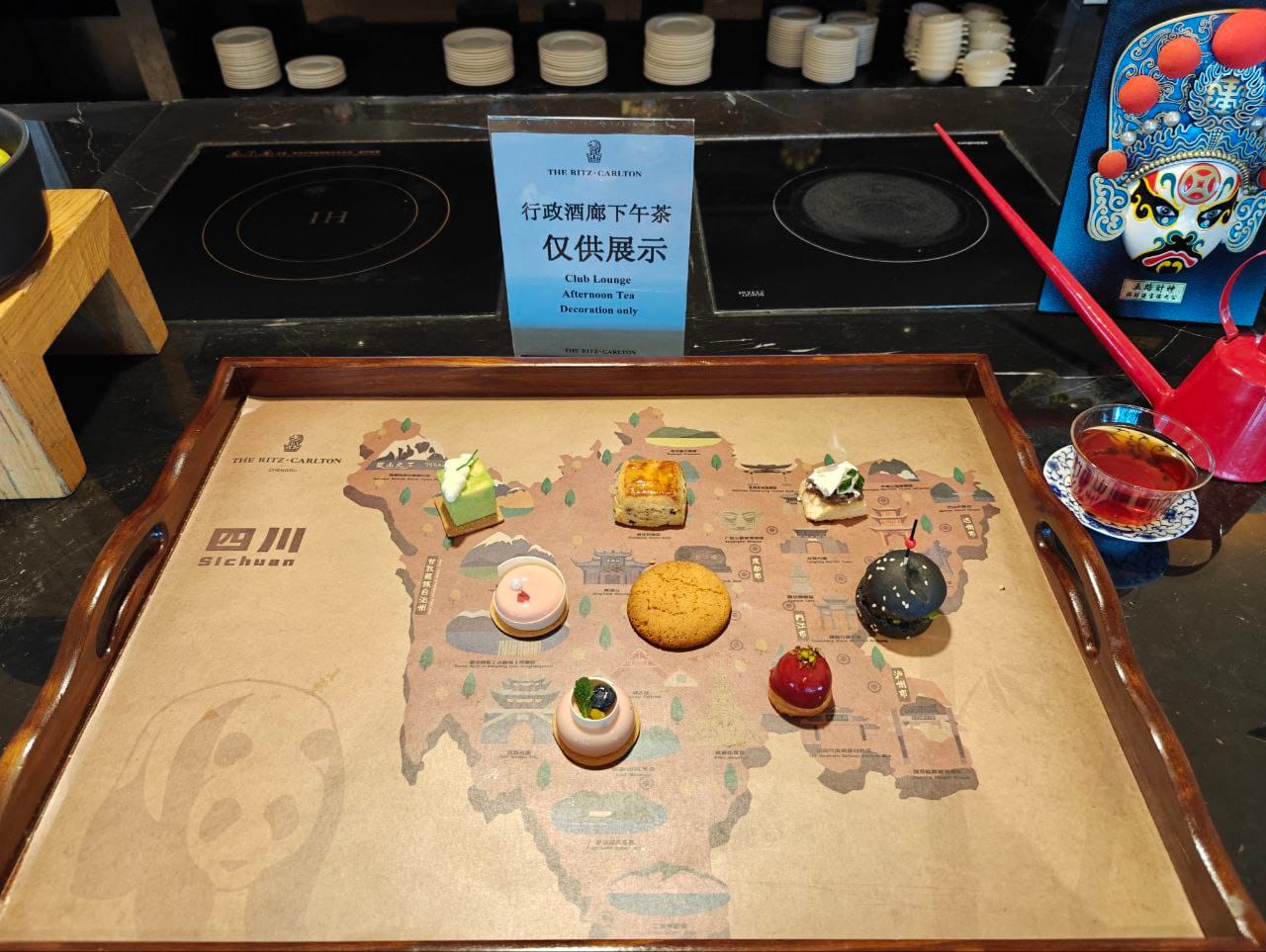
The room was adequately spacious, with a walk-in closet room, and amenities supplied by Diptyque. A view facing West Pearl Tower, the city’s tallest tower, added a nice touch. However, we felt that the windows (which took up only half a wall) slightly compromised the feeling of openness within the room. Rates are around 1,800RMB/night.
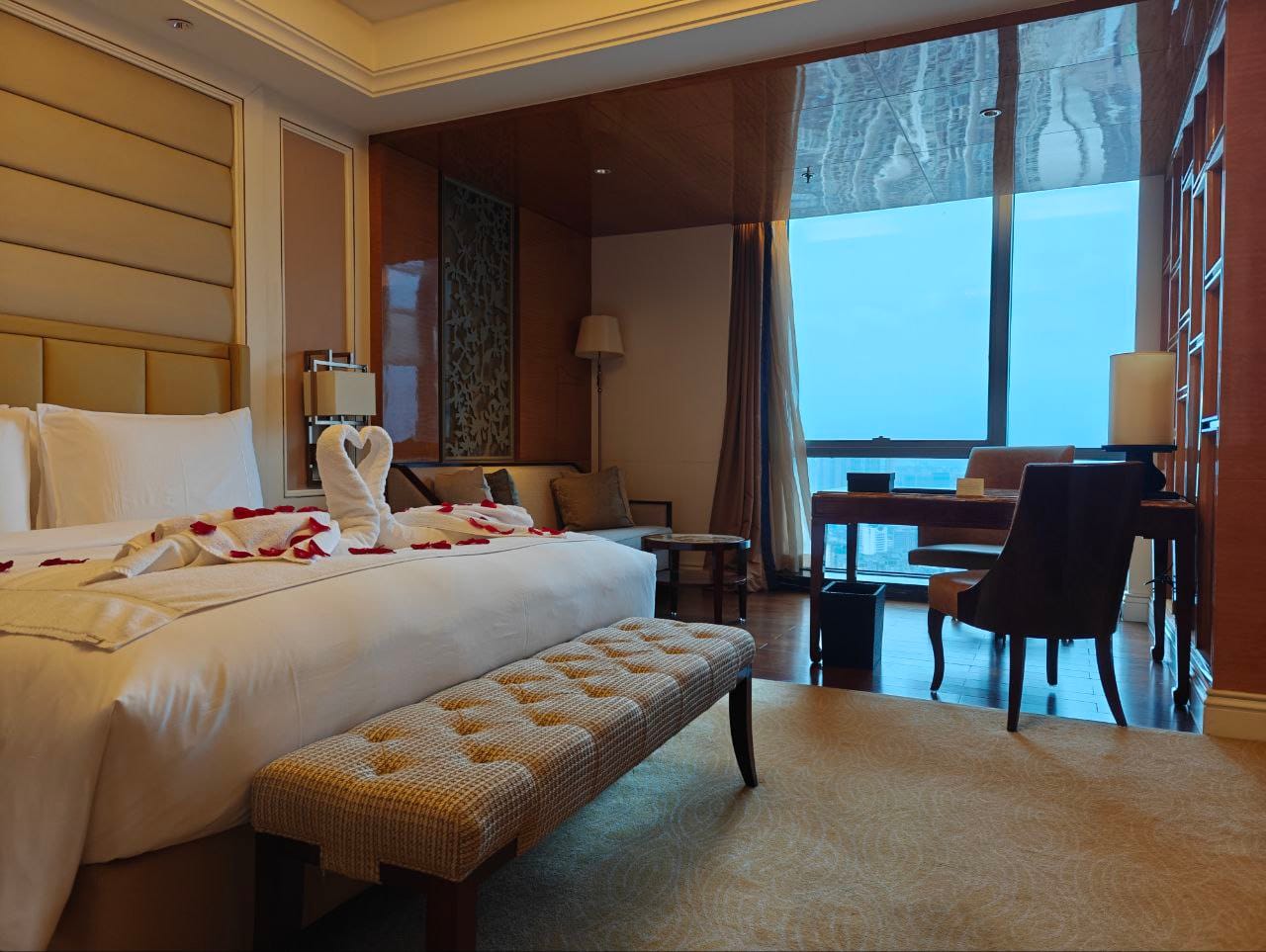
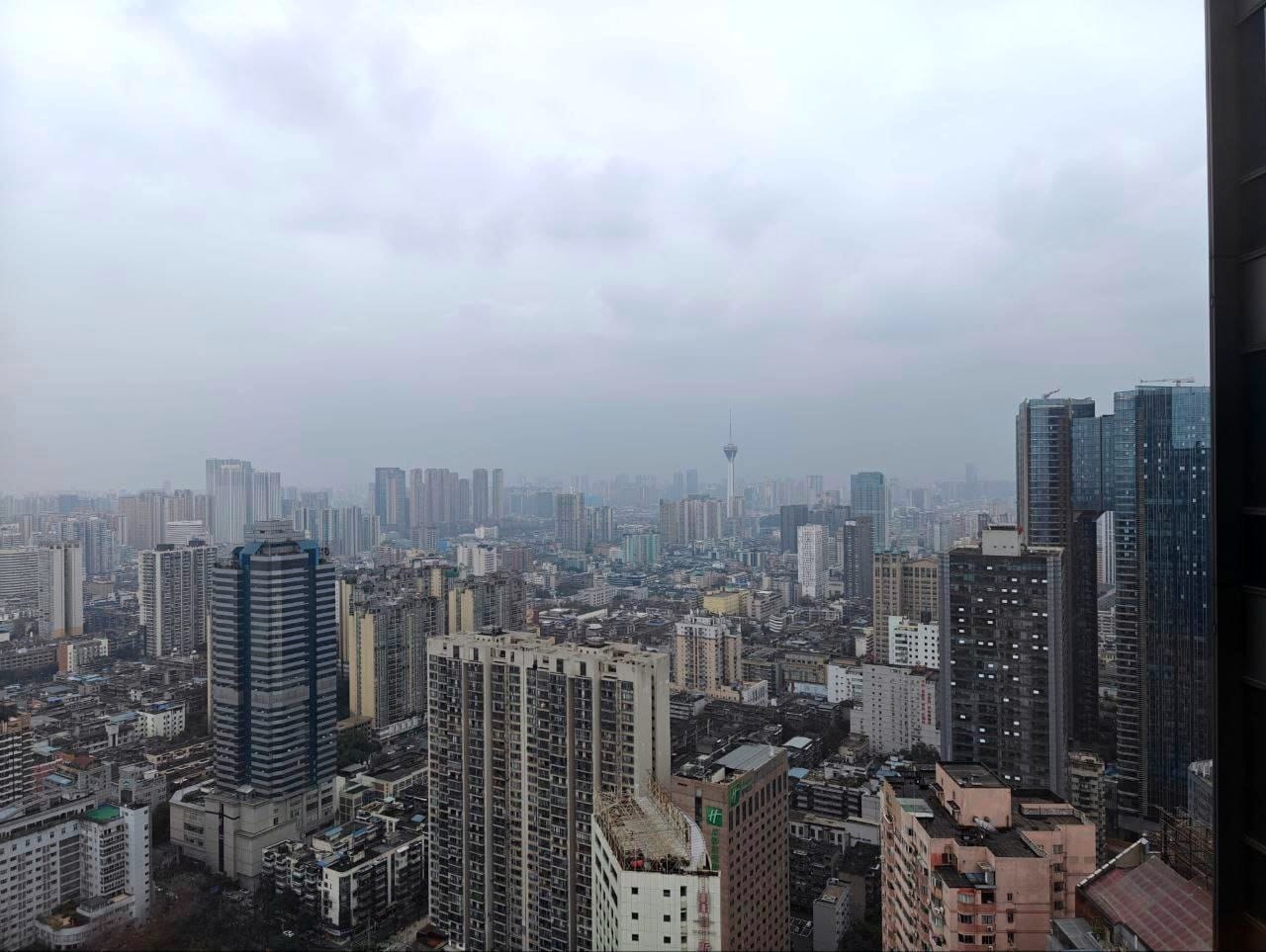

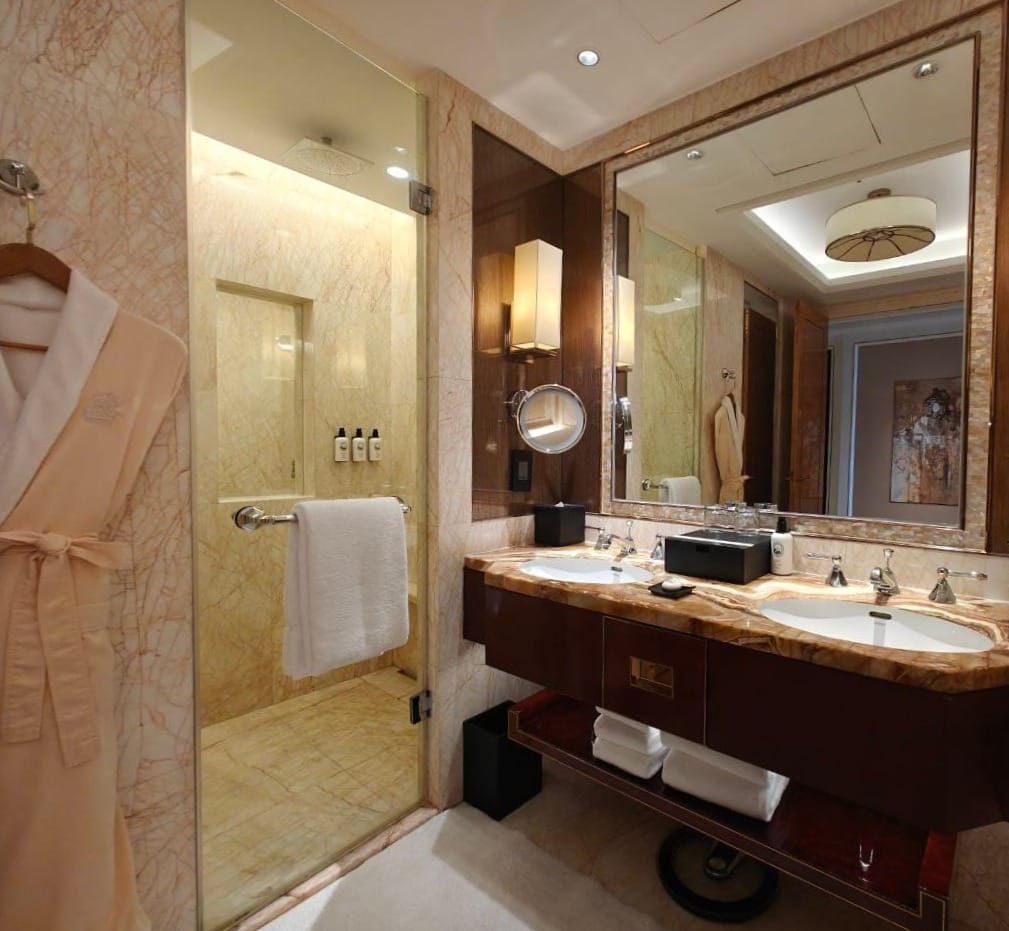
The fitness center, pool and spa, are all located on the 23rd floor, affording a nice view of the city.
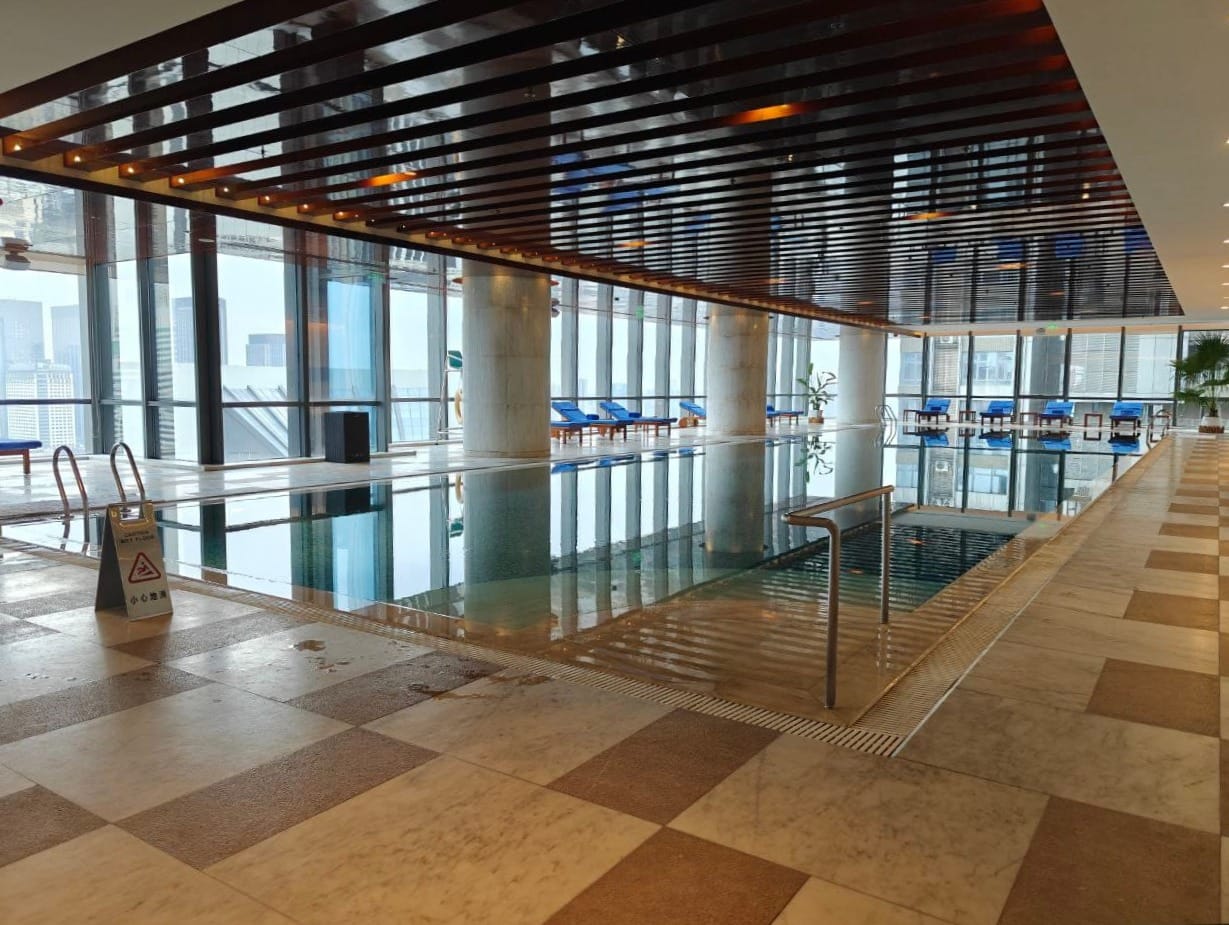
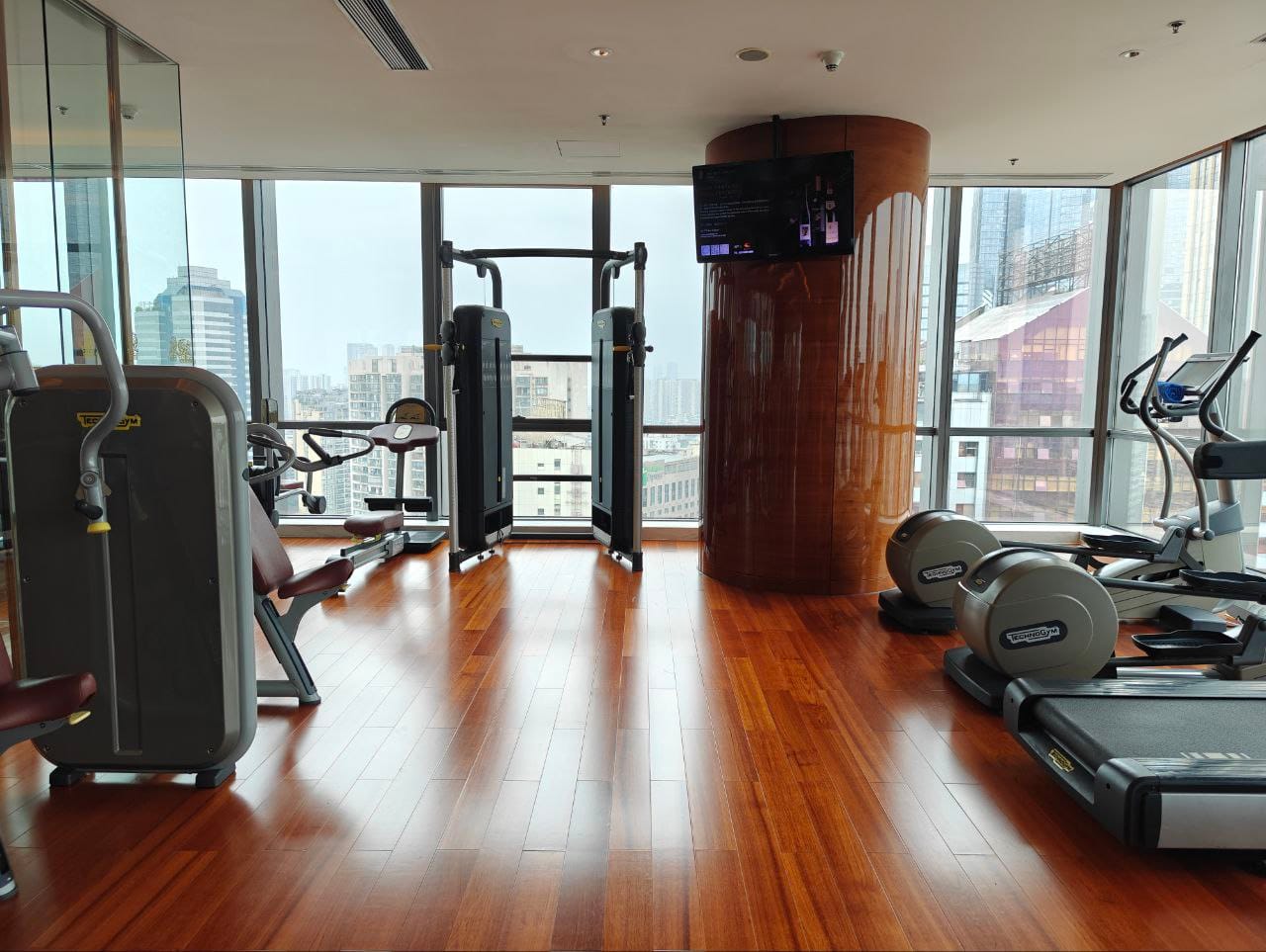
The breakfast buffet also had a good variety with local and international selections, and we were surprised with the quality of the options as they even have the more expensive items usually seen in lunch or dinner buffet (such as seafood and sashimi sushi).
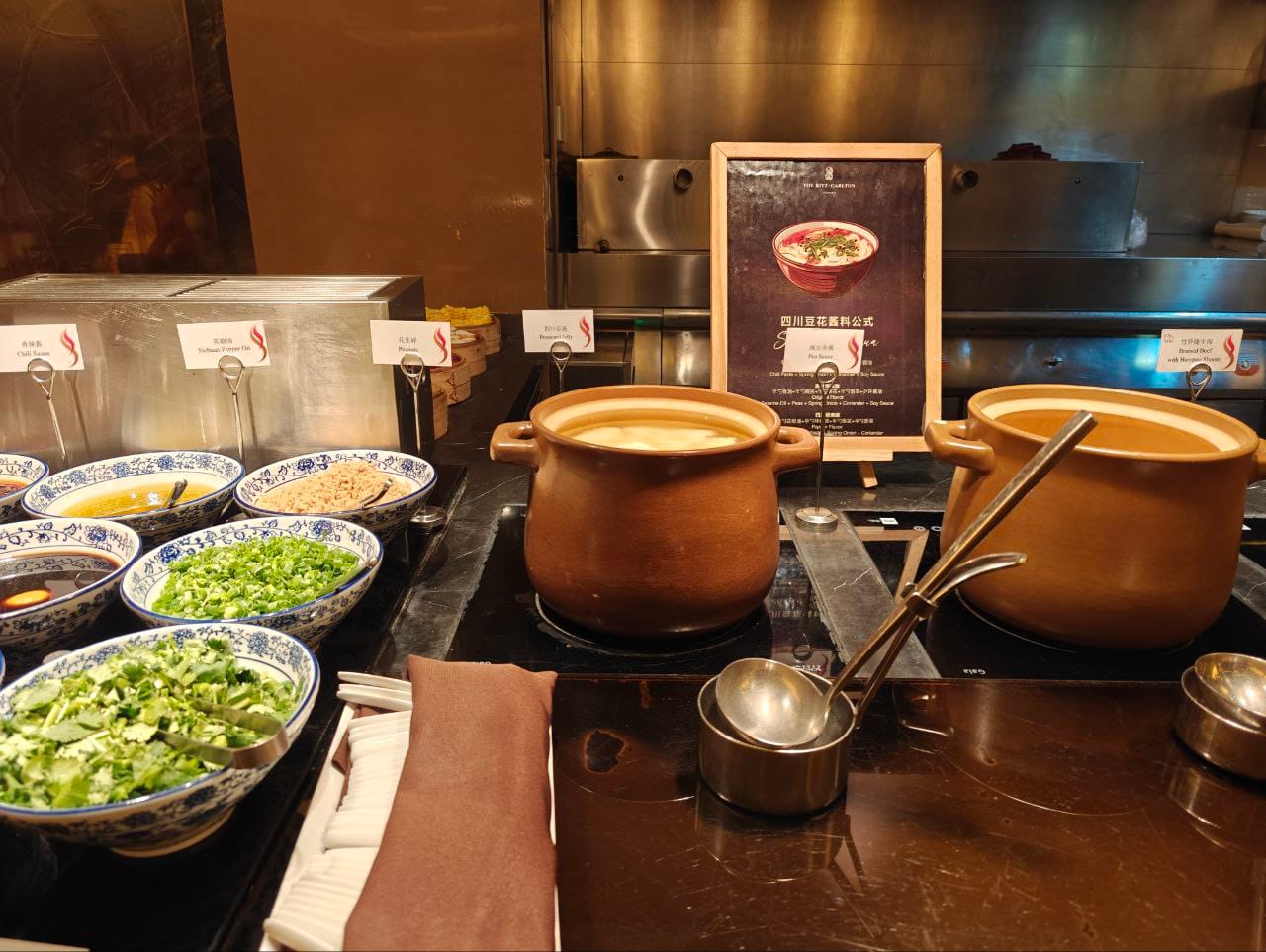
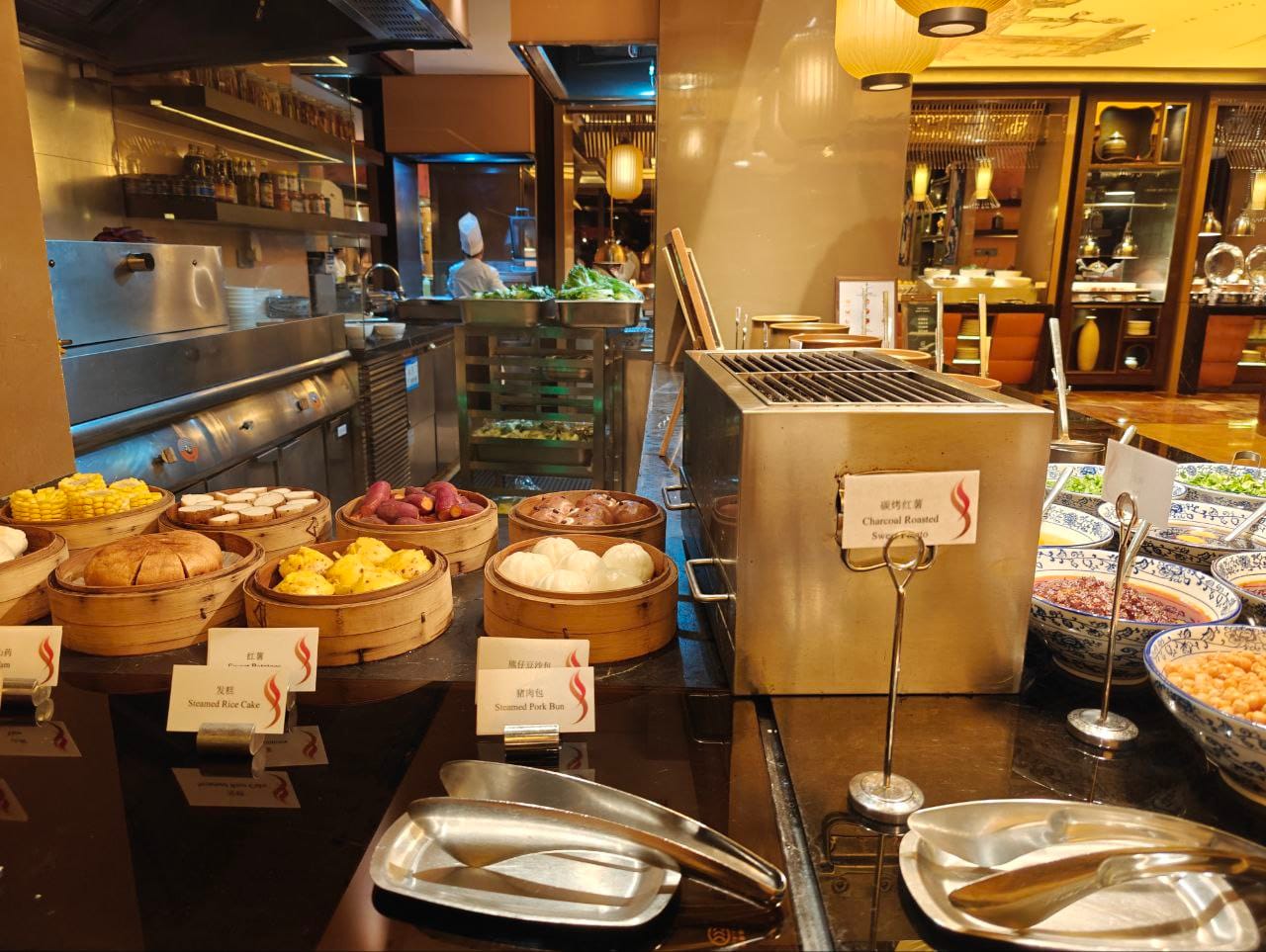
Accommodation: Six Senses Qing Cheng Mountain
Rating 8.5/10
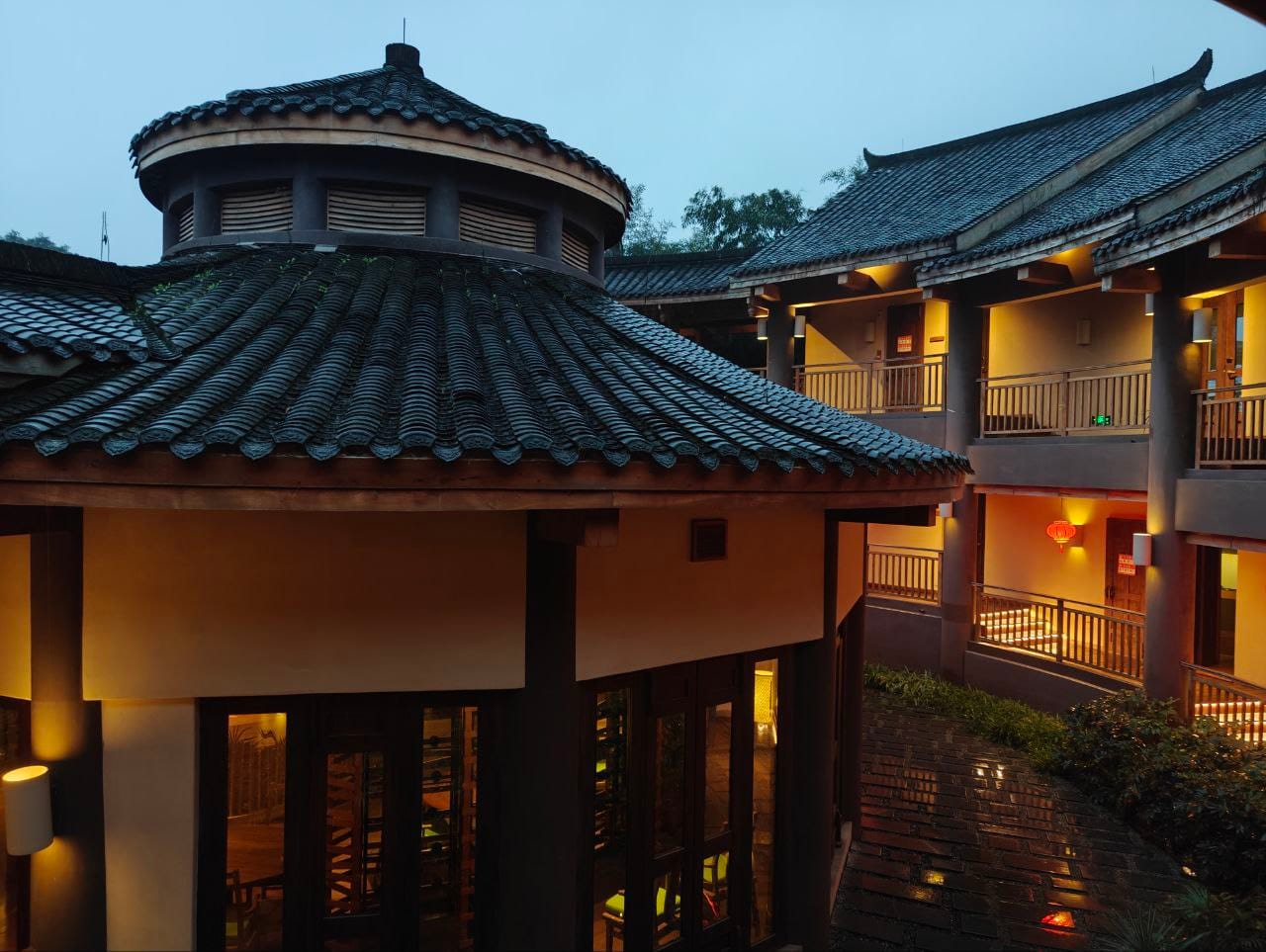
Located at the foot of the picturesque Qing Cheng Mountain is Six Senses, currently the brand’s only establishment in China. The expansive development is designed like a tranquil traditional Chinese village, with bamboo and wood villas, lush greenery and water features, making it an ideal choice for a peaceful getaway.
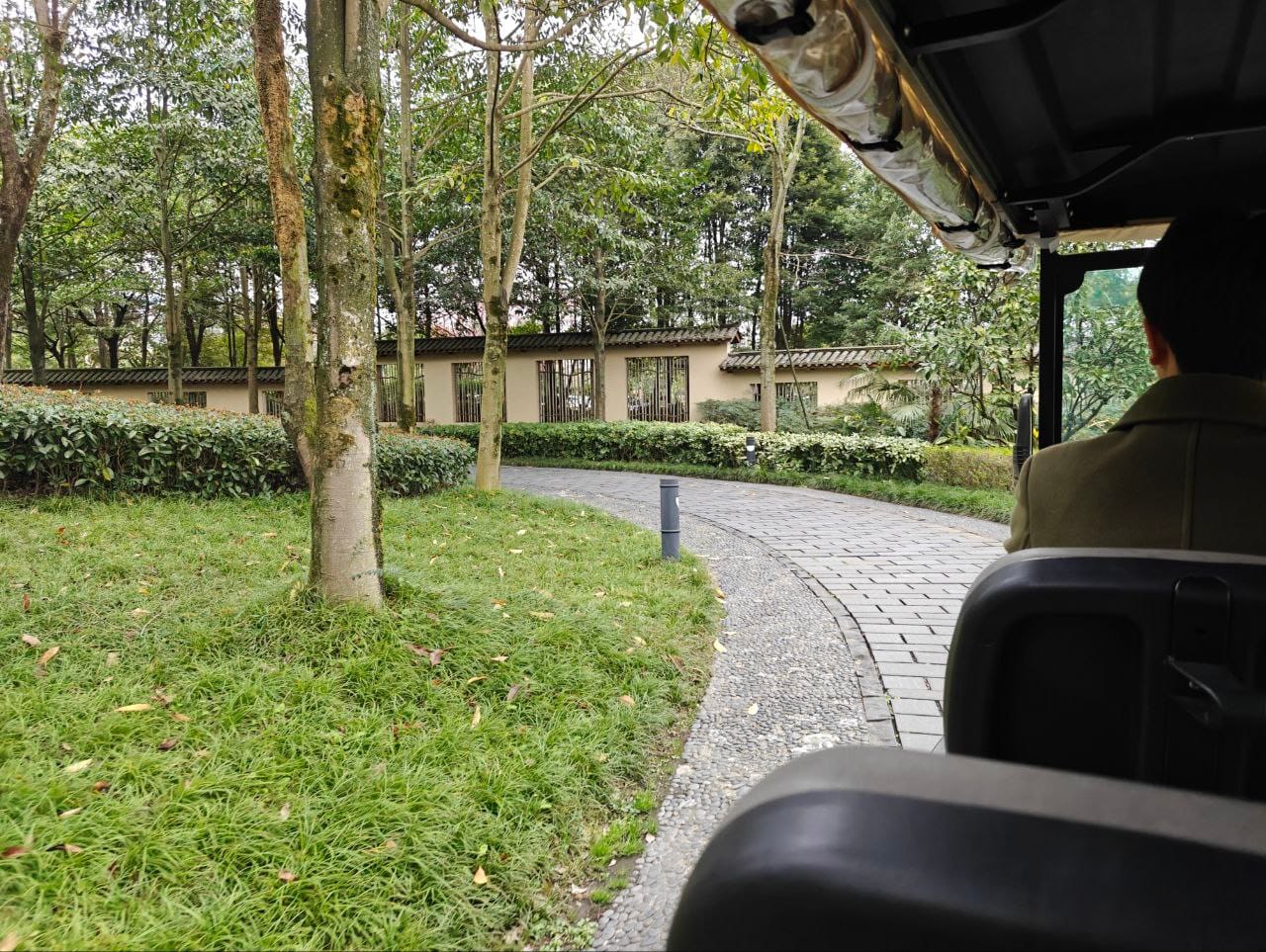
Interestingly, Mount Qingcheng is also largely known to be the birthplace of Taoism. It is also a good overnight base for visiting popular tourist attractions around Dujiangyan, which is outside Chengdu city.
Surrounded by trees and mountains, the calming ambience of the resort is immediately palpable upon arrival. At check-in, you’ll be presented with an option of adding a personal Guest Experience Maker via WeChat, for efficient communication on any queries during your stay.
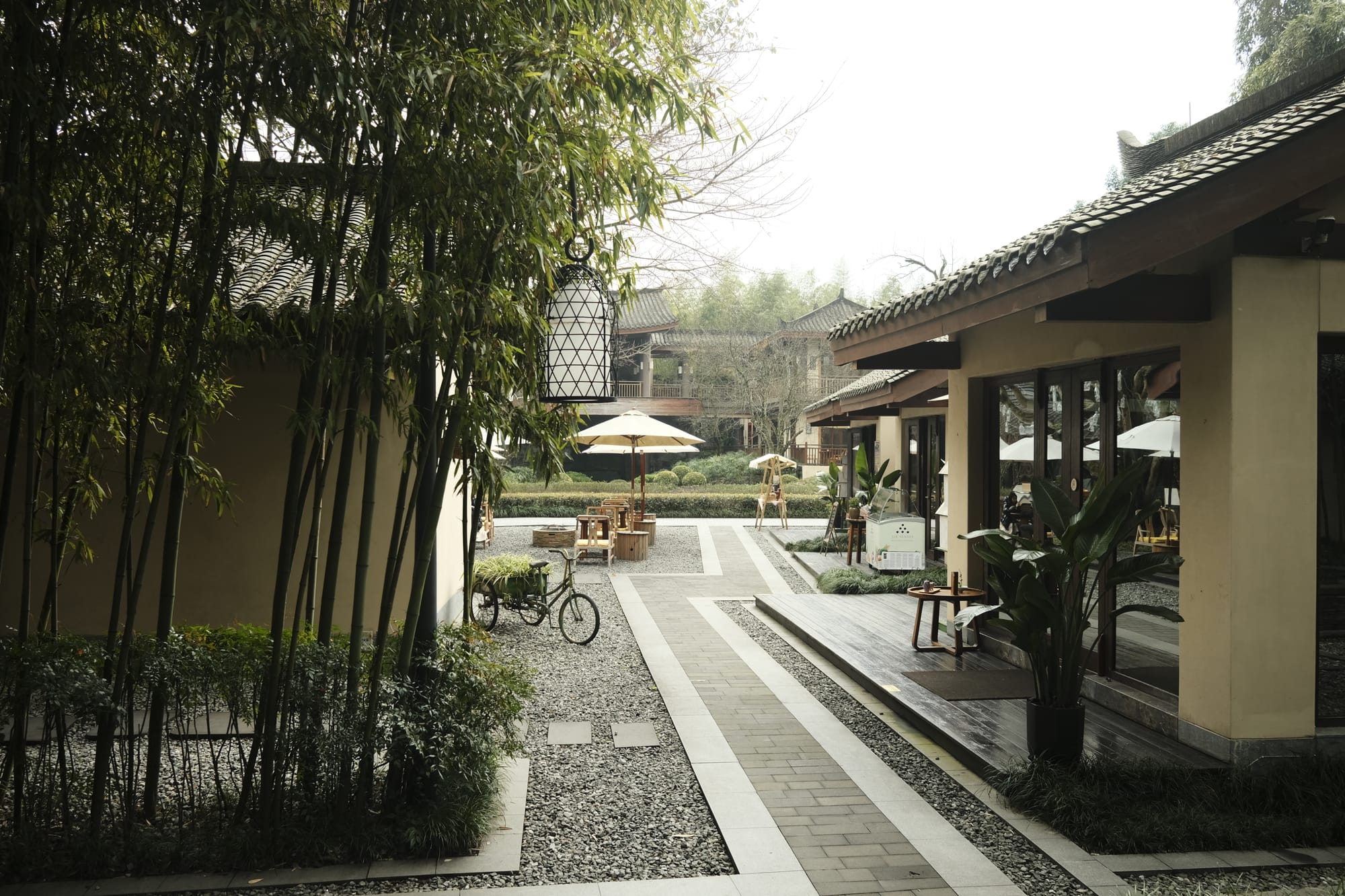
The Courtyard Hot Spring Suite we stayed in this time had a generous space for two, including a separate living room, bedroom and a private outdoor hot spring tub in a cozy Chinese-inspired courtyard. Furnishings were mainly in timber and bamboo, echoing back to Six Senses’ eco-conscious positioning. Room rates are around 4,500RMB/night.
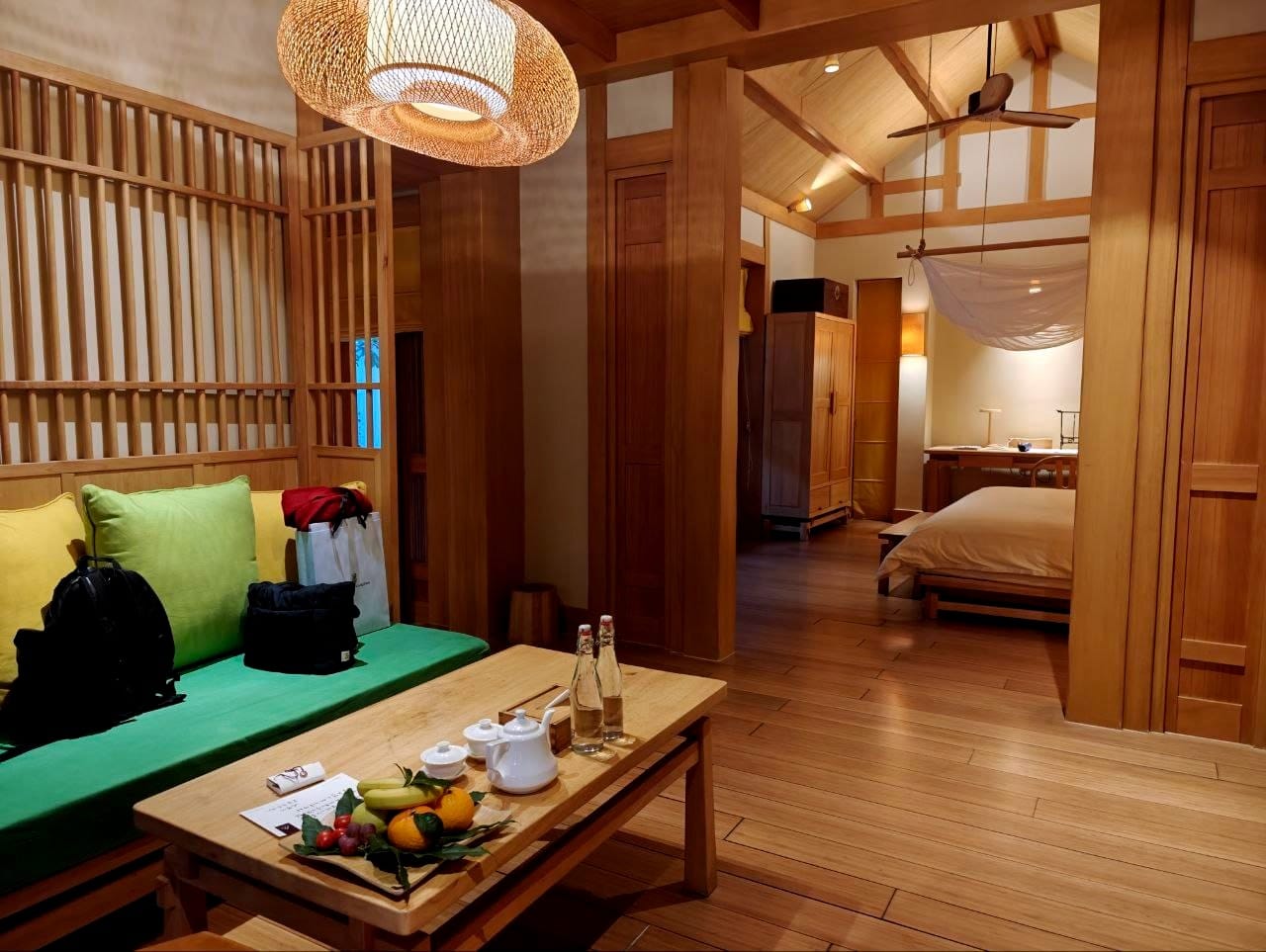
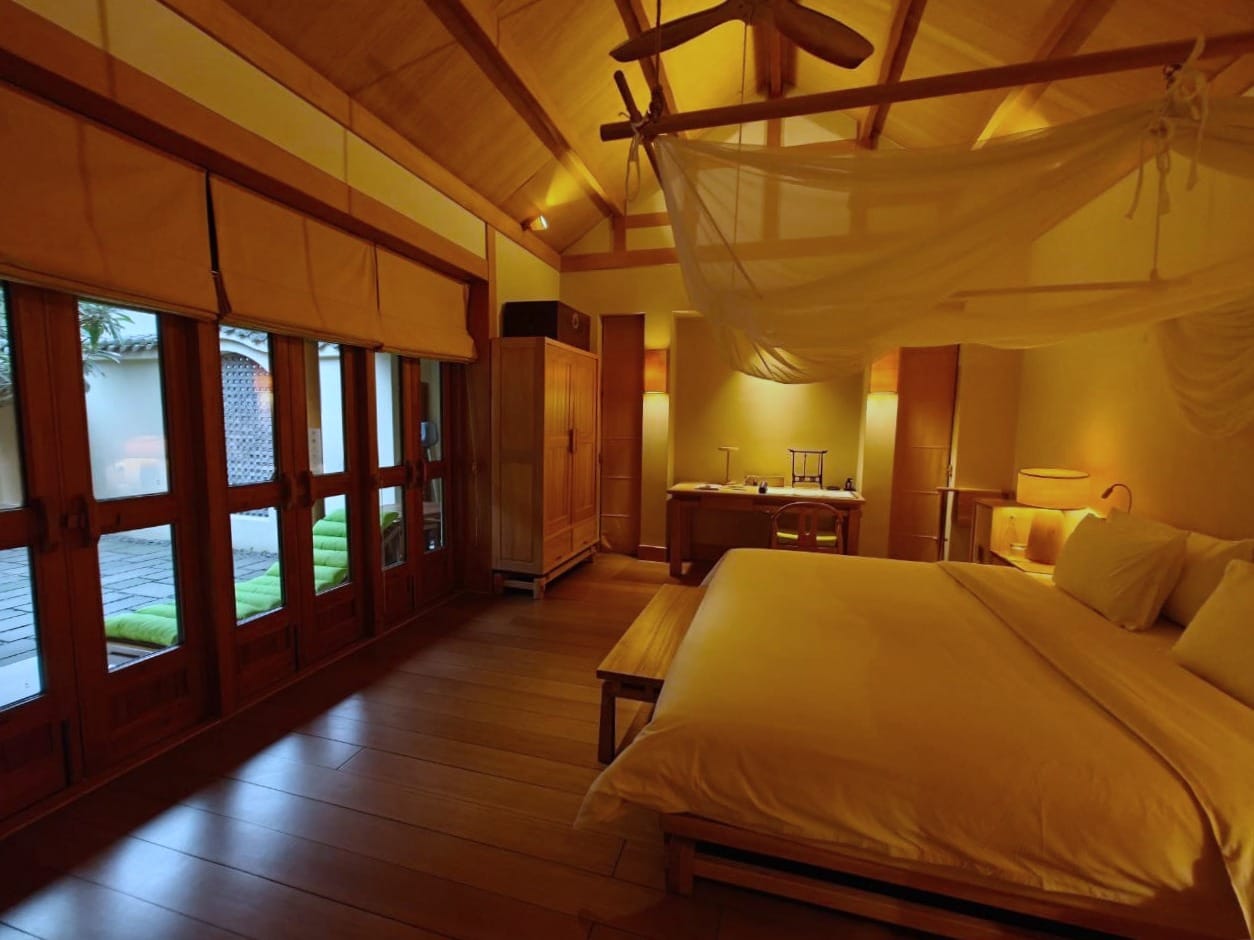
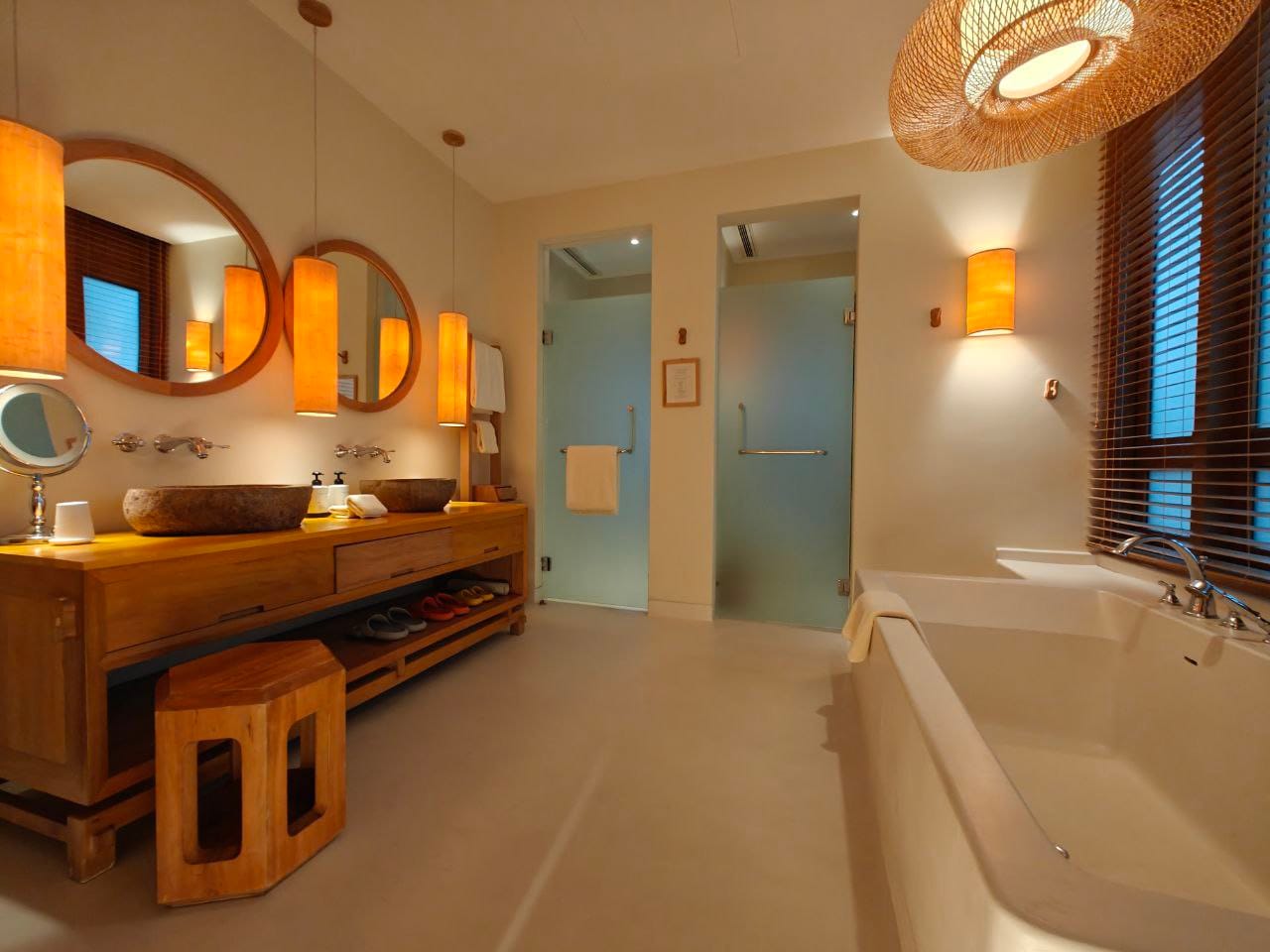
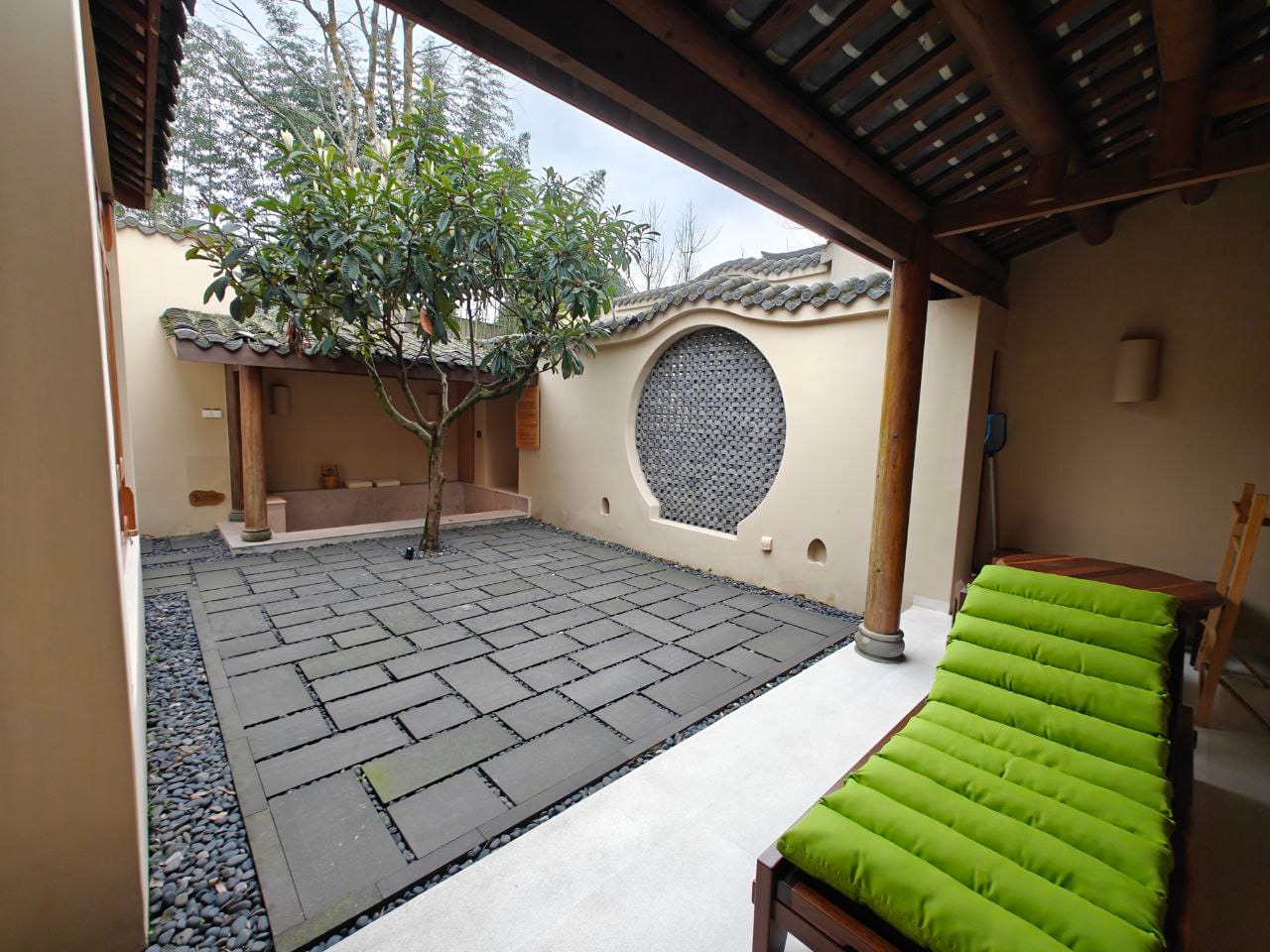
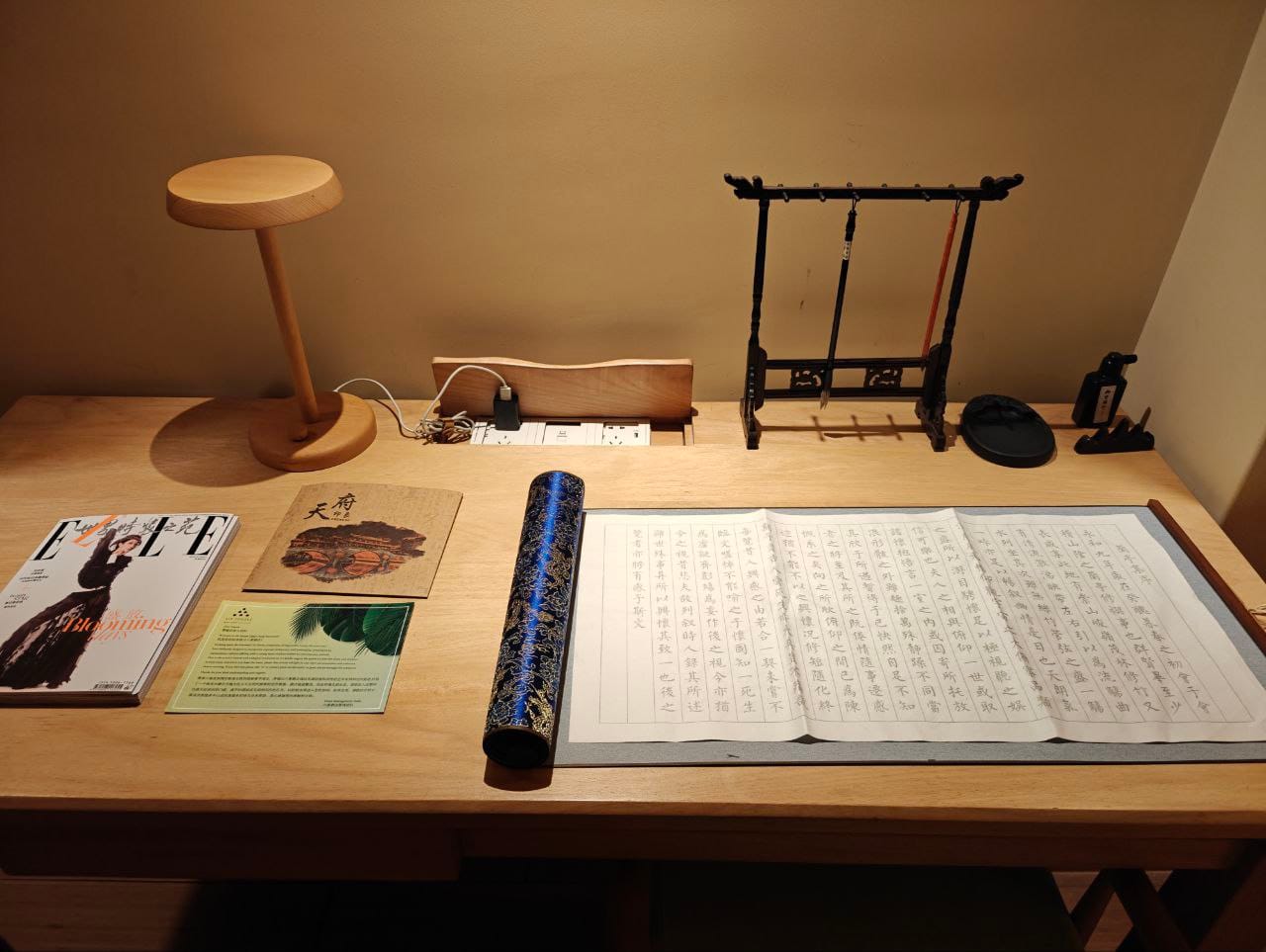
The resort is complete with a 24-hour fitness center, heated indoor and outdoor pool, its own sporting facilities like a tennis court, a handful of restaurants with farm-to-table concept, and their renowned Six Senses spa center.
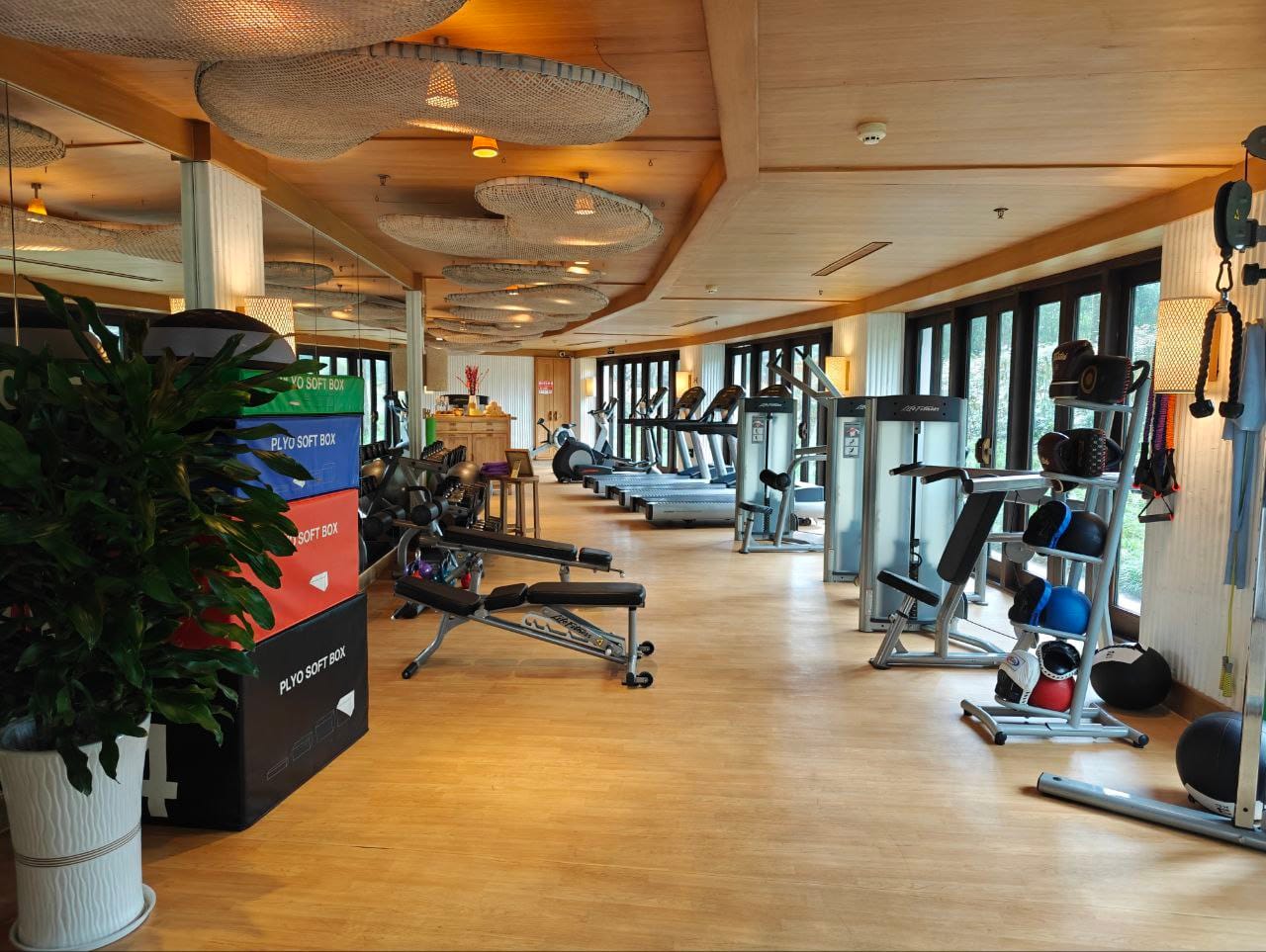
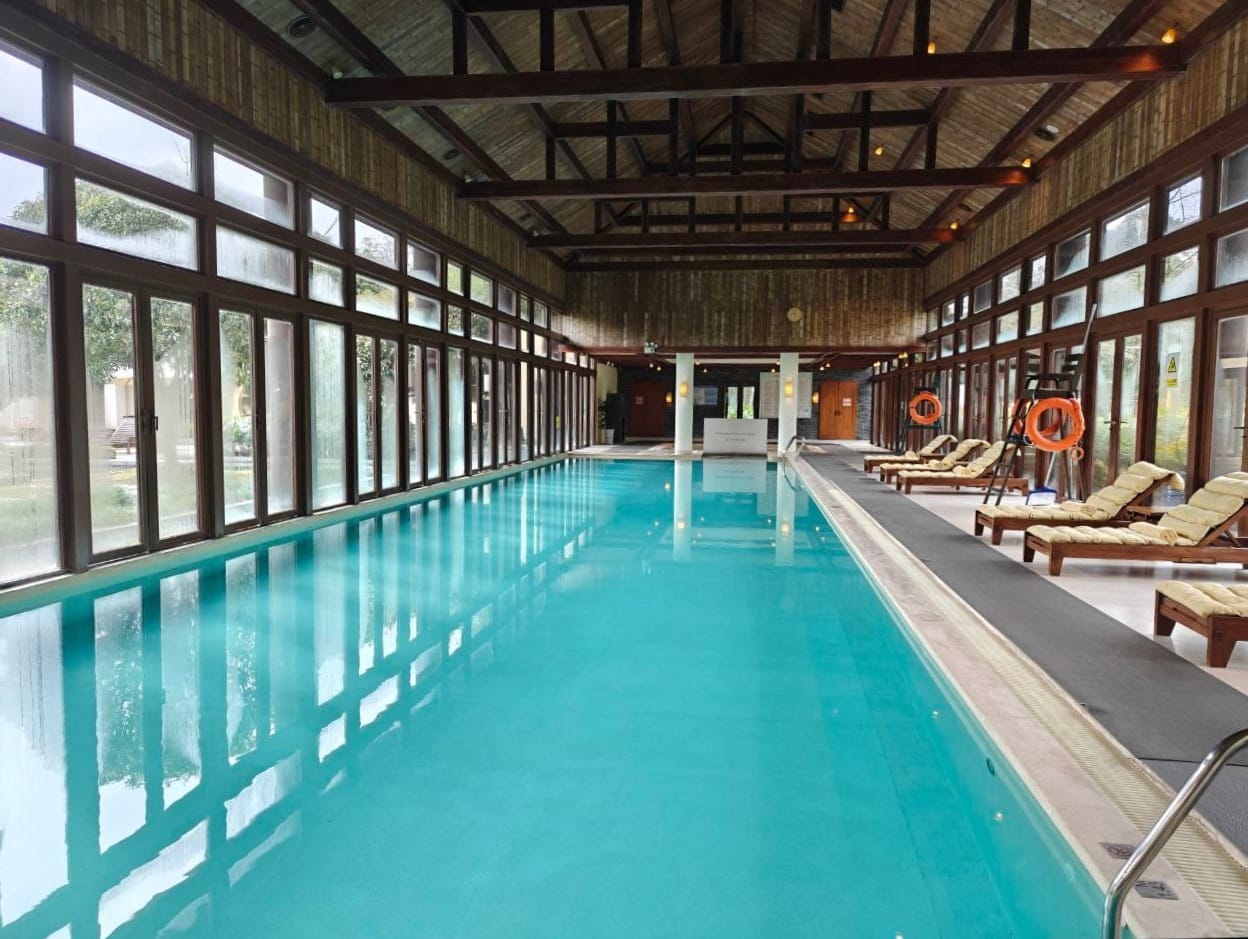
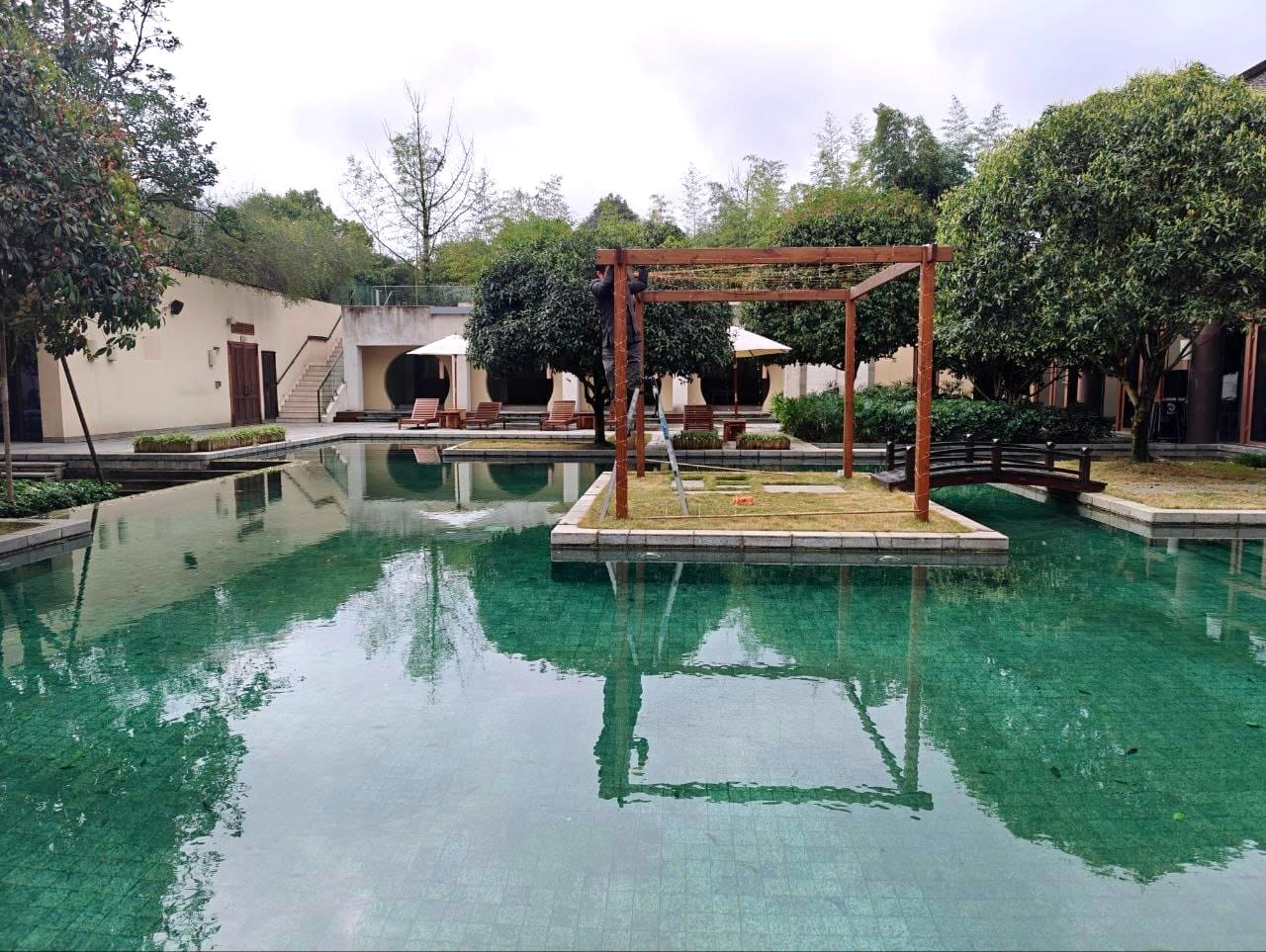
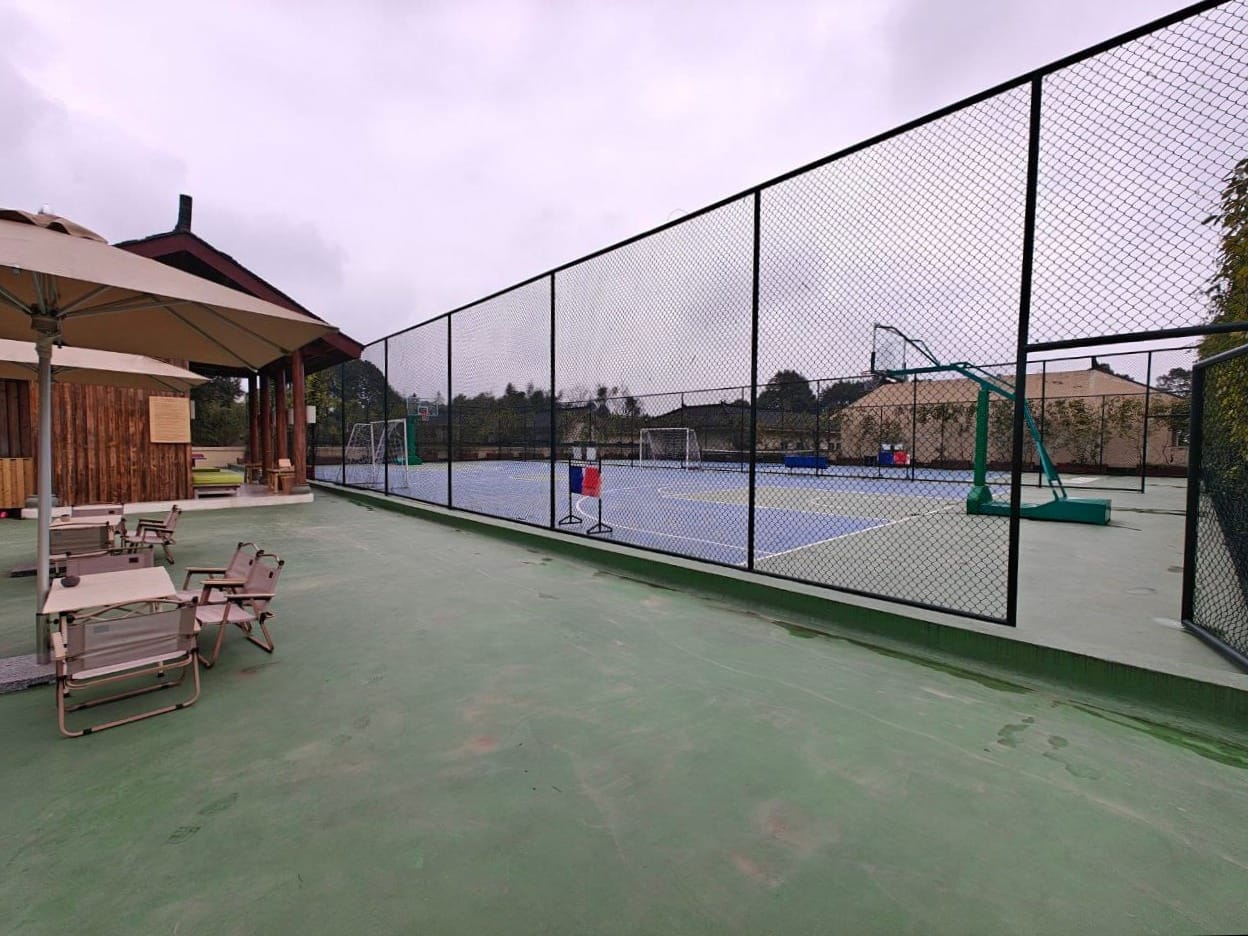
Many activities are planned throughout the day to keep guests occupied, from taichi and meditation sessions to handicraft activities for the little ones. We attended a signature fire ritual activity at the Moon Bar and were treated to a brief history of Six Senses in Chengdu as well as specially-concocted cocktails.
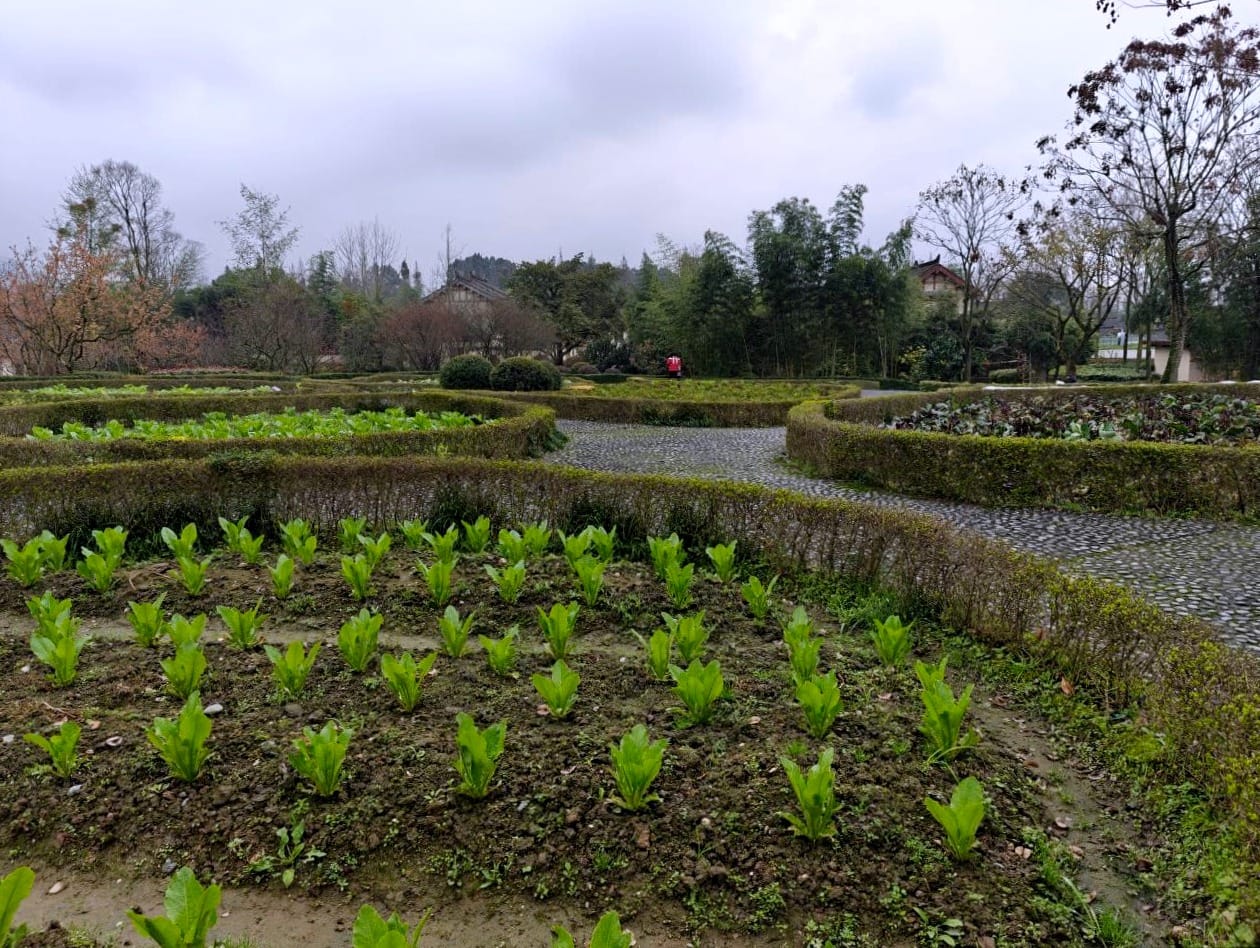
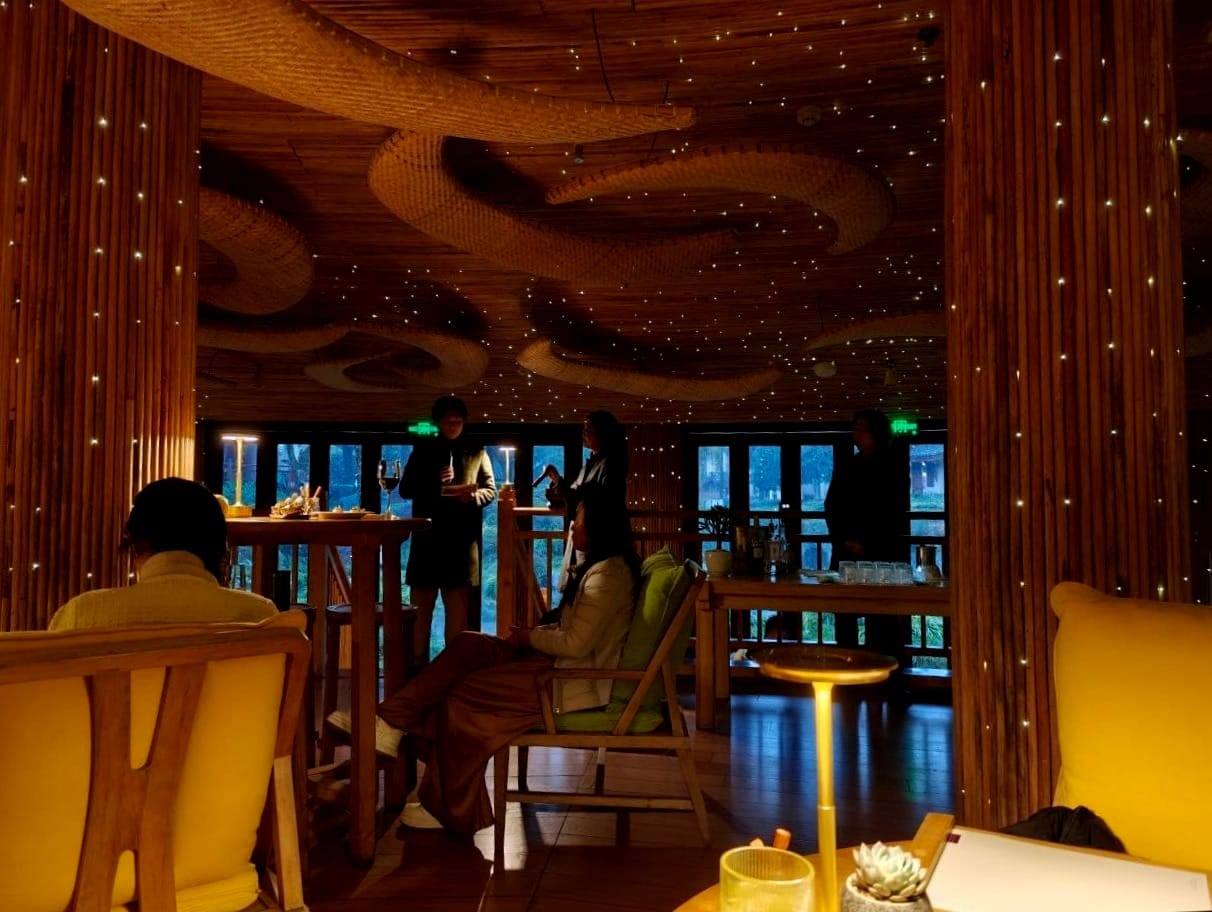
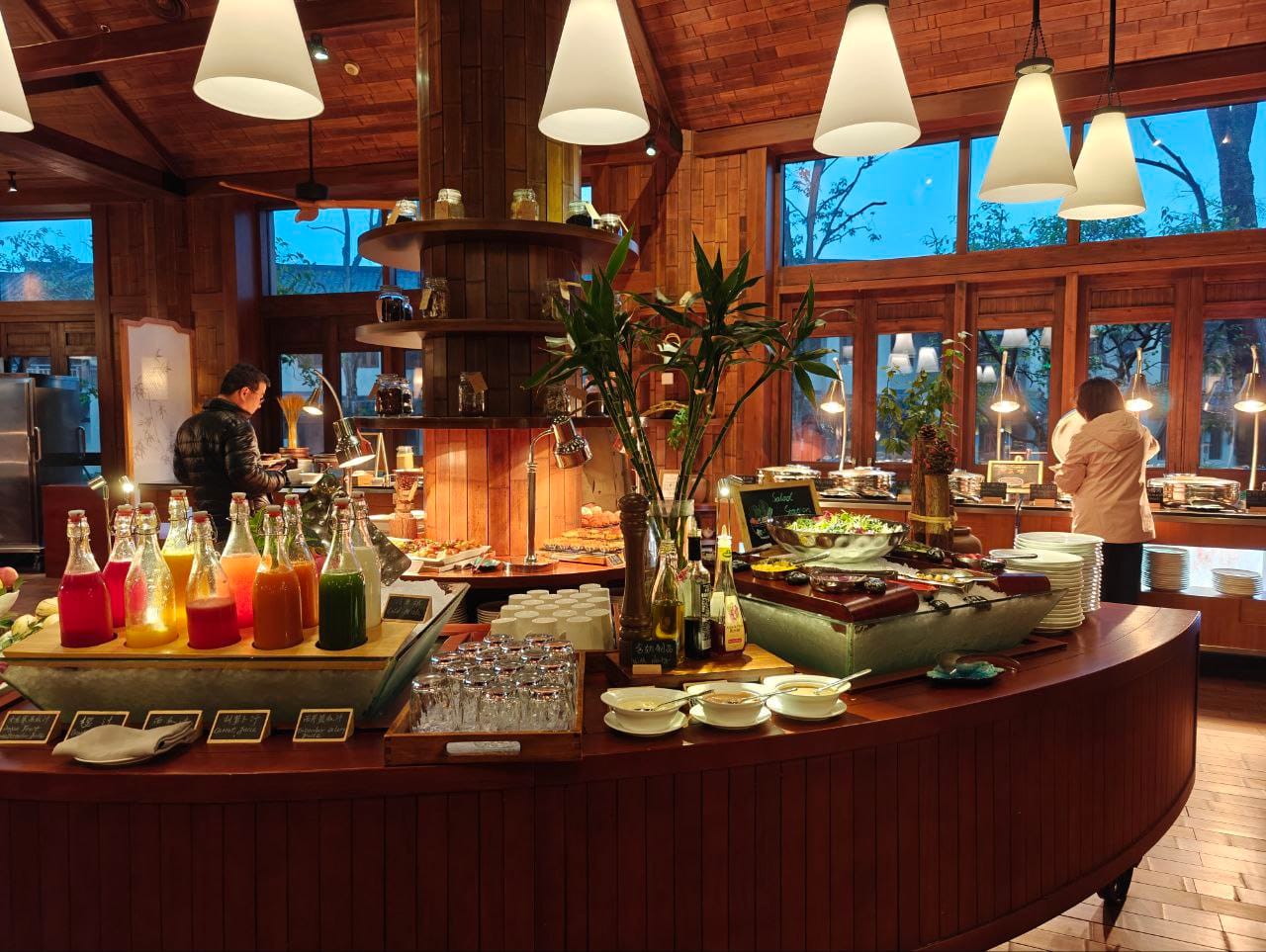
Accommodation: Waldorf Astoria Chengdu
Rating 8.2/10
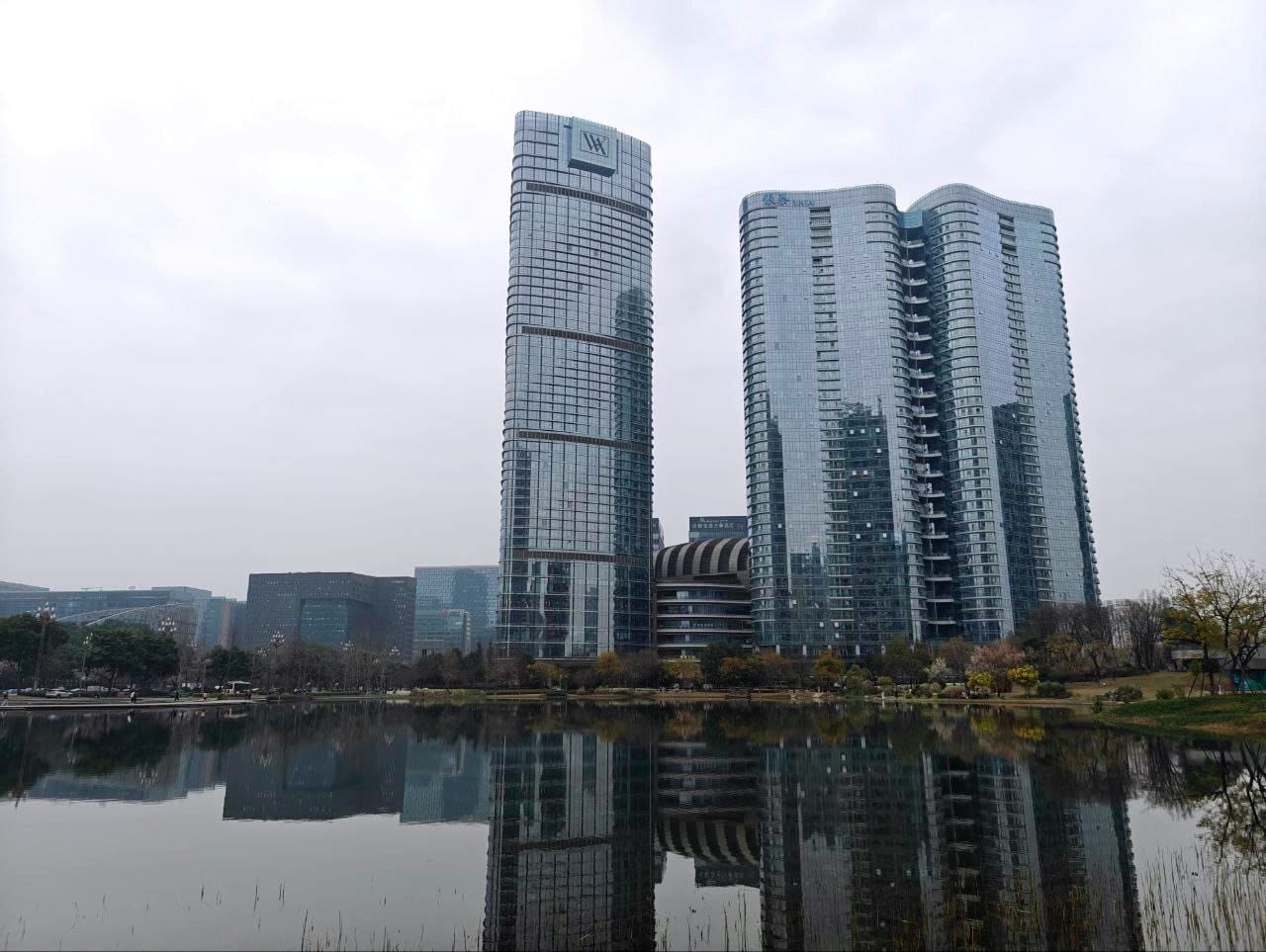
Waldorf Astoria Chengdu is in the heart of the relatively new High Tech zone, right next to the iconic Tianfu Twin Tower. The location may not be as convenient as Ritz-Carlton Chengdu's district, but guests who prefer to be away from the city bustle may prefer this hotel. Hotel lobby is at the 50th floor, greeting guests with a sprawling view of the city upon arrival. Overall, the hotel gave off a classic luxurious ambience with its gold and marble finishings.
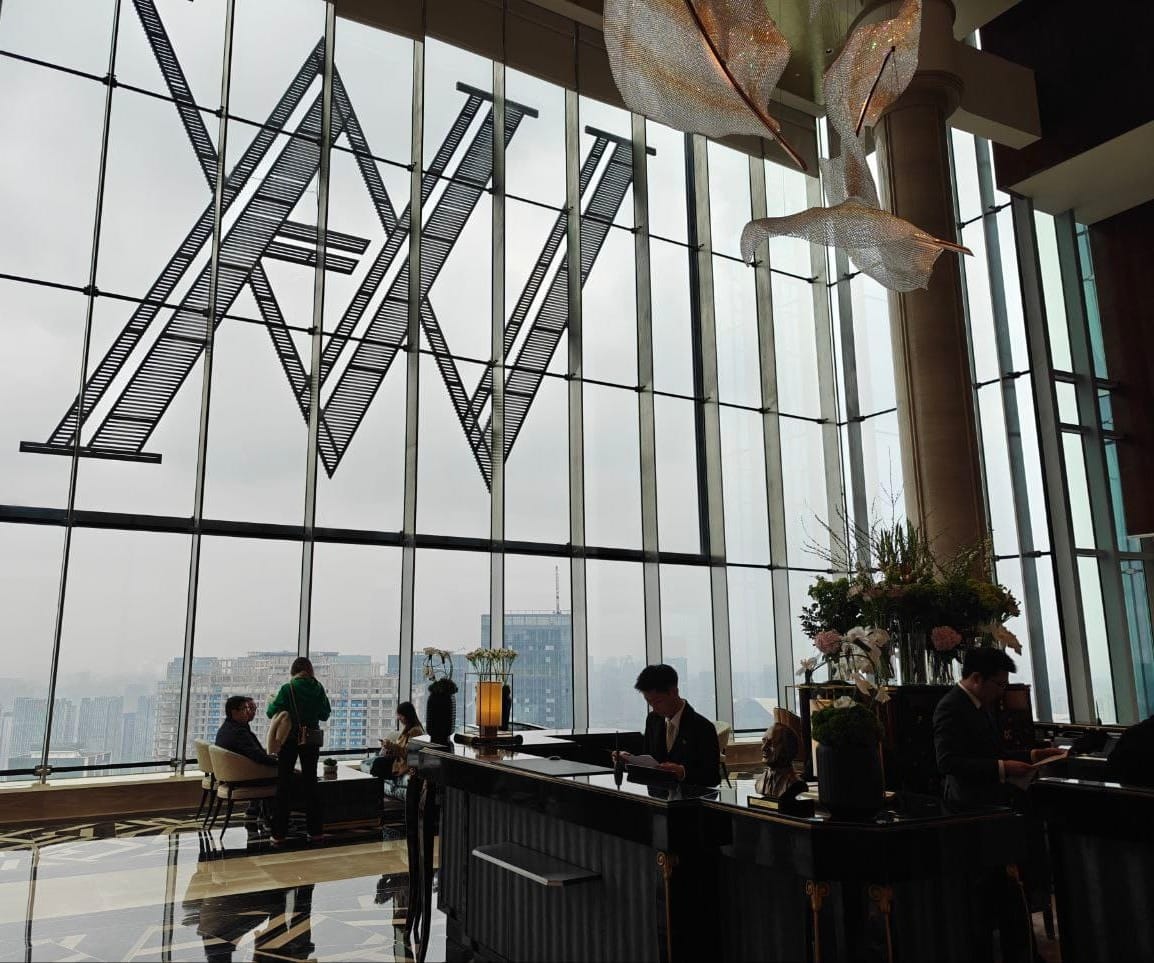
The highlight of our room was the generous window space that ran the length of the room, giving us a panoramic view including the Twin Tower.
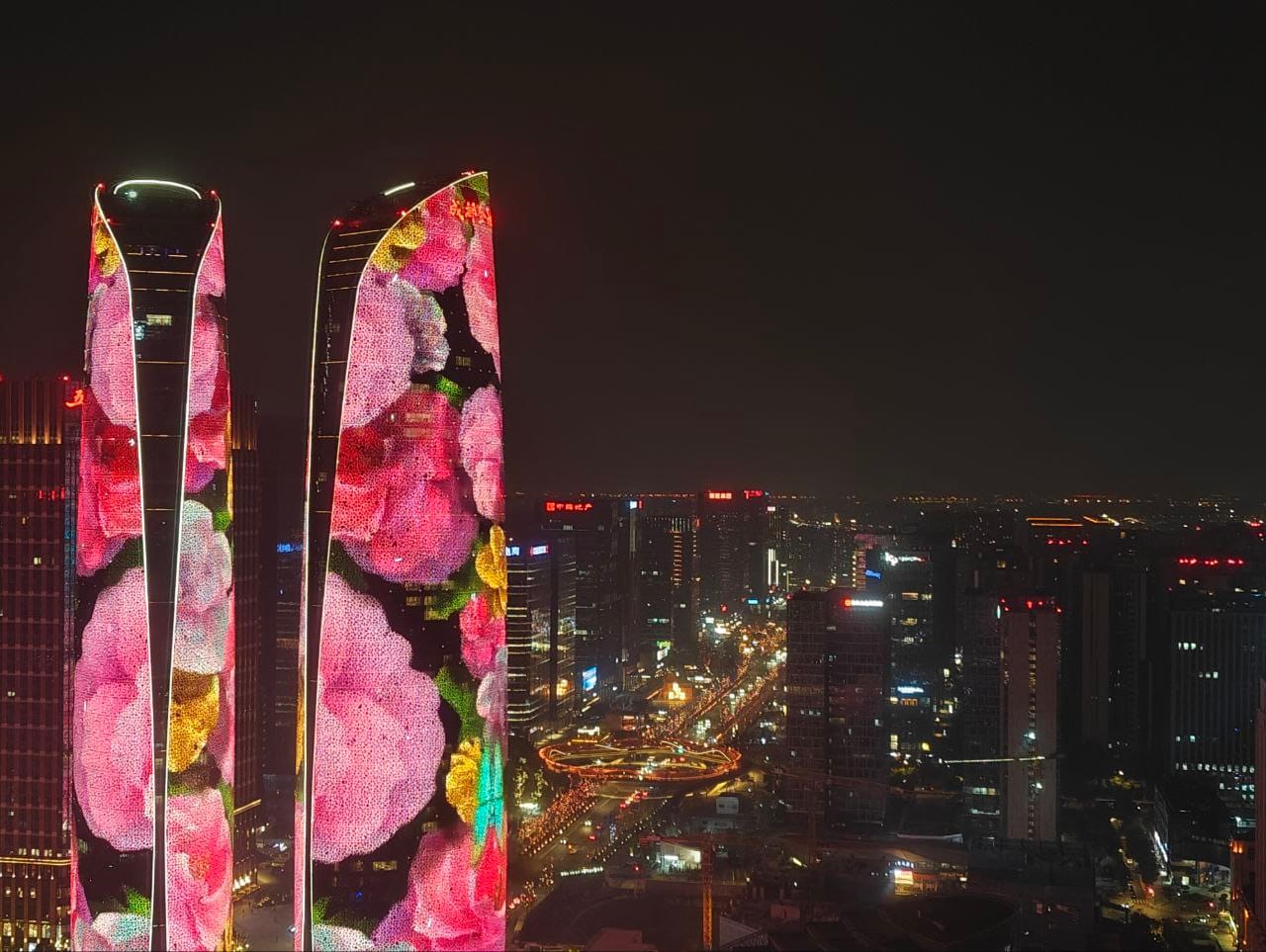
In general, the room was spacious, with an adequate closet space, and a powder room separated from the bath area. The study desk and couch helped to fill up the room, however the bedroom can still feel rather bare given the room area. We especially love the brightly-lit bathroom which is decorated with a modern touch. Room rates are around 1,800RMB/night.
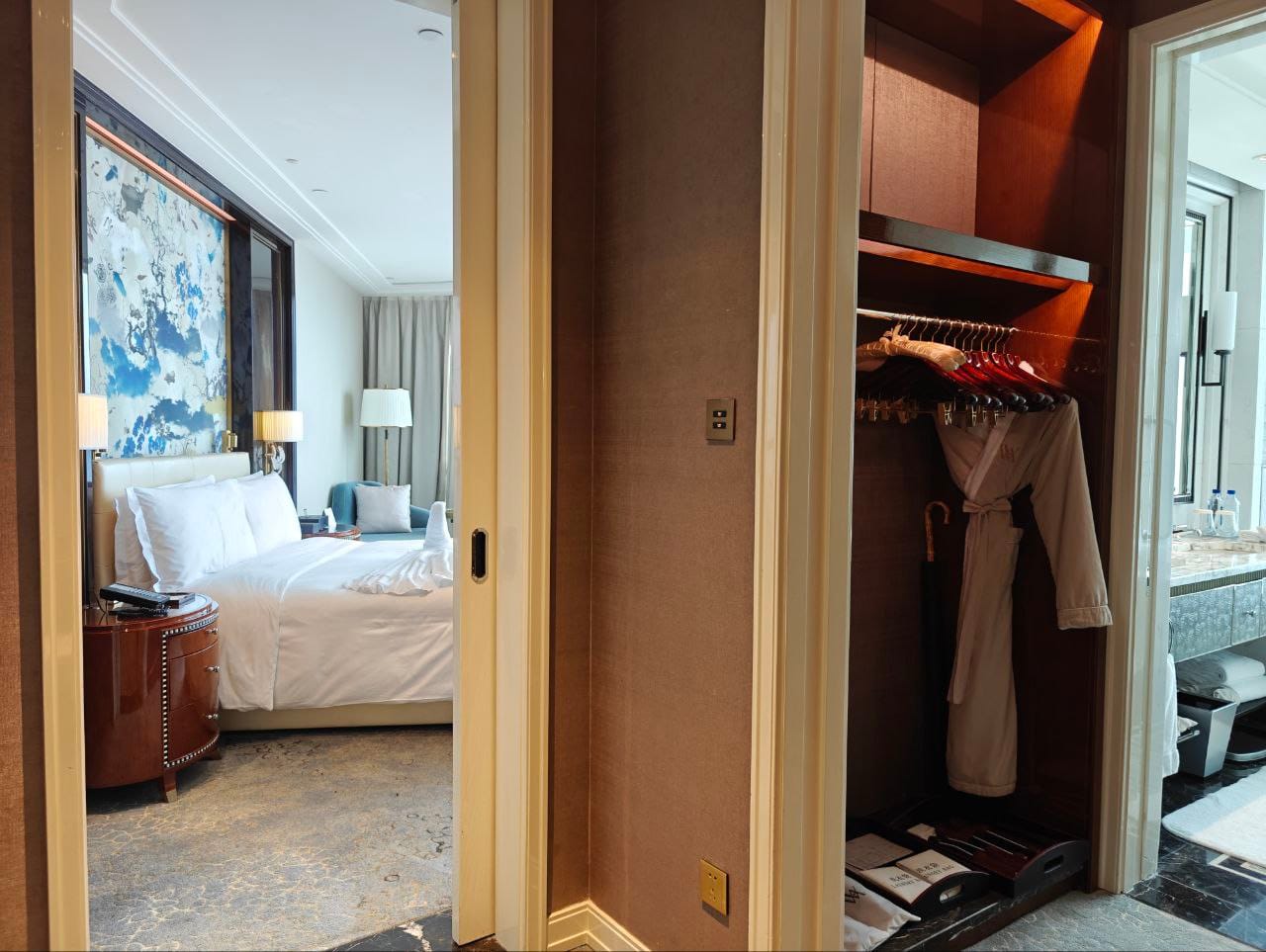
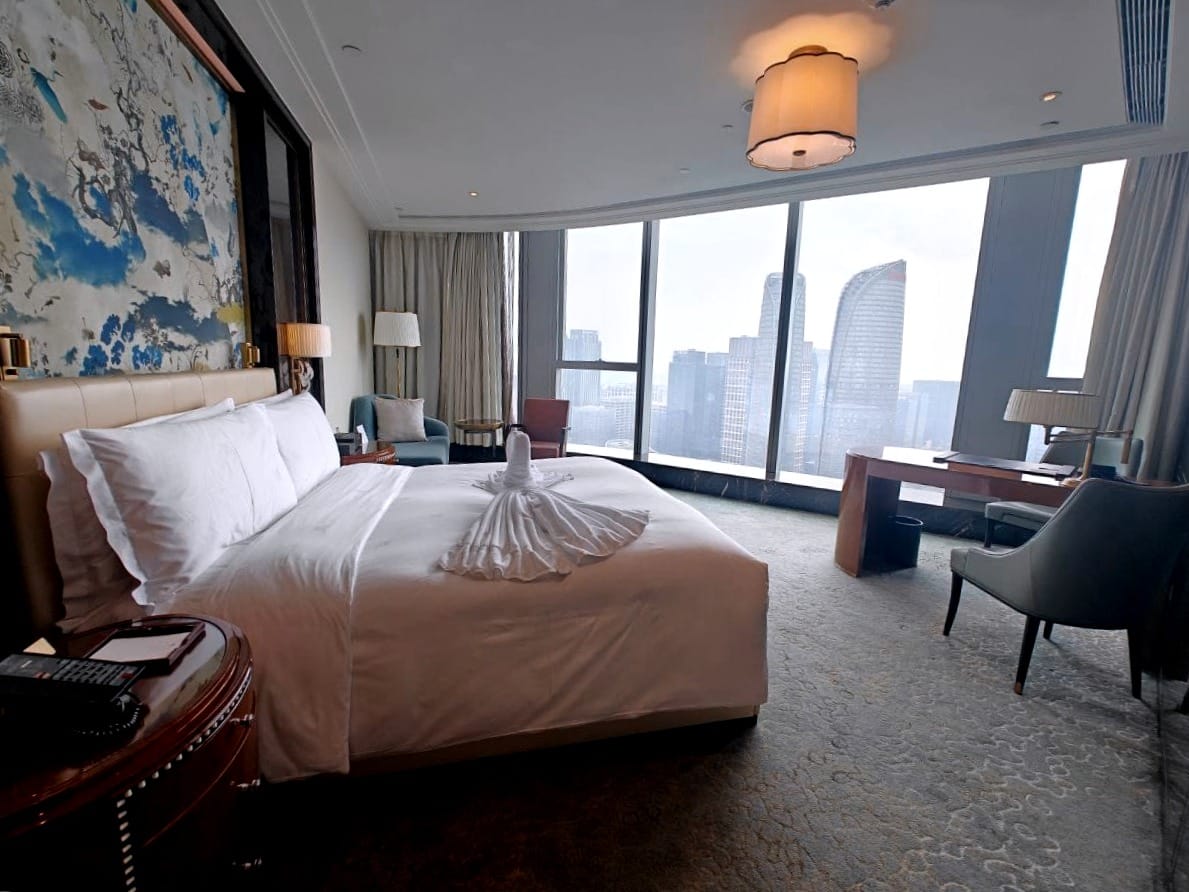
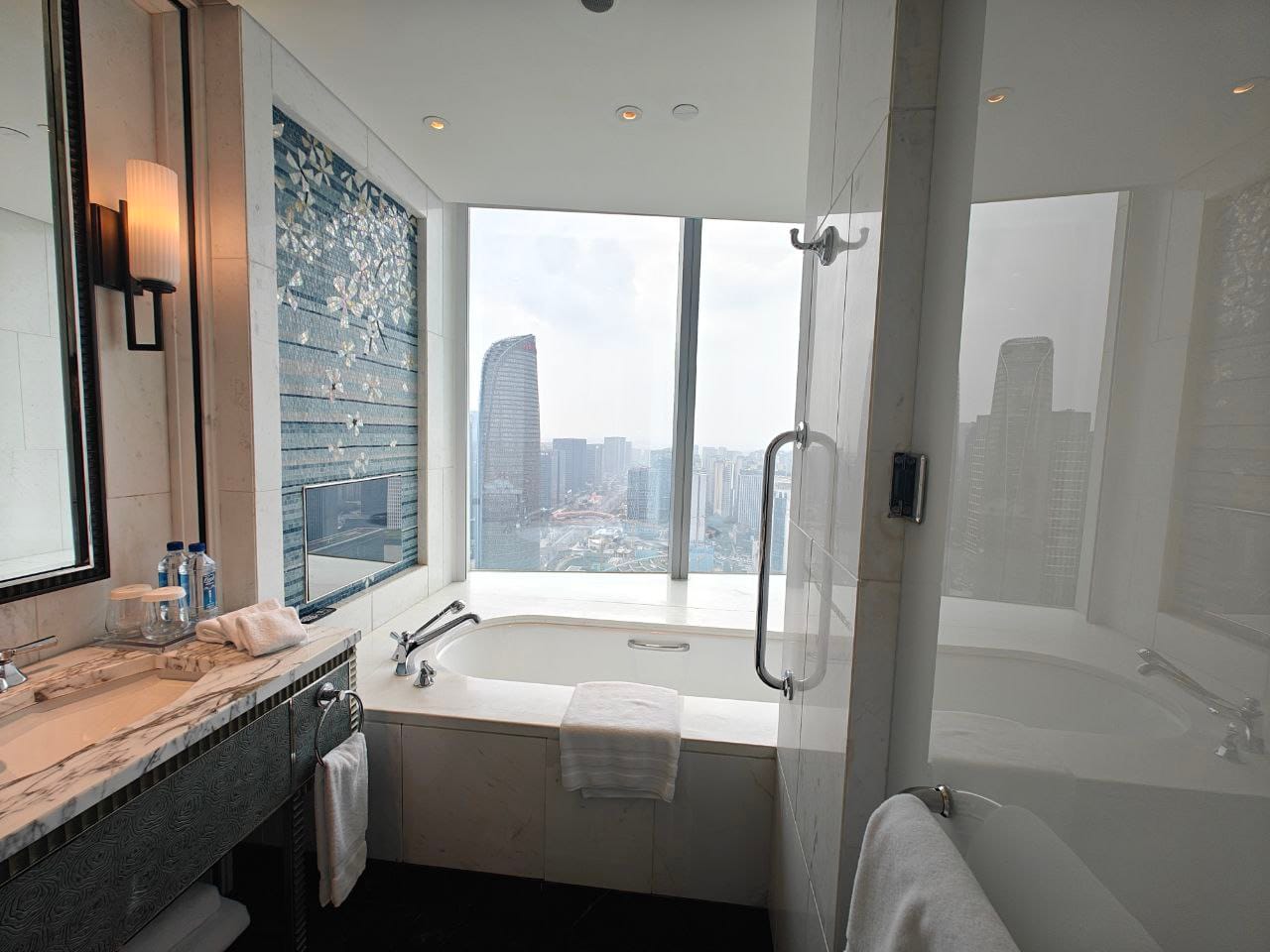
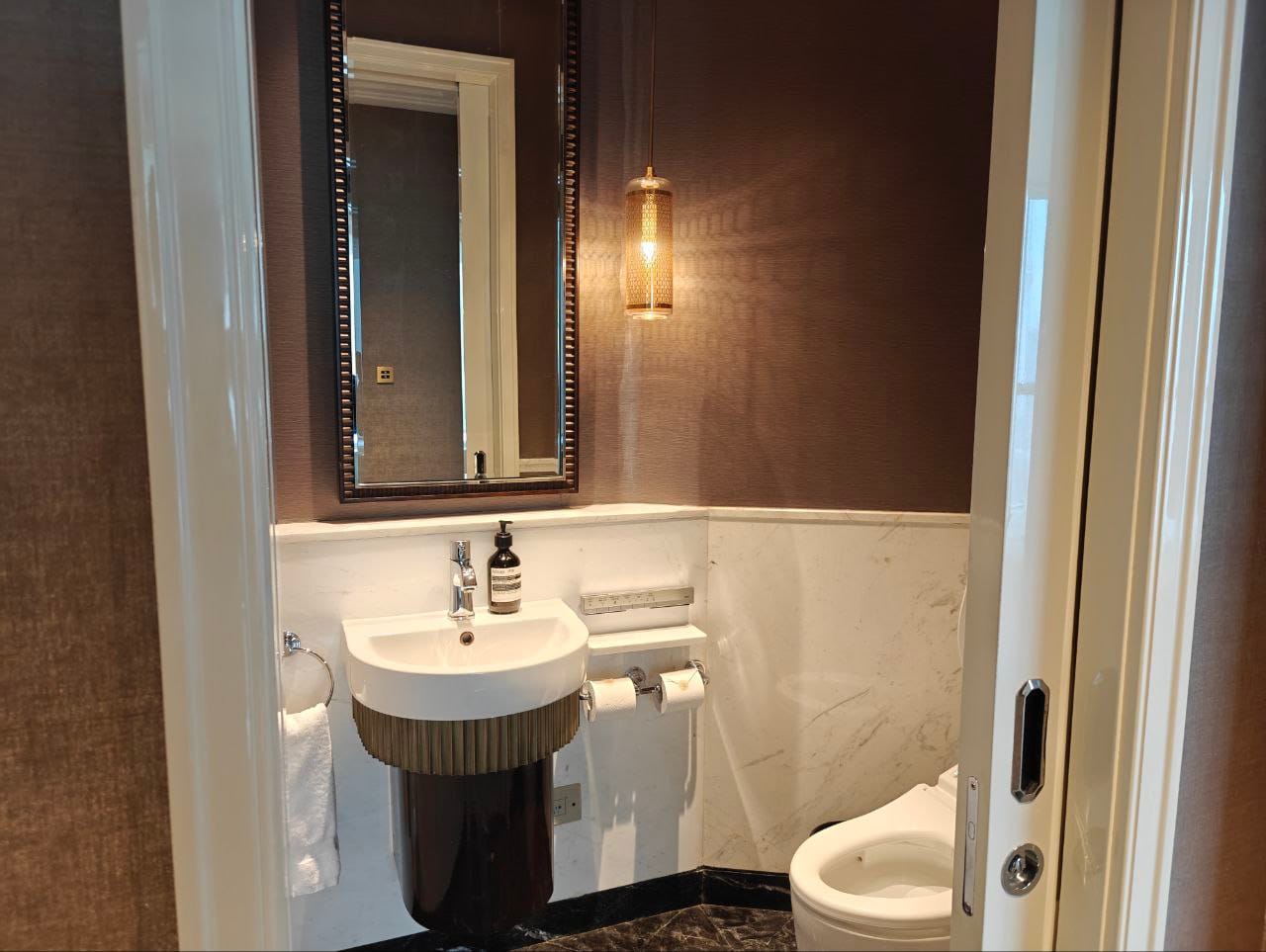
Breakfast buffet was at the 49th floor with local and international selections that were within expectations. There is also an ala carte menu with items available at a separate cost. Other amenities in the hotel include an indoor heated pool and a 24-hour fitness center at level 48 that are well-maintained, and a spa at level 49. When we were there, the Wall Street Rooftop Bar which can be accessed from the 50th floor has yet to open its doors.
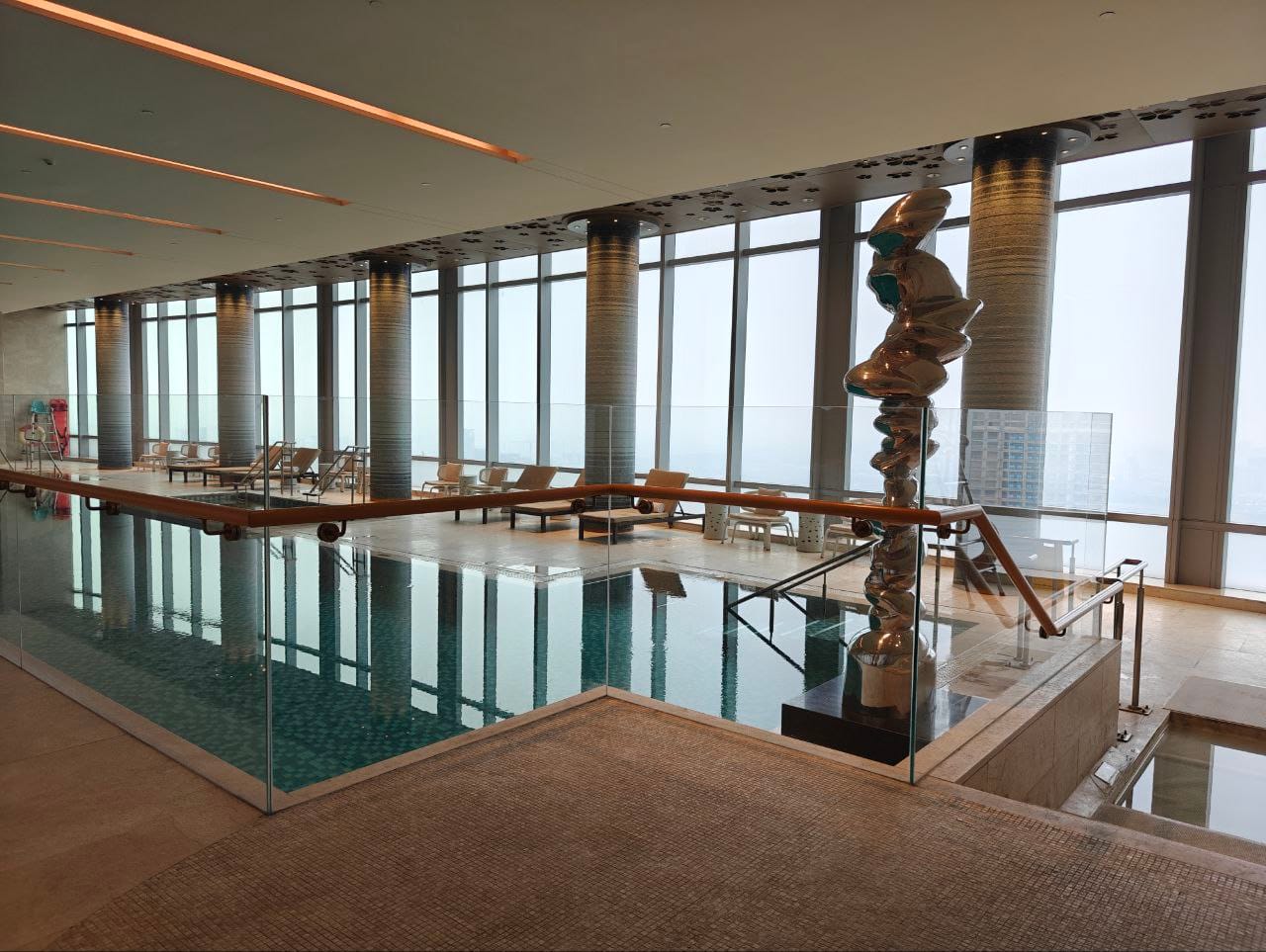

Dining: Yueman Dajiang Hotpot (IN99 outlet)
Rating 7.9/10
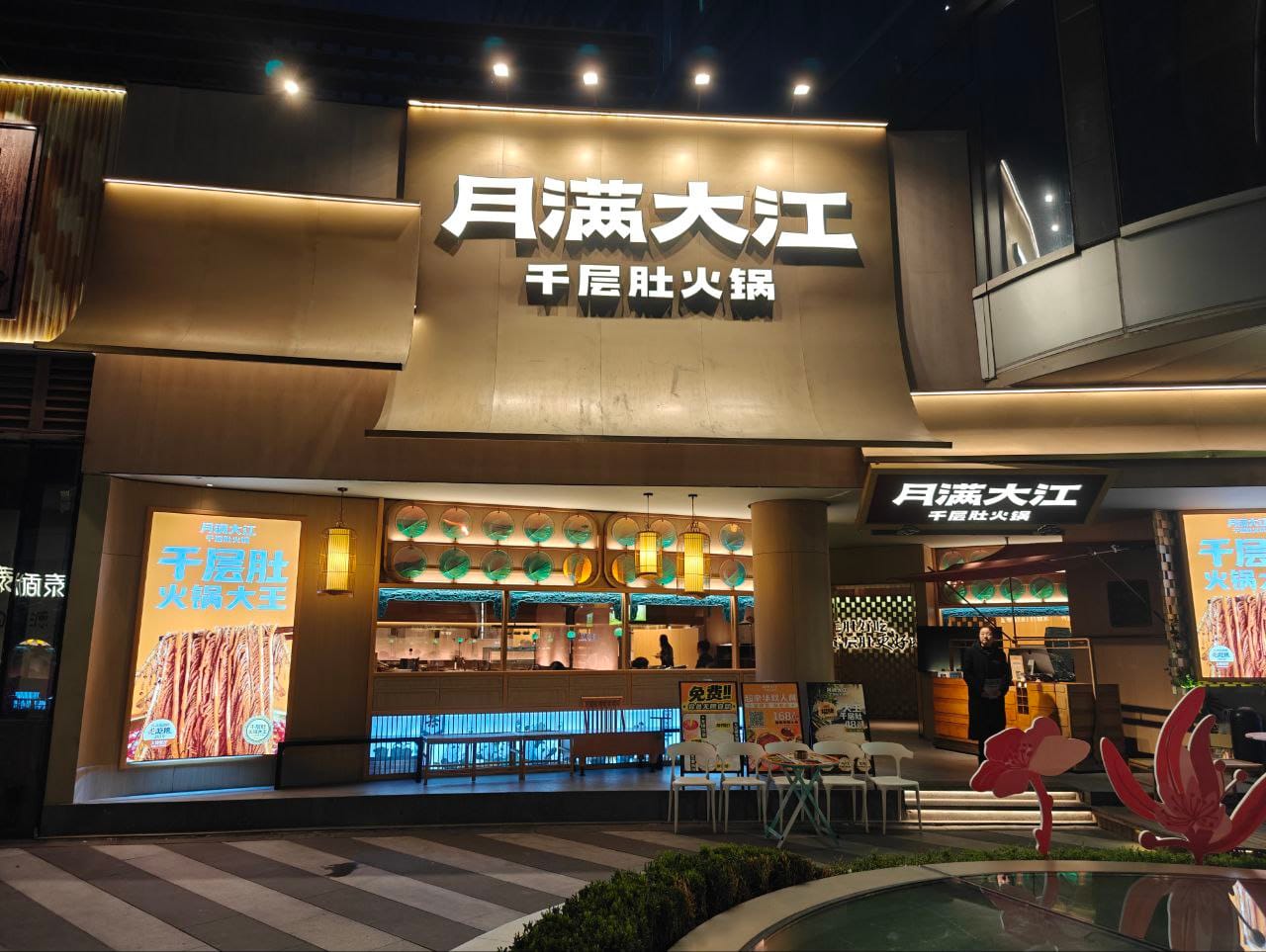
Sichuan mala hotpot is a must-have in Chengdu. We selected Yueman Dajiang Hotpot, a mid-tier option located in shopping mall IN99, which specializes in a specific part of the cow’s stomach. For soup base, we also had mushroom apart from the signature mala. We selected the least spicy option for the mala soup base and felt that it offered a sufficiently-manageable spicy kick.
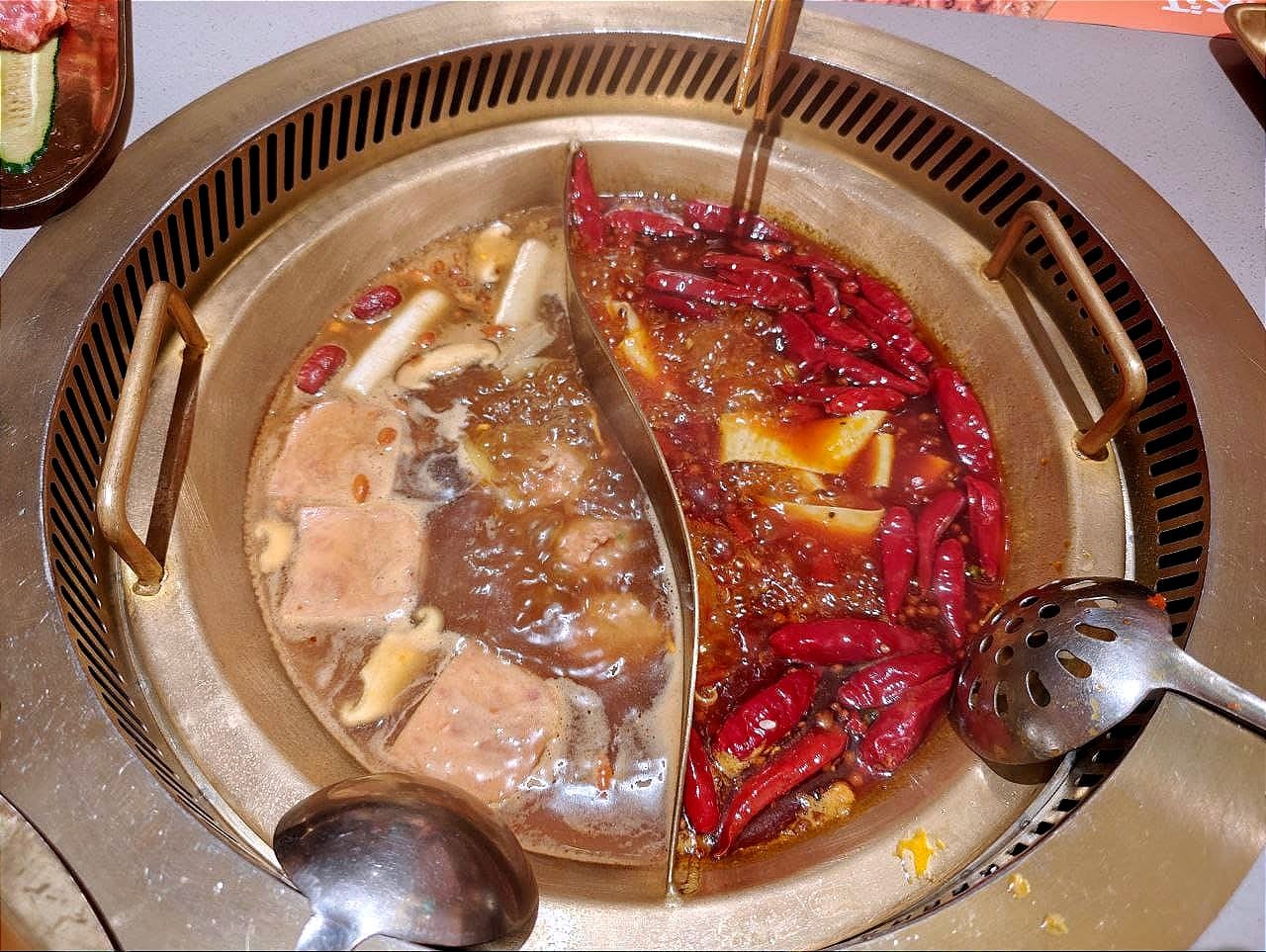
Guests could help themselves to free-flow handmade drinks like iced lemon tea, food condiments, as well as staples like rice and flat noodles (which we particularly enjoyed for its chewy texture).
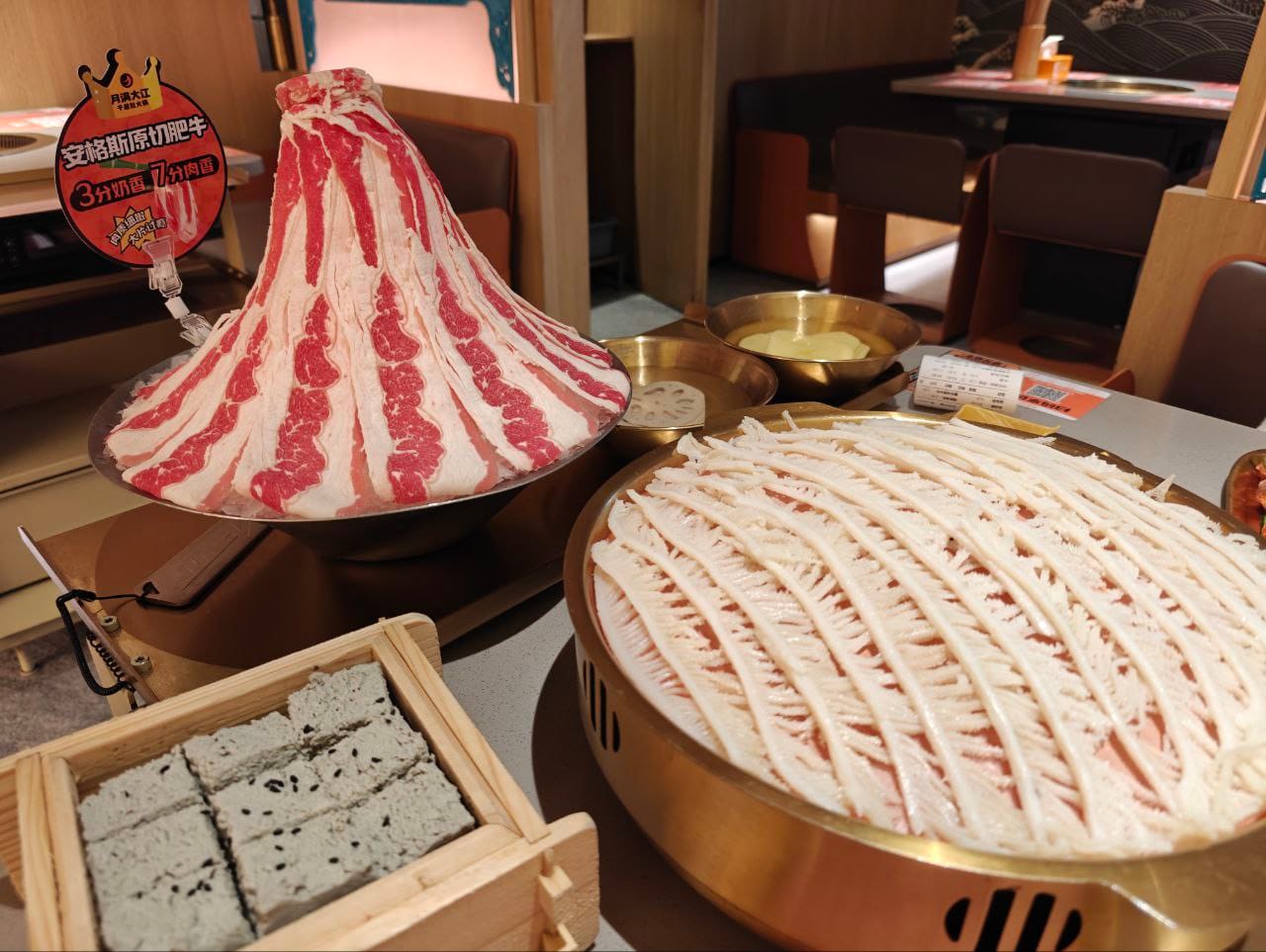
Their specialty “thousand-layer” cow stomach had a springy texture and was pretty mild in taste which complemented the mala soup base well. Typical to Chinese hotpot chains, service staff was generally attentive as well.
Dining: Bavin Door Feel (Taikoo Li)
Rating 8.1/10
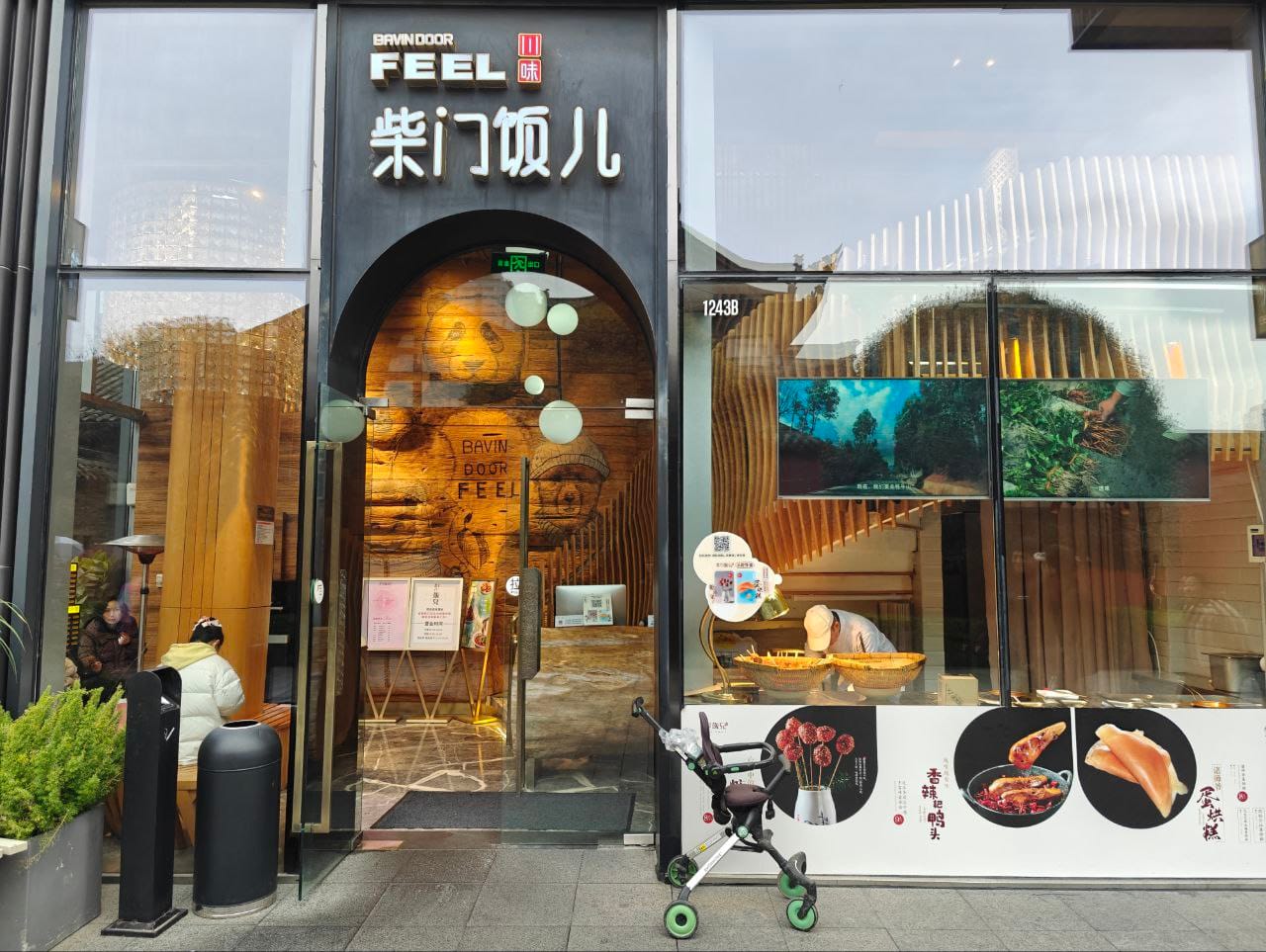
Sichuanese restaurant, Bavin Door Feel, is within shopping precinct Taikoo Li. It is a mid-range restaurant that serves up authentic and exquisite Sichuan dishes.
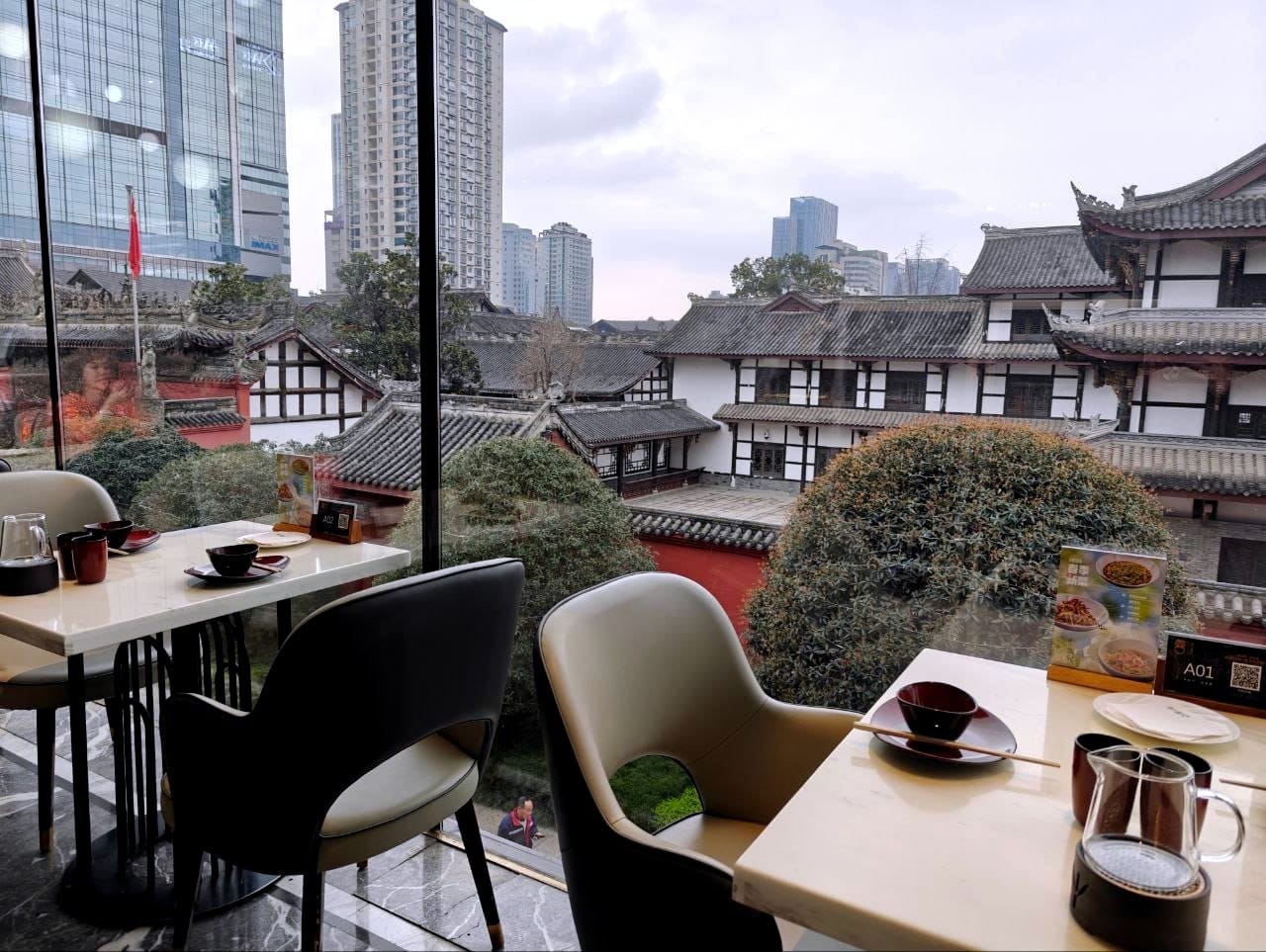
In addition to classics like mapo tofu, we also ordered other signatures not common outside of China, like tantan noodles and savoury cold noodle jelly. We especially enjoyed the vegetable dishes at Bavin Door Feel, such as stir-fried bamboo shoots and braised radish, as the ingredients retained their original refreshing taste despite being cooked in rich sauces.
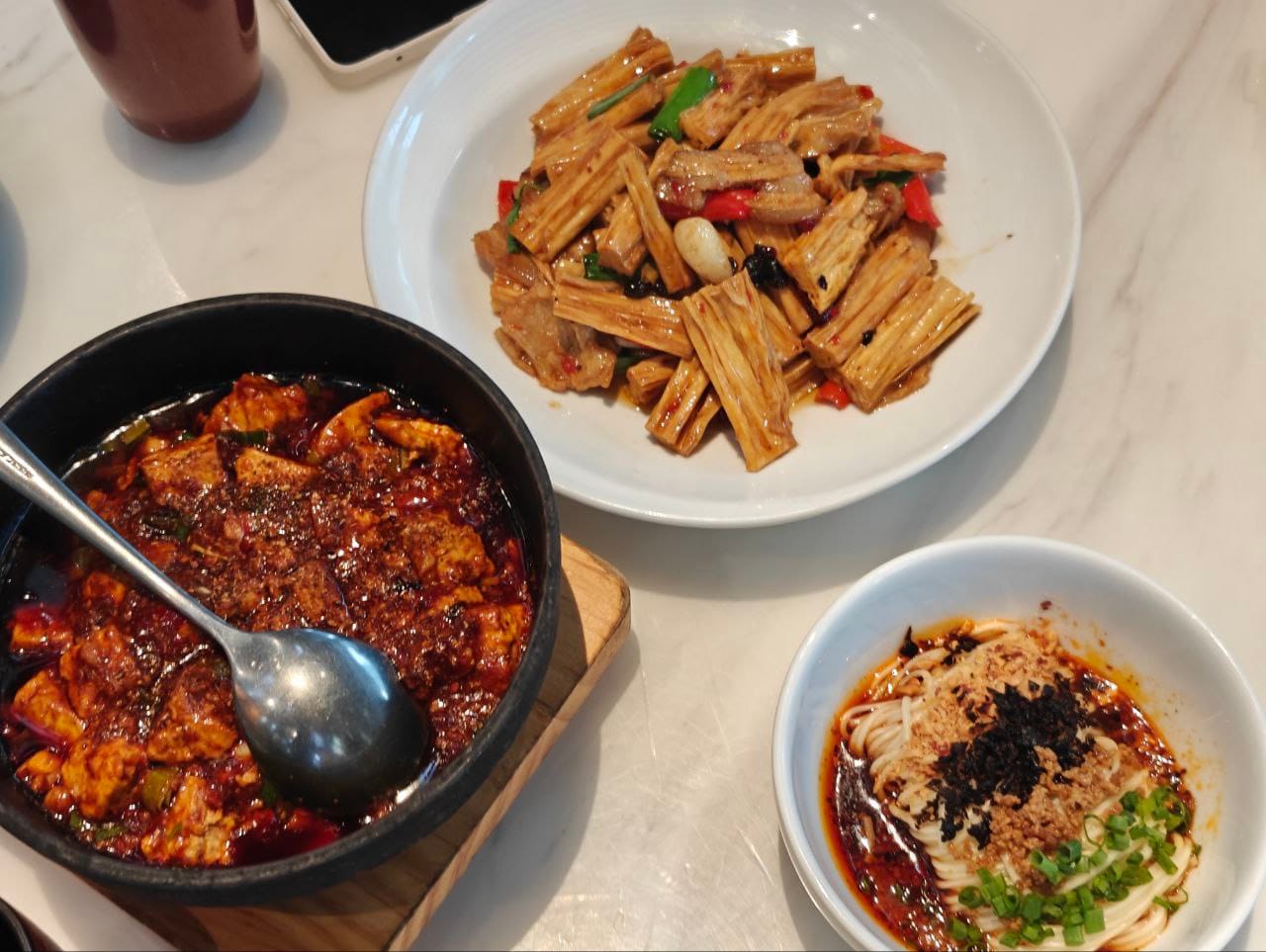
Overall, this restaurant will be a good option as a one-stop for good quality Sichuan dishes. If there is a long waiting time for the restaurant, the surrounding shopping streets around Chunxi Road have plenty to explore, including the famous LED screens with 3D animations and the panda at IFS mall. Daci Temple is also a cultural attraction just outside Bavin Door Feel restaurant.
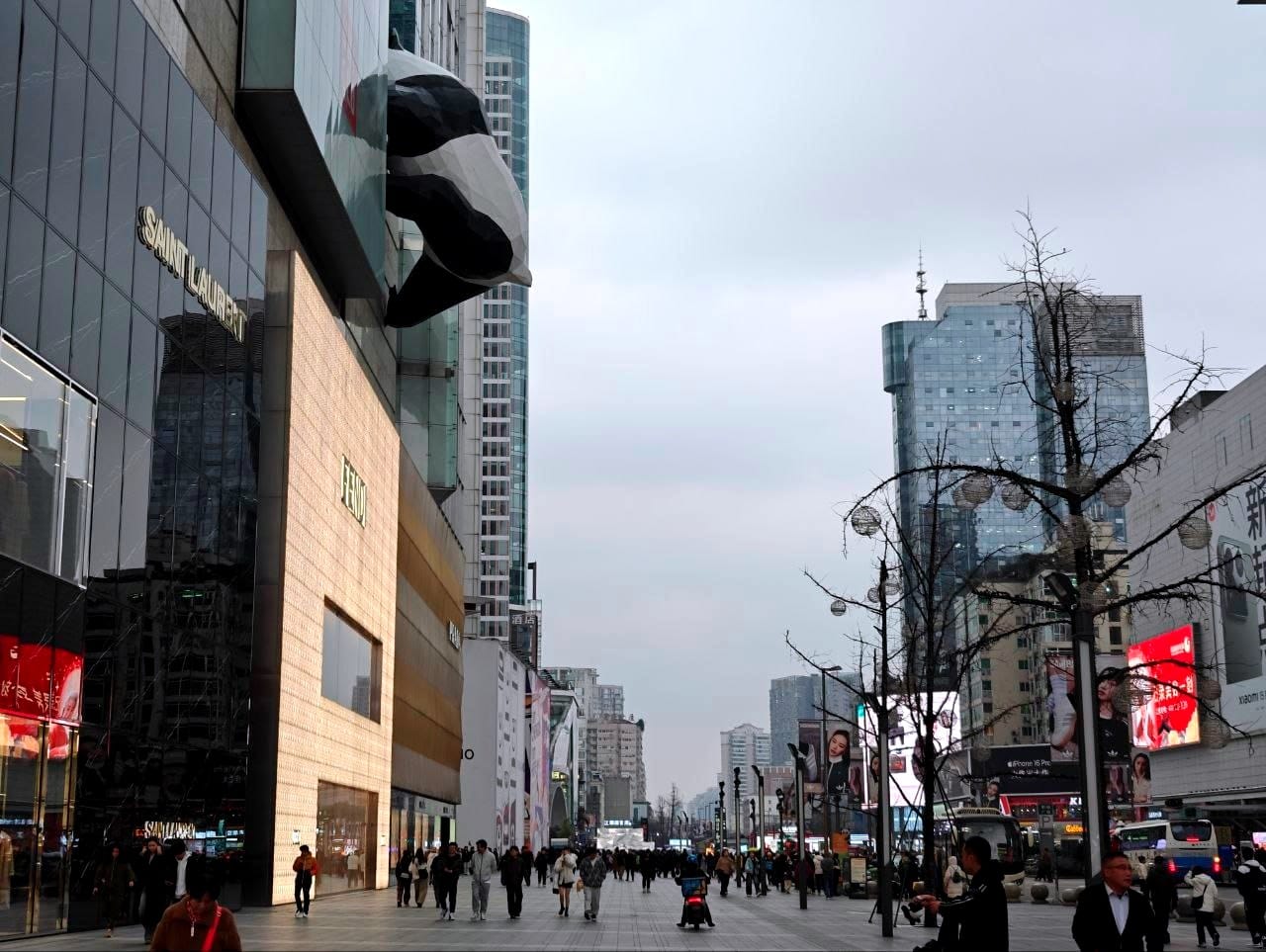
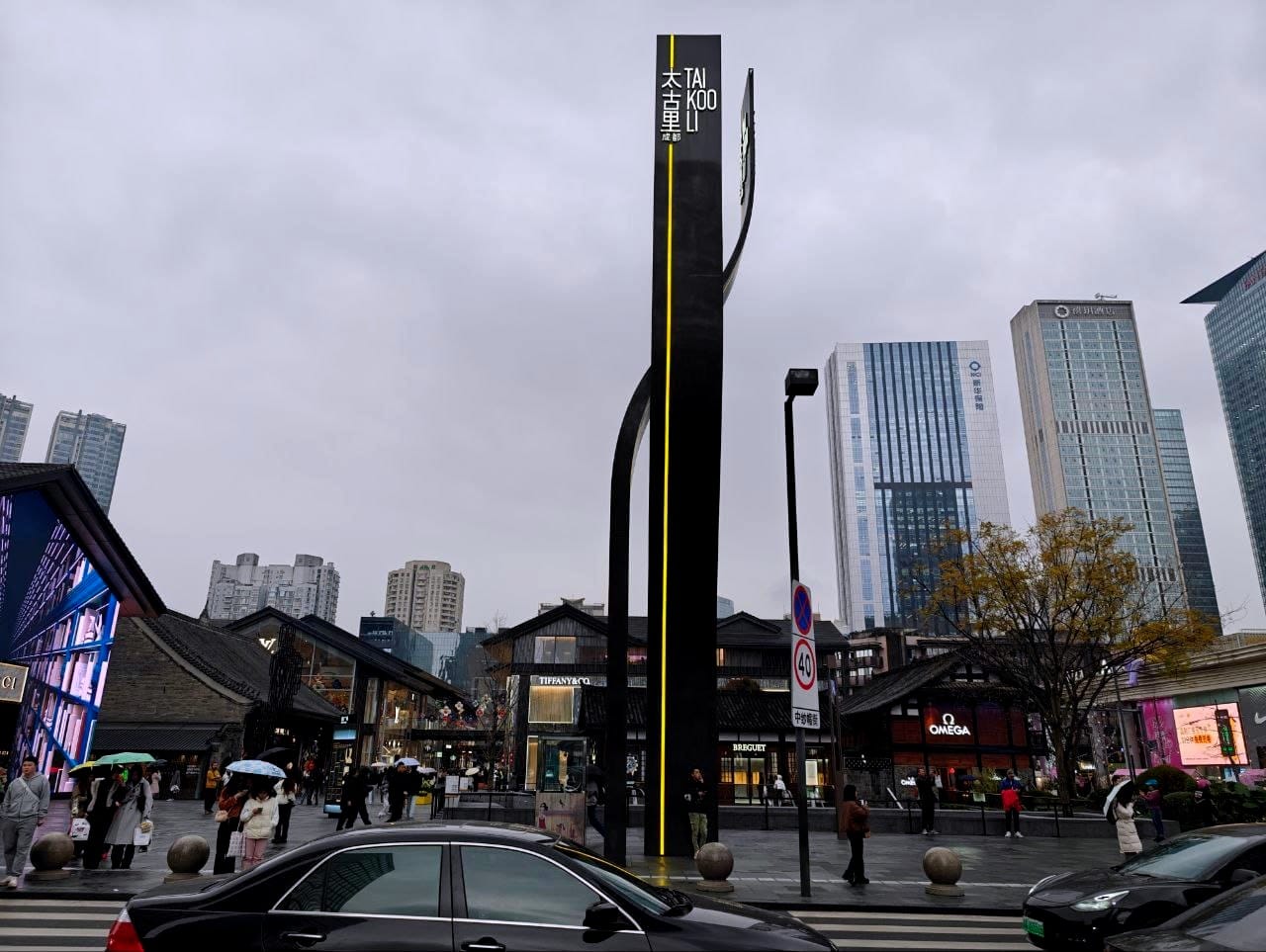
Activity: Dacheng Jiangnan Spa
Rating 7.7/10
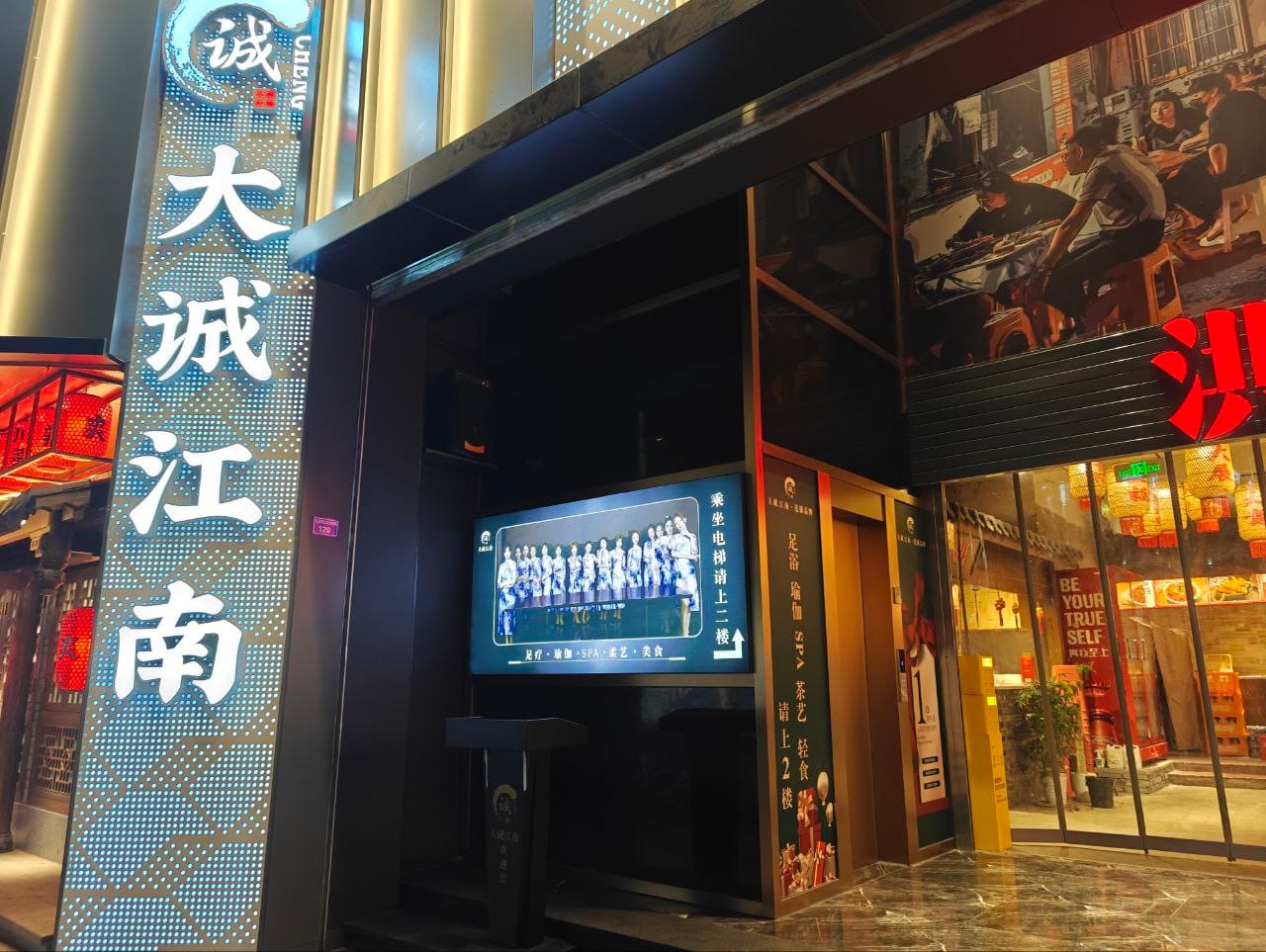
Something that we found unique to China are its spa centers, where the experience isn’t limited to spa services but includes dining and entertainment facilities as well. Dacheng Jiangnan Spa, near Chunxi Road, is one that we tried this trip.
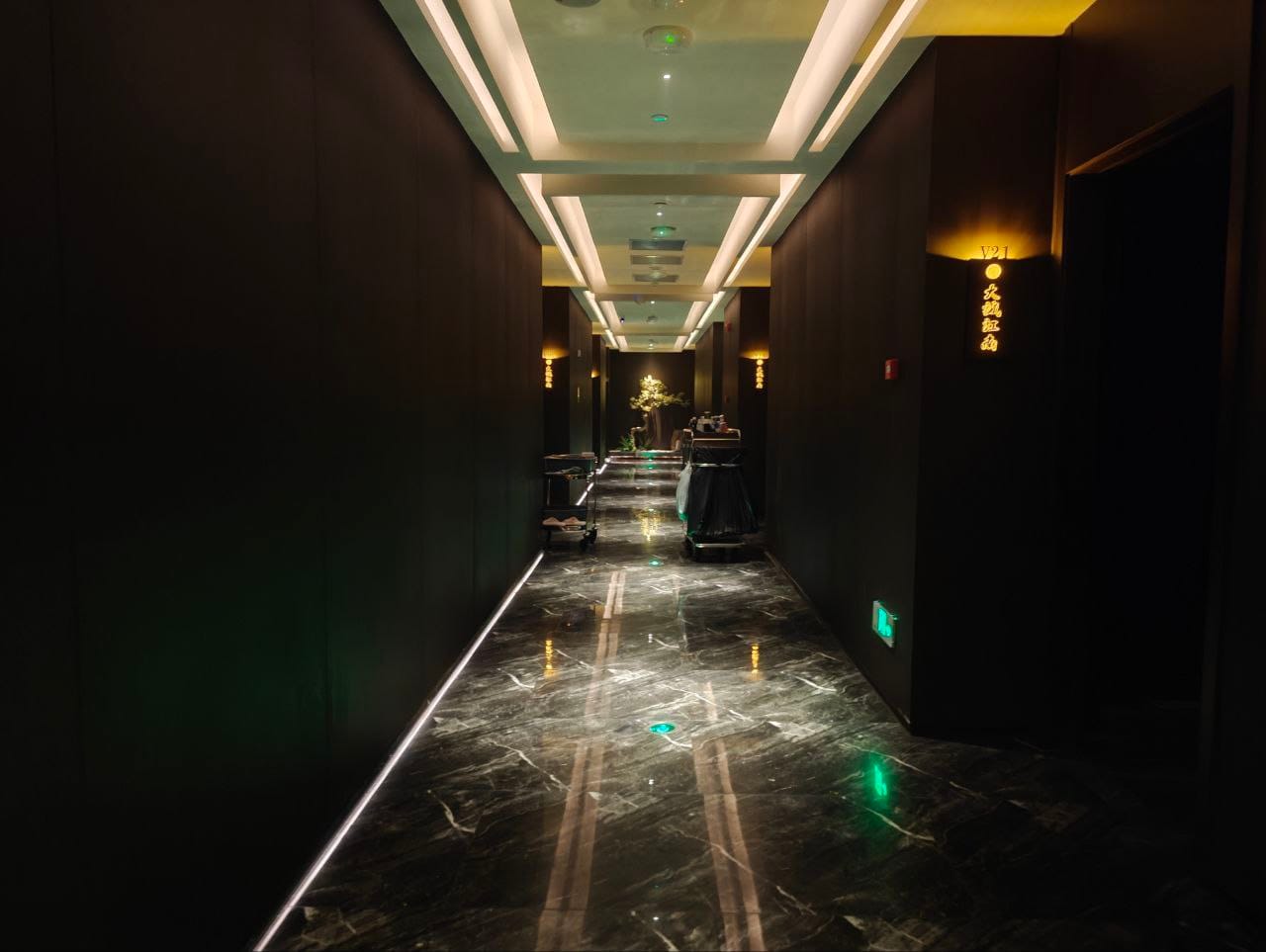
Our first impression upon entering the establishment, was the sheer size of the compound. The spacious entrance and main waiting area branched out to multiple corridors leading to private treatment rooms. Private rooms come in capacities of 1 to 4 pax and include an ensuite bathroom complete with a shower area.
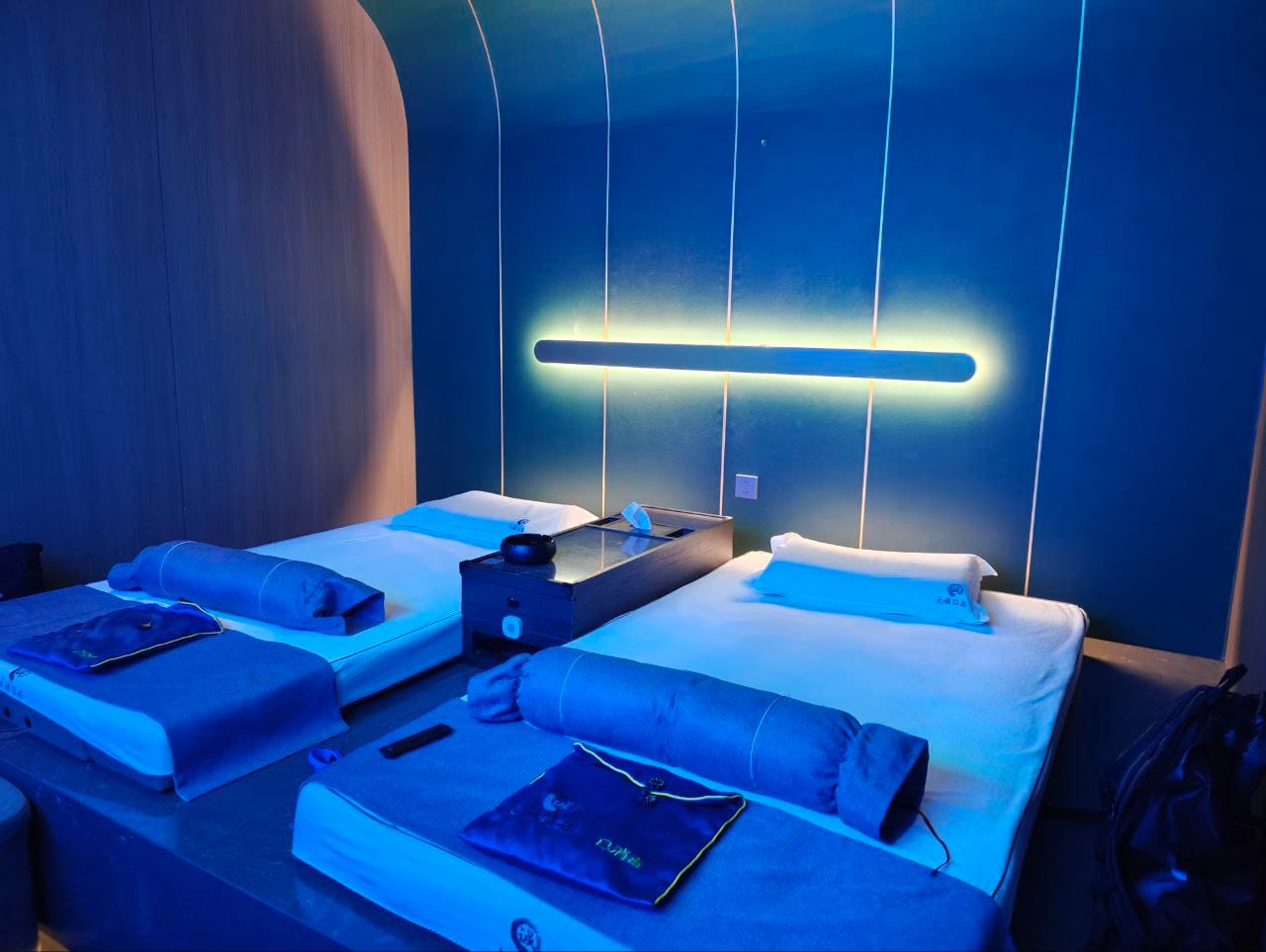
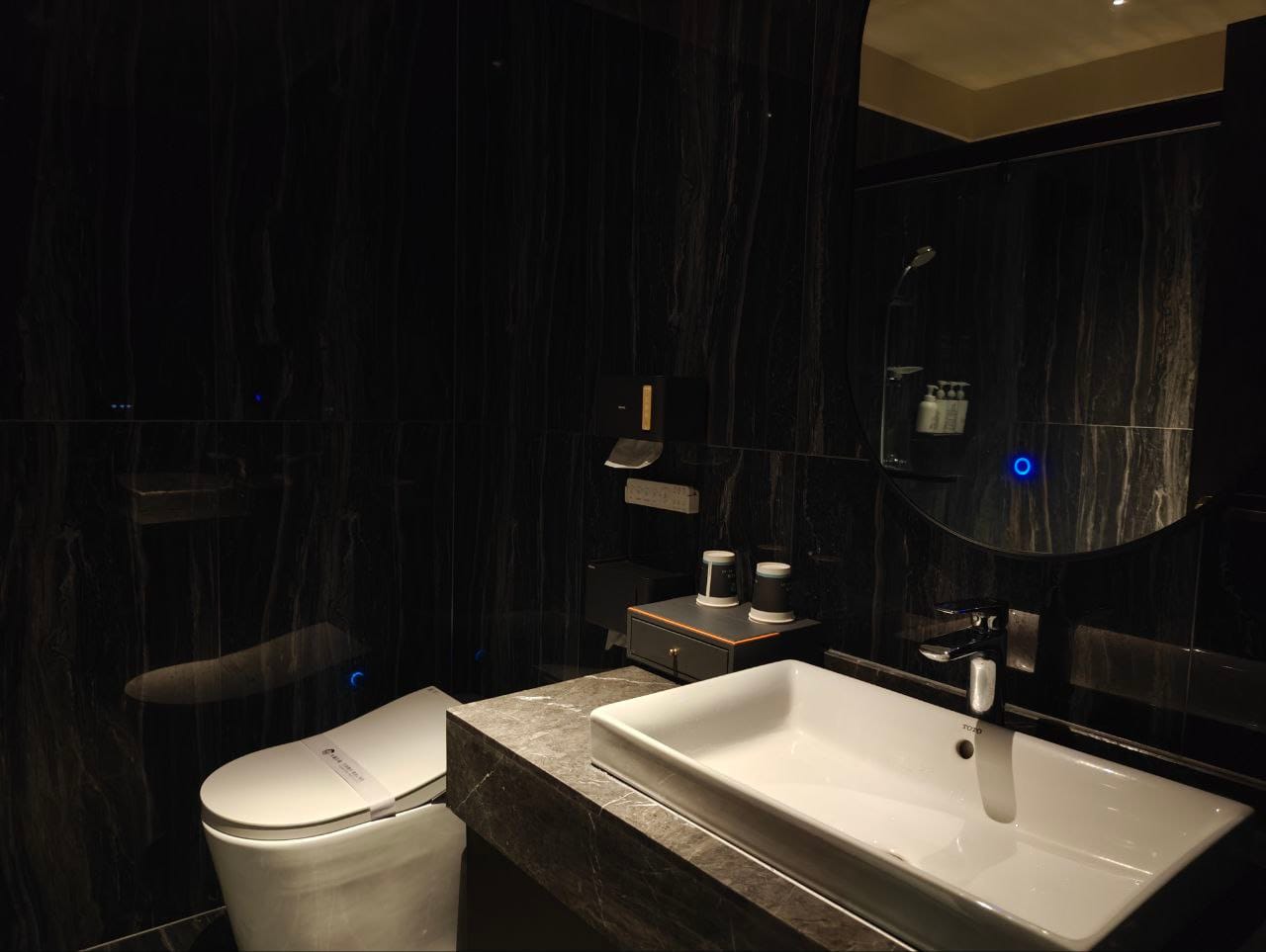
Prior to our visit, we called to make a reservation that same afternoon. As we visited shortly post-dinner, we took a basic 70-min massage package with a small selection of food and beverage options. Upon entering, you’d be provided with a change of outfit. The private treatment room also had a projector with access to local programs and movies that you can watch while enjoying your massage.
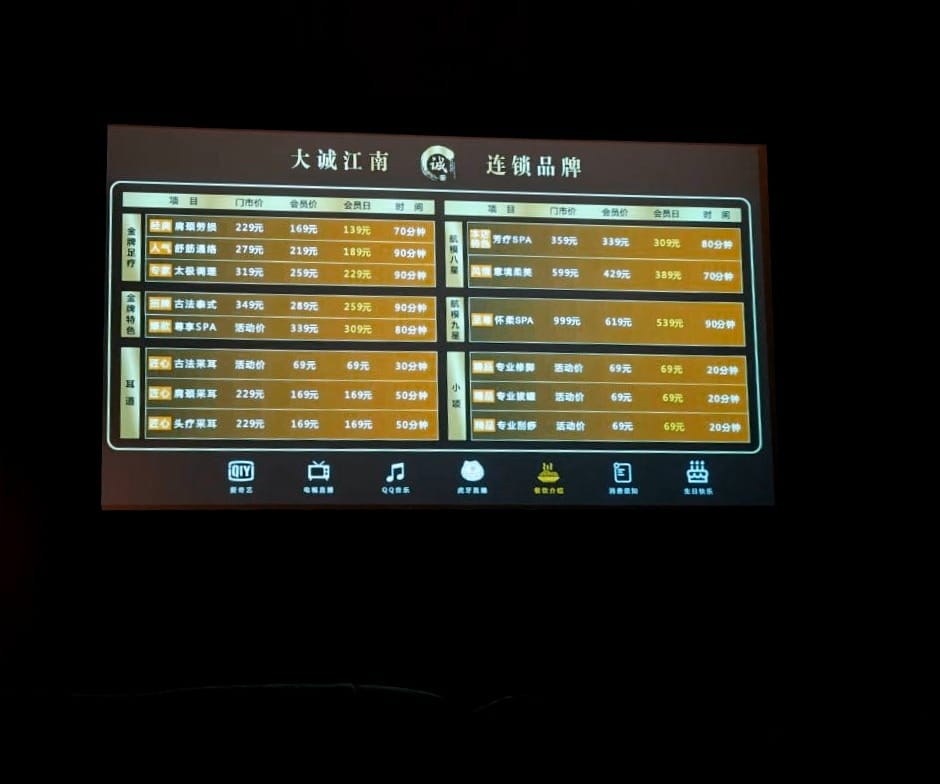
Food and beverages, such as beef noodles and milk tea, can be ordered via a QR code and will be delivered to the room. They made for good snacks but were nothing to shout about in terms of taste or quality.
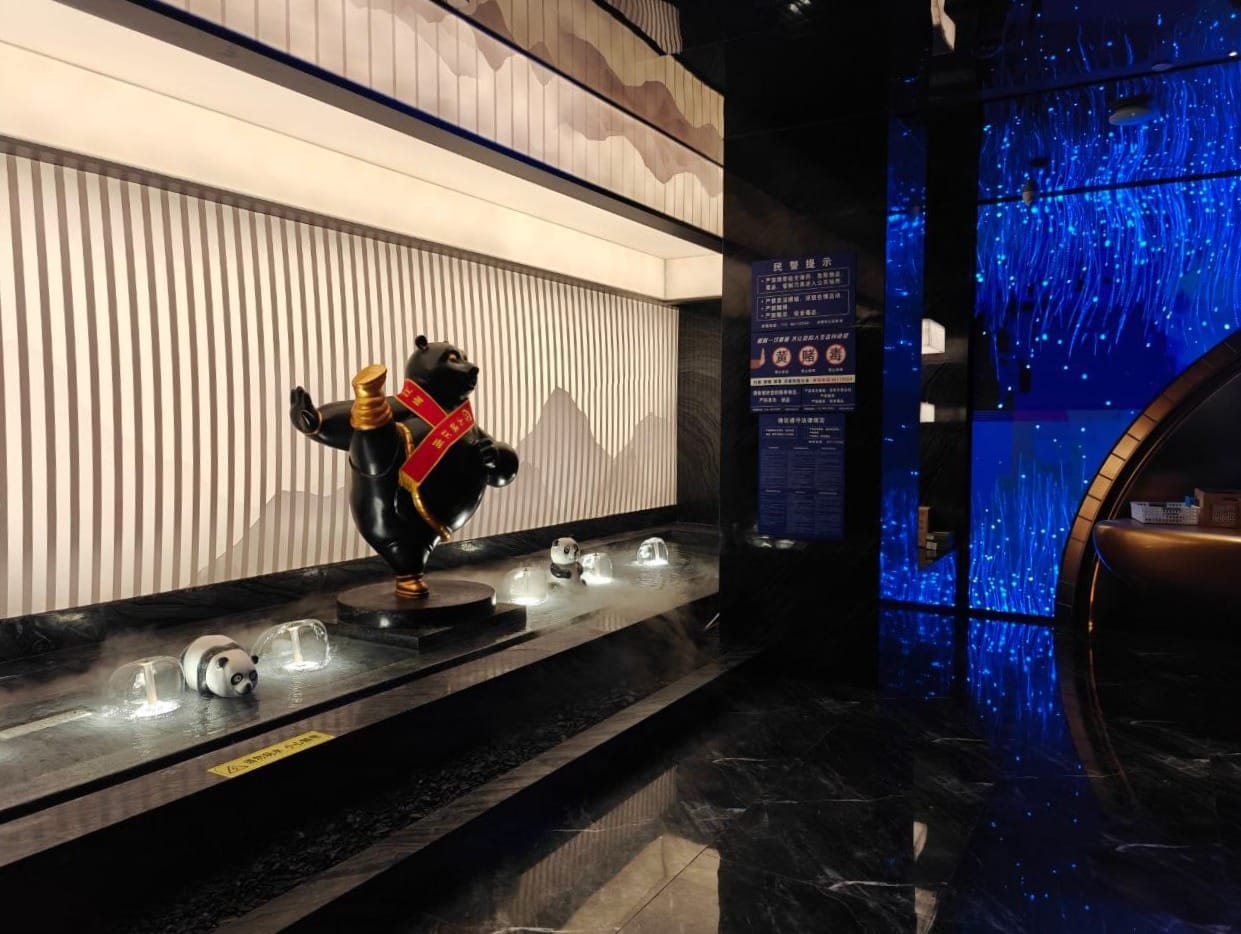
As we visited on a Friday evening, which was peak period, we were informed that we could stay in the room for 30 minutes post-massage to continue enjoying the entertainment and dining services. Depending on the crowd situation, there were reviews that mentioned staying for close to 4 hours. For a top up, one could also choose to spend the night there.
Overall, the experience was interesting, although the massage service can be rather inconsistent depending on the masseuse allocated.
Activity: Chengdu Panda Valley Research Base
Rating 8.0/10
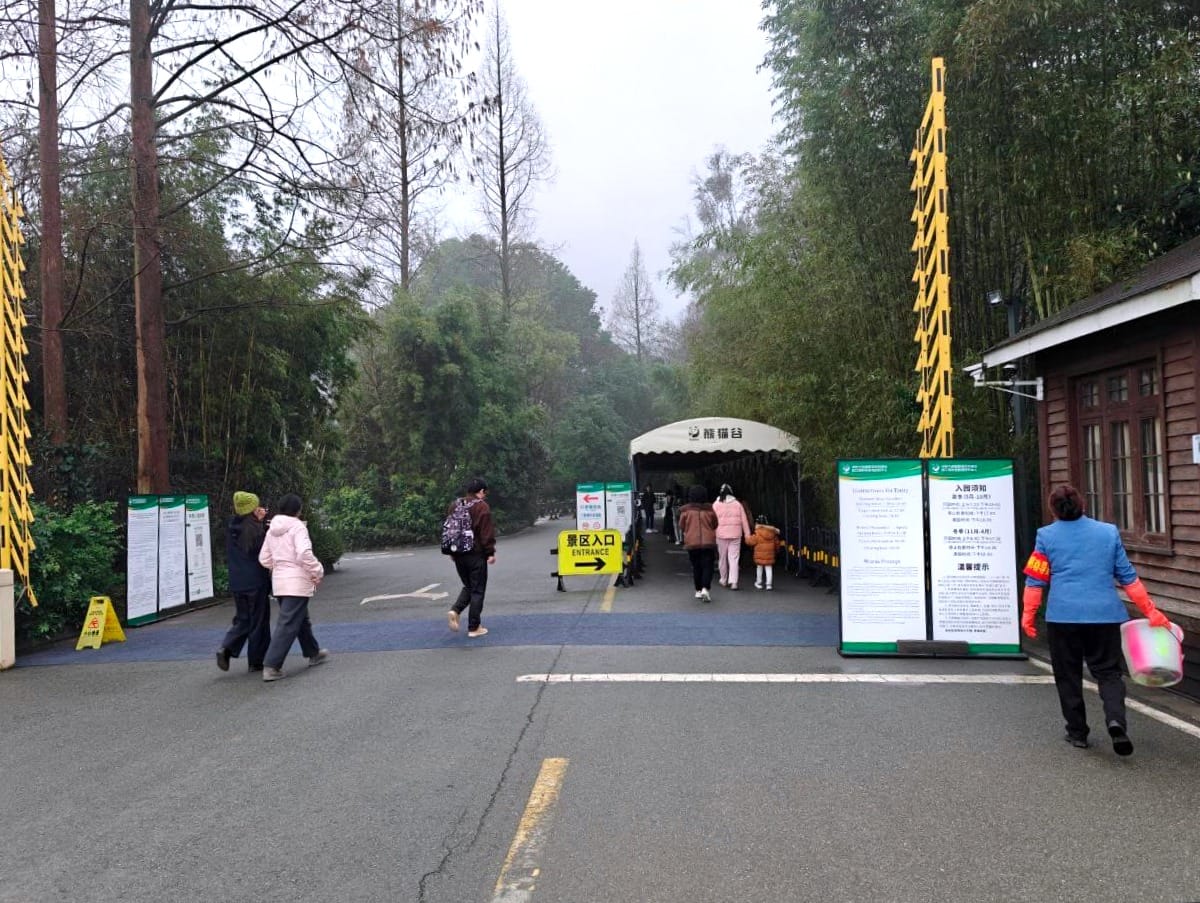
A trip to Chengdu is not complete without giant pandas. There are two main giant panda research centers in Chengdu: Chengdu Research Base of Giant Panda Breeding closer to the city (and understandably more popular with tourists), and Chengdu Panda Valley at Dujiangyan City. As we were at Qing Cheng Mountain Town, we went to the latter since it was only a 15-minute car ride away.
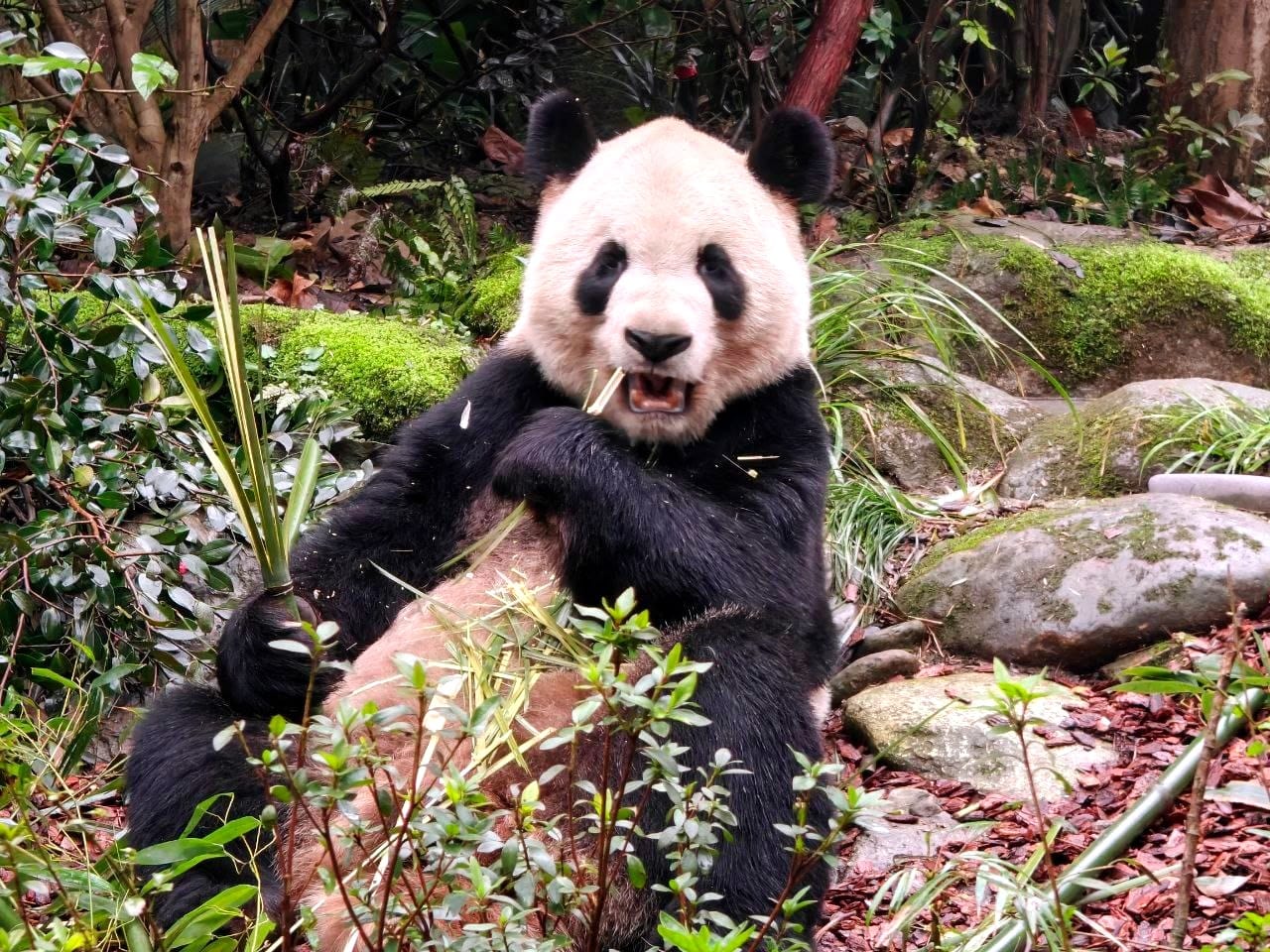
Giant pandas are active in the early morning, hence we arrived at 8:30 am and managed to catch them in the middle of breakfast. Do note that the next feeding time is 1:30 pm, and they will typically be napping between mealtimes.
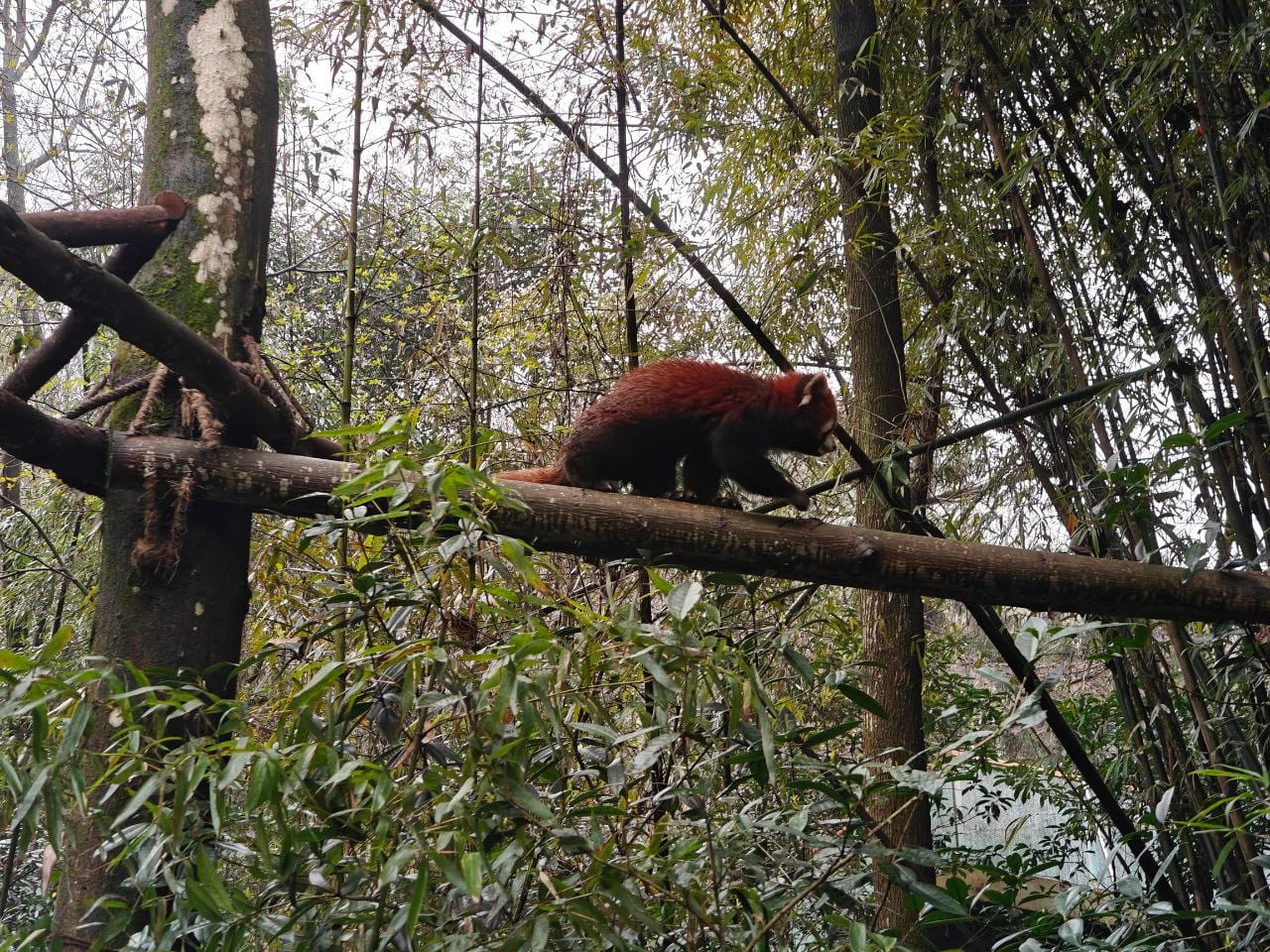
On top of giant pandas, there is an open forest that houses red pandas. We were lucky to spot one navigating between the branches up close.
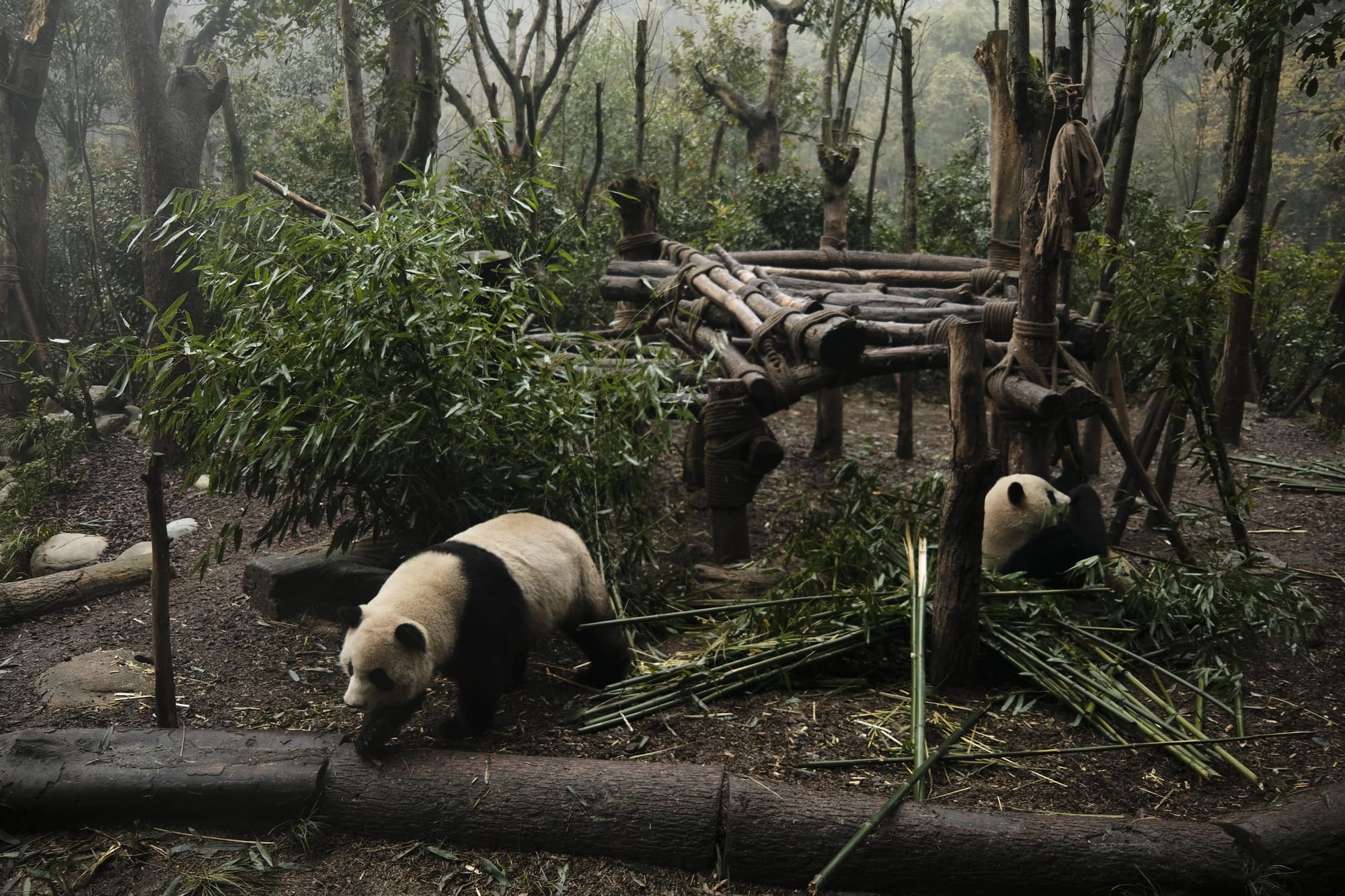
Although star giant panda Huahua isn’t in this reserve, we felt that the thinner crowds and the opportunity to observe the giant pandas at close proximity definitely didn’t pale in comparison.
Activity: Xiling Snow Mountain
Rating 8.6/10
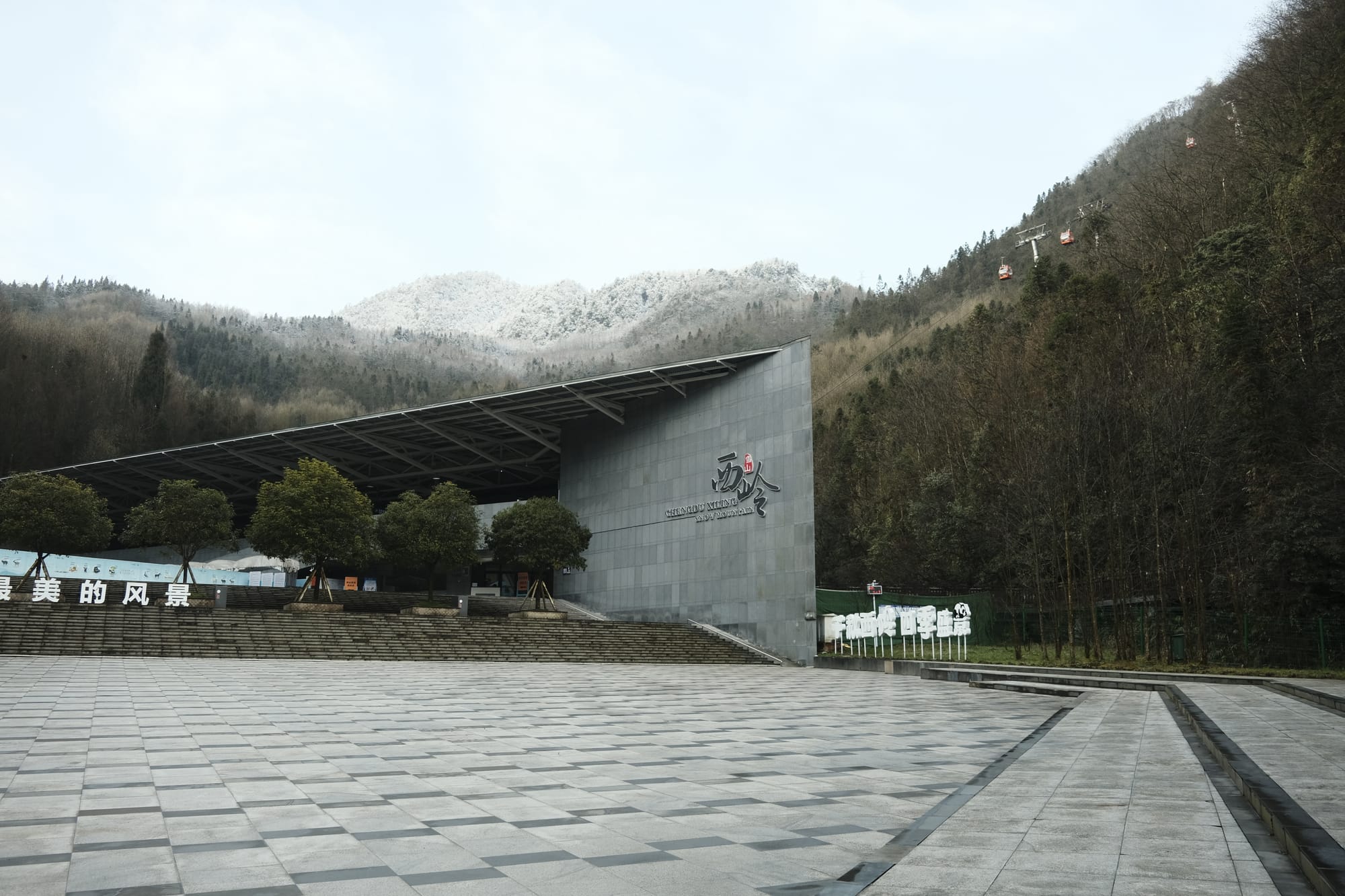
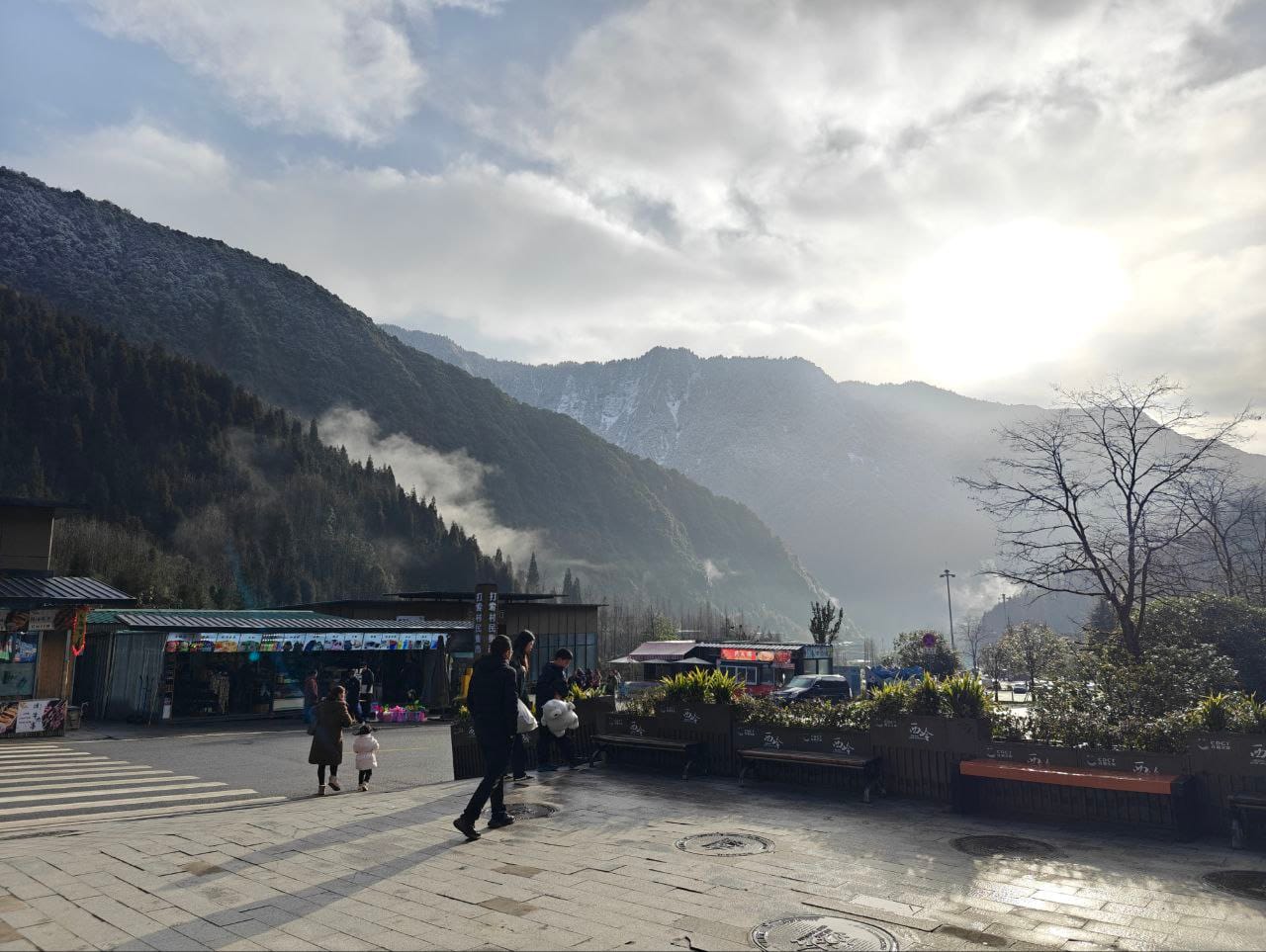
While trips to Dujiangyan and the Panda bases are the most common tour destinations outside of Chengdu city, it was Xiling Snow Mountain, a ski resort that is a 2-hour drive away from the city, that made the trip for us.
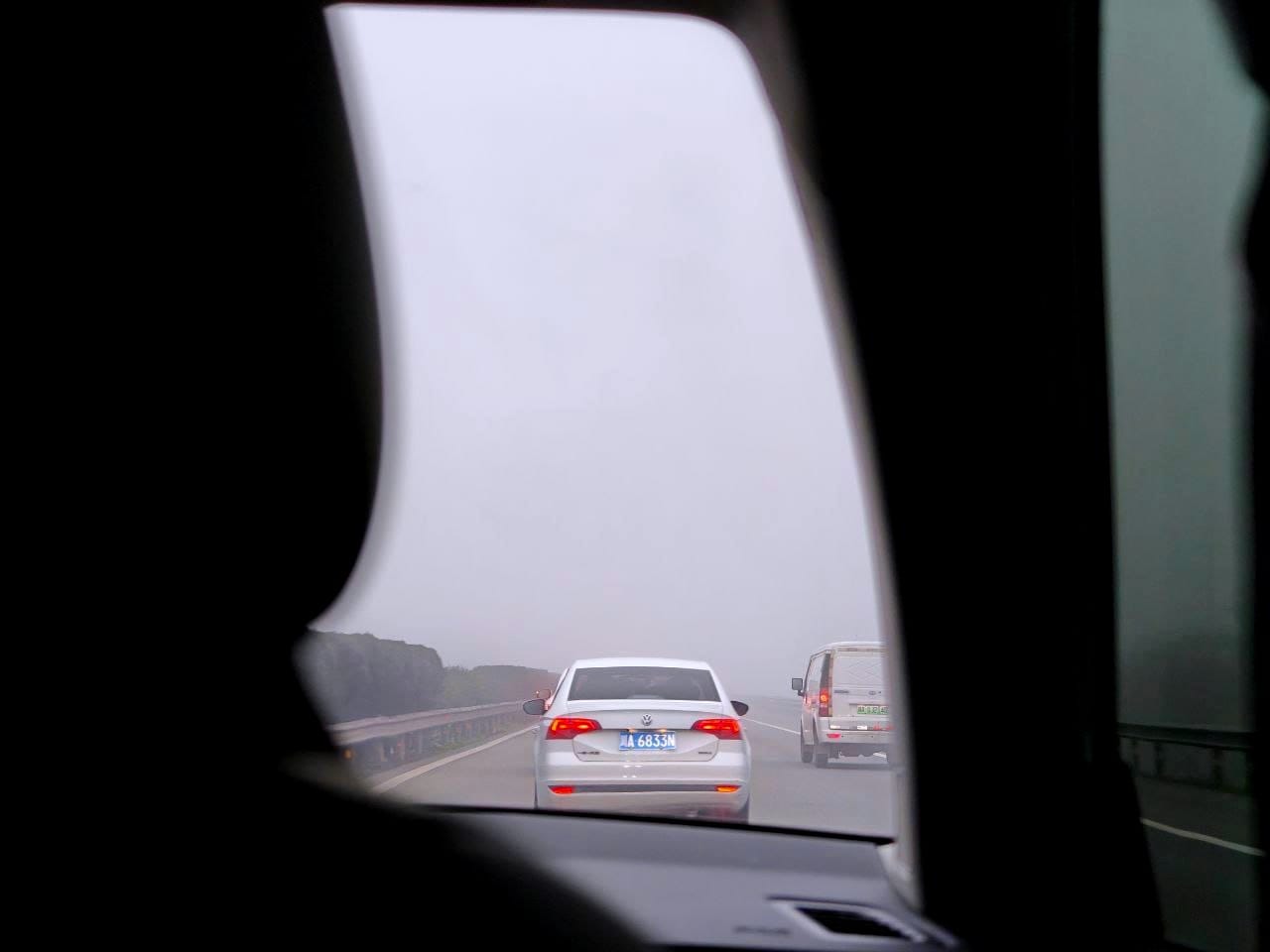
Being a less popular spot for foreign tourists, there are not many good options to get there. While there are buses which can take us to the scenic mountain area, timings are infrequent and most involve transfers. We eventually decided to book a private car with driver via Ctrip, where we could customize our itinerary conveniently. As our luggage was with us, this option also saved us the hassle of looking for a storage solution while we explored the mountains. Hiring a driver on Ctrip may be more complex but it can be substantially cheaper than booking a Xiling tour on Klook or Viator.
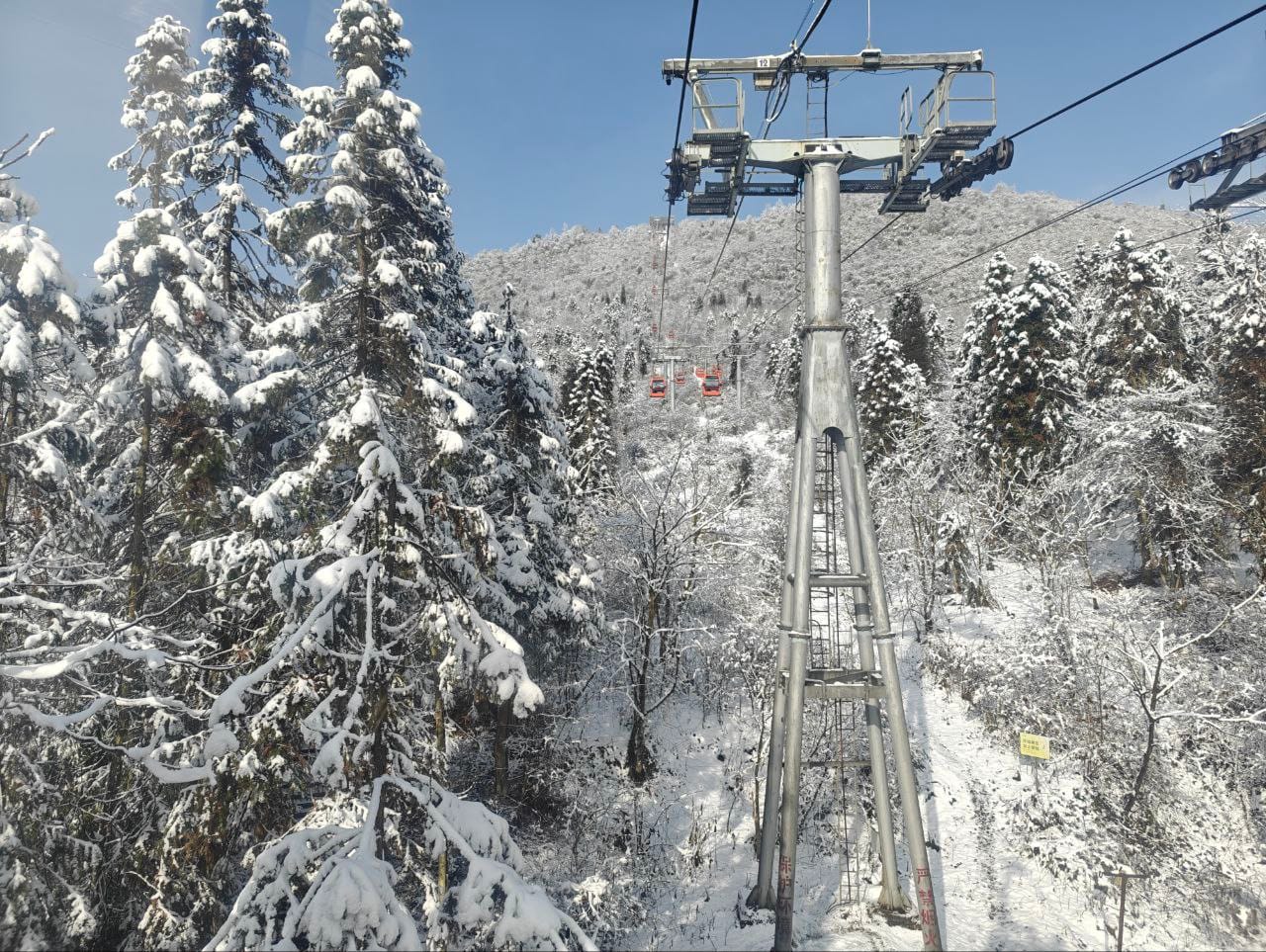
For optimal views of the snow mountains, we recommend arriving as early as possible, before visibility gets obscured by fog. We arrived shortly after its opening at 9 am. Since it was the tail-end of winter, we noticed that the snow has slightly melted closer to the foot of the mountains. On the flipside, crowds were thin despite it being a weekend and there weren’t any queues for the facilities.
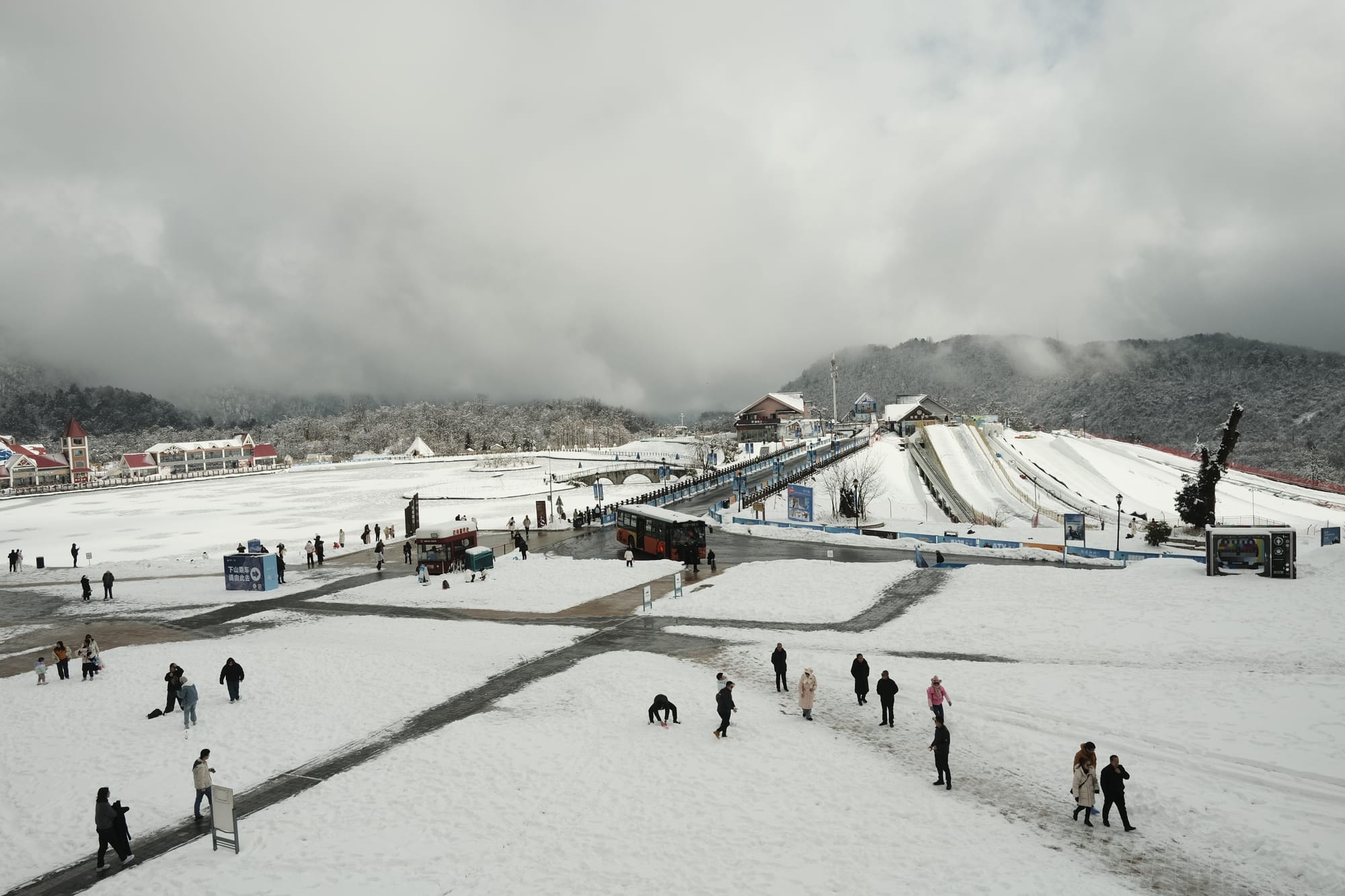
Xiling Snow Mountain is sectioned into two main areas, a ski resort and Yuanyang Lake at the mid-point, followed by the Sun and Moon Platform at the peak of 3250m above sea level. Both points are easily accessible via cable car. You could choose to purchase either one or both legs of the cable car ride depending on your preferences.
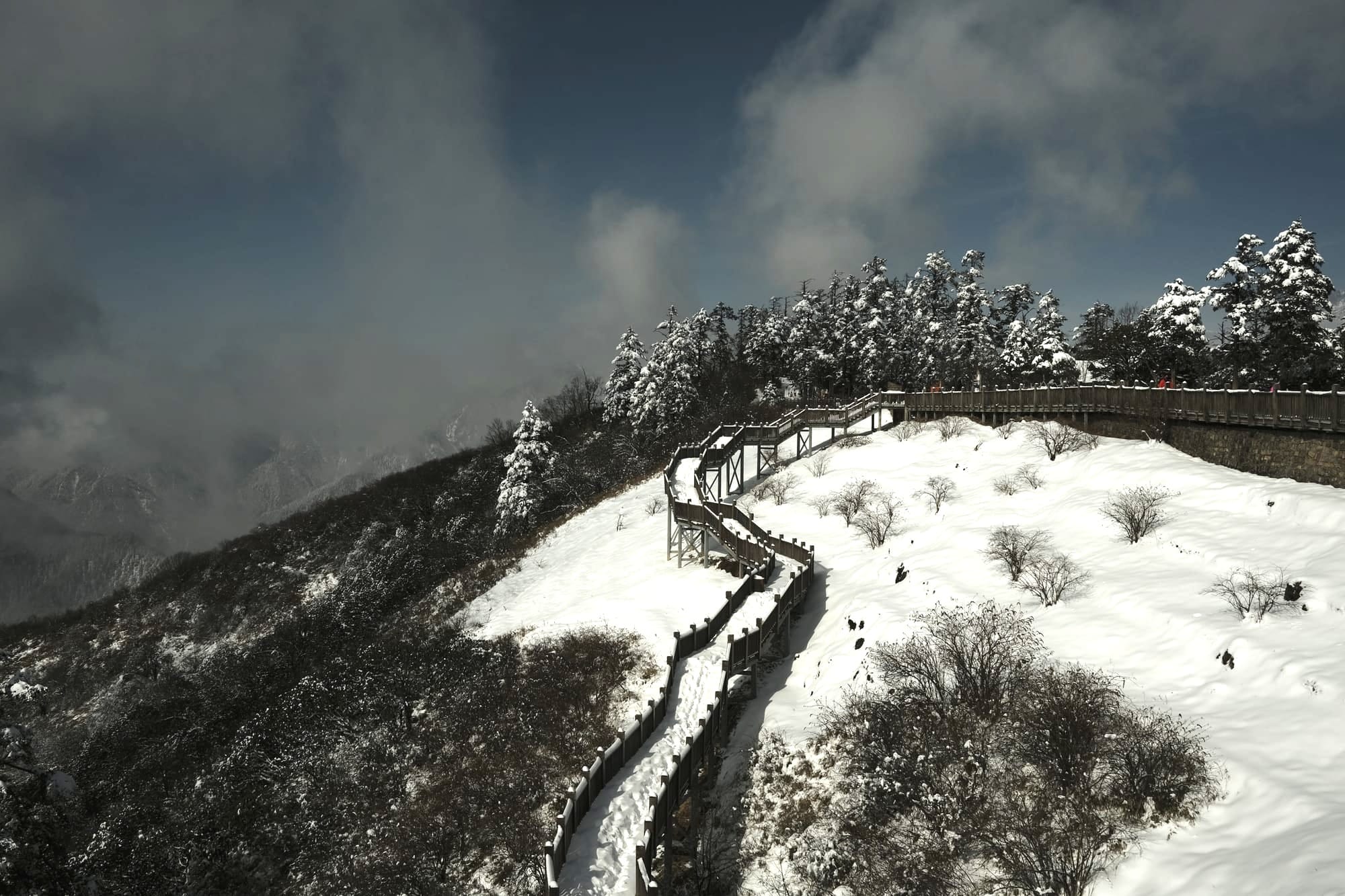
We arrived at the peak at about 10 am and were rewarded with the breathtaking view of snow-covered mountains among a sea of clouds. Regardless, the entire town with wooden cottages and pine trees blanketed in thick snow is already a sight to behold. Visitors are advised to purchase anti-slip shoe covers to prevent slipping in the snow and wear sunglasses for protection against the glare of the snow. We bought our anti-slip shoe covers for only a few dollars near the tourist centre carpark at the foot of the mountain.

For visitors with more time to spare in Chengdu, we highly recommend coming to Xiling Snow Mountain to momentarily transport yourself to this cozy winter town. The scenery here is vastly different from the concrete jungle of the city, and there are certainly more locals than international tourists at this scenic area.
All in all, we think Chengdu is especially worth visiting for the wide spectrum of experiences that the city offers. Known for its idyllic urban pace and work-life balance, the city continues to attract visitors to its urban parks like Wangjianglou and Huanhuaxi. While overcrowded at times, historical streets like Jinli Street and Kuan Zhai Alley are also nice to explore.
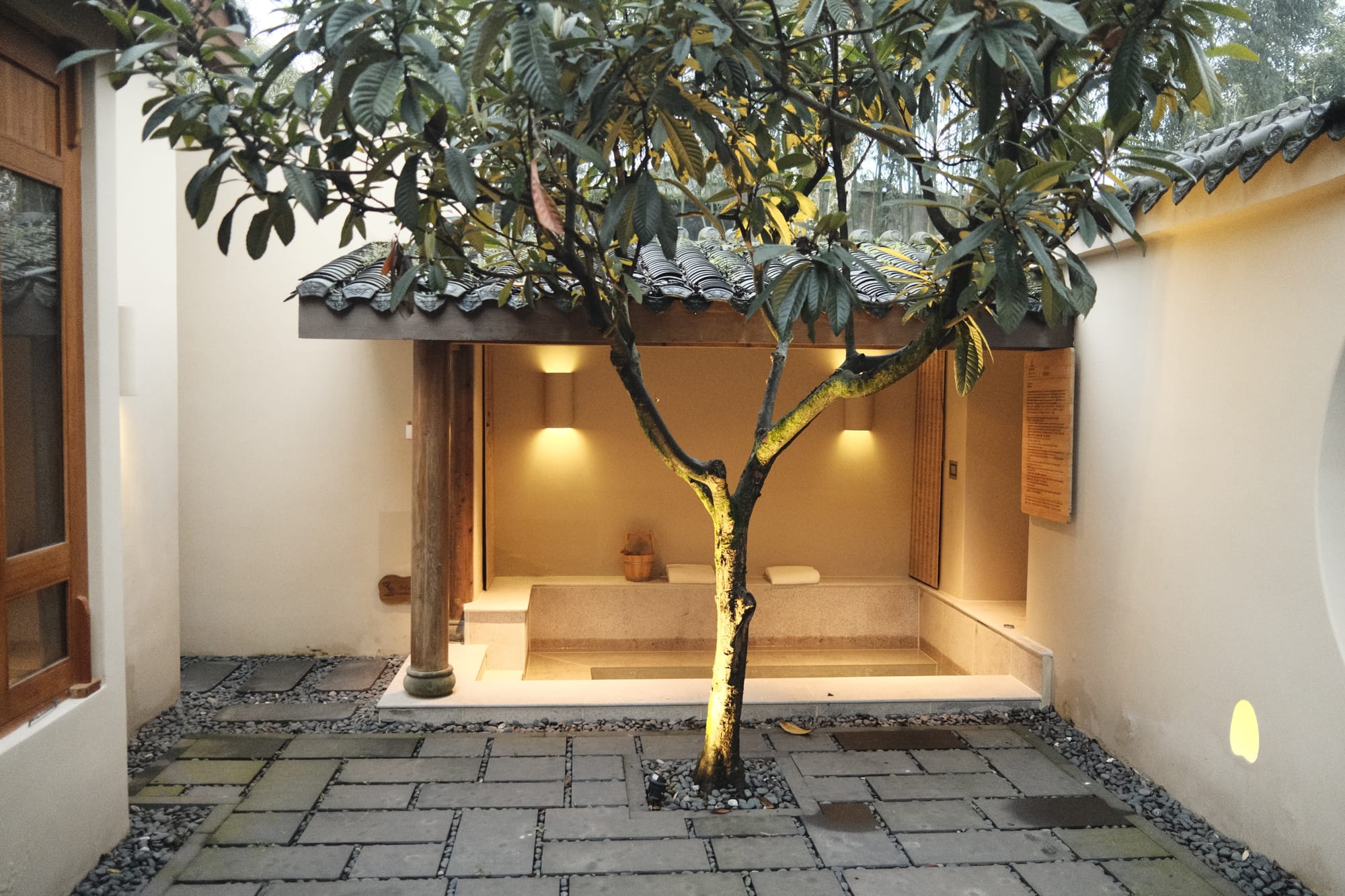
But to us, the allure of Chengdu definitely lies in the close proximity of the city to the amazing mountains and rivers surrounding it. Mount Qingcheng, Dujiangyan Irrigation System, Mount Emei, Leshan Giant Buddha are all UNESCO World Heritage Sites reachable from Chengdu on a day trip.

